|
After several weeks of being on the move, with mostly 24-hour overnight passages, the crew of Wild Horses is ready for a break. The Ragged Islands have proven to be the perfect solution. Here we can stretch our legs on long, sandy white beaches, catch up on a few small boat projects, or just have slow, quiet evenings on board Wild Horses. Also on our near-future itinerary is to get in the water and snorkel in the many beautiful coral reefs that surround the small flat islands of the Raggeds. We are just hoping that the water warms up a tad. It is currently a chilly 24 degrees Celsius and our Eastern Caribbean-acclimatized bones are not yet ready for that kind of cold 😊. Adding to these delights is that we are not entirely alone here. We do like our alone-time, for sure, but there is something comforting about having another boat or two moored near you, or to have a town to stroll around. Here we have both. In amongst the half a dozen boats that are anchored here, are our friends Barry and Andrea on Caretta. Barry is the reason we are even in the Raggeds, having talked up the remoteness and beauty of the area to the point that we couldn’t resist. Unfortunately, though, Barry had an old back injury flare up on the passage here and has been unable to do much moving about. In the week that we have been here, he has gone to shore only a few times. He hasn’t been able to fish, dive, beach walk or visit the nearby town of Duncan. Andrea is a capable sailor in her own right but until Barry feels well enough to weigh anchor and explore more of the Raggeds, and to head to Georgetown, they will be staying put. And, Wild Horses will stay put alongside them, just in case they need any assistance while Barry is still recuperating. Not a bad deal really as we are truly enjoying living on Wild Horses in this semi-remote anchorage in this very remote island chain. When we were preparing for our journey south, back in 2021 and 2022, we focused on trying to make Wild Horses, and its crew, as self-sufficient as possible. We bought a watermaker, upgraded our power grid with new solar panels and lithium batteries, we bought a go-fast dinghy, and we pulled together a few choice pieces of gear (washer/spinner, bread maker, extra diesel and gas jugs) that we thought we might need. Along the way, we have upgraded our gear portfolio to include a Honda 2200 generator and a Starlink unit. It has all worked incredibly well and has made our lives easier along the way but, to be honest, we have never been in the position to be fully reliant on most of it. The one exception is the Honda generator which saved our bacon way back in Carriacou when a blown fuse on one of our lithium batteries resulted in batteries so low that our BMS (Battery Management System) turned them off to protect them. Now that we are in the Raggeds, we are actually dependent on our gear and ourselves so much more than we have ever been. All of our “self-sufficiency” gear is getting at least a little bit of attention. There is nowhere to get water or fuel here. Laundry facilities are non-existent. There is no medical centre nearby (although one is being built!) so injuries must be tended to on the boat, with whatever medication and supplies you have on hand. Same with boat issues. Everything has to already be on board for all critical repairs, large or small. There are a few groceries that can be purchased at Maxine’s grocery but you can’t count on the store being open or that they have what you need. Right now, for example, Maxine is “off island” tending to family matters so the store is rarely open. And when it is open, there is no bread. There is no meat. No potatoes came in on the last mail ship. What is stocked on the shelves will feed you, although at a high cost. My bag of romaine lettuce (there is no local lettuce option) was $11 USD. Yup, pricey. How do we make do in this environment? For the most part, it is status quo for us. Laundry is done easily and quickly on the boat. Water is made every four days or so. Our bread maker is put into duty every three days and, for the rest of it, we pull our grocery items out of our own cupboards. We are fully stocked up on meat, shelf-stable milk, eggs, cheese, canned fruit and vegetables, potatoes, onions, pasta and sauces from our provisioning run in San Juan, Puerto Rico. We are working through our four gas jugs at a non-concerning pace (down 1.5 jugs as of February 26), considering it is used to run our dinghy and our generator, which we use for making water. Oh, and Ocean has plenty of dog food and biscuits. We didn’t forget her needs while provisioning in Puerto Rico! We will likely be a few more weeks in the Bahamas Out Islands (Raggeds, Long Island) and look forward to continuing the test of our self-sufficiency. So far, so good but we are excited to learn what works and what doesn’t in the long run. We will be making notes for necessary tweaks for when we return to the Bahamas Out Islands next winter. And in between note-taking? We are enjoying the beaches and are ready to jump into some snorkeling in the crystal clear blue waters of the Bahamas! Check out where we are today and where we are going next by clicking the buttons below!
Our time in Matthew Town, Great Inaugua was short. Just two days after we arrived, a good window to make the 24-hour sail to the Ragged Islands had opened up. It is the exhausting part of this lifestyle for me. Having not yet fully rested from our last overnight sail (from Luperon), we had to immediately start preparing for the next overnight sail. We kept our eyes on the prize though. The Ragged Islands are renowned for their beaches and active coral as well as their remoteness from the hustle and bustle of cruising life. We were excited to go there. The first thing on the agenda was getting diesel. Having just completed 28 hours of mostly motoring during our wind-less trip from Luperon, we knew our 55-gallon diesel tank would need topping up. We carry six 5-gallon diesel jugs on the deck of Wild Horses and, sure enough, it took four of them to fill up the tank. The Matthew Town marina doesn’t carry diesel but they will order a tanker to come in if you give them a few hours notice. That is, as long as the tanker itself has diesel. This was the issue we ran into last spring when we were in Matthew Town headed south. The tanker was empty and wouldn’t be filled for at least 3 or 4 days. Our only option for diesel then was to buy what ended up being sub-standard diesel from a guy in town. That diesel burned fast and made for a very interesting ending to our journey across the Mona Passage to Puerto Rico. This time, however, the diesel truck was full and ready to deliver clean, good diesel to Wild Horses and our buddy boats Caretta and Rode Trip. With our diesel tank and jugs full, next on our to-do list was to buy some “walking around” data for the Bahamas. We have Starlink on Wild Horses so we have unlimited data while we are on the boat. We have found, though, that we like to use maps on our phones while we are off exploring a town or trail. For this, we need a local SIM card and some data. Usually, this cost anywhere from $5 to $20. This is the Bahamas so our BTC SIM card was on the higher end. All three buddy boats then took a walk through town. There is just one grocery store on the main street of Matthew Town, and although there are many, many little shops along the way, most were boarded up or just closed. It was eerily quiet. Thankfully the grocery store had exactly what we needed – affordable cheese and eggs. We also picked up a dozen of the most tasty Gala apples we have eaten since Canada. Yum! On Friday morning, we weighed anchor and headed towards the Ragged Islands, a cluster of remote islands that are part of the Outer Bahamas. It was a rough and rolly trip, with a bigger swell than foecasted along with strong winds, mostly on our stern, making it difficult to maintain our point of sail. By the time we could see the Ragged Islands, we were exhausted. We put our anchor down in Southside Bay, a wide open and sandy anchorage near the southwest corner of Ragged Island. We quickly dropped our dinghy and took Ocean into shore for some relief and a walk to Duncan Town, a small village about 30 minutes from the anchorage. But this was no ordinary walk! After beaching the dinghy, we walked through brush to get to a dirt road that led us to the airport runway, which we had to cross to get to another dirt road that finally led to the main paved road into town. We have never before had to cross an active runway as part of a trail! Duncan Town was quieter than we expected for a Saturday. There was one restaurant, a defunct police station and several houses, some brand new and others just shacks. And there was Maxine’s Grocery Store. Although tiny, it was stocked with a variety of pantry goods and fresh vegetables. You couldn’t do a full shopping trip here but they certainly had enough goods to fill in a few missing gaps in one’s food stores. The next day, the swell was up a bit in our anchorage. This doesn’t usually bother us much when we are on the boat but getting in and out of the dinghy can be a bit of an adventure with the boat bucking up and down. We decided to check out the adjacent anchorage “Between Raggeds” which looked like a calm alternative to Southside Bay. We jumped in the dinghy and rode to the anchorage, which sits between Little Ragged Island and Ragged Island. All 15 or so boats here looked very comfortable. No swell and just minutes from beautiful white, sandy beaches. Yes! The only caveat was depth. Wild Horses has a 5’9” keel so we are not comfortable if we see a depth of less than 6 feet. Our charts had the anchorage depth at just over 6 feet but the channel into the anchorage was as low at 5 feet. We would have to wait a few hours for high tide where we would gain another 1.5 feet. Mike, along with Steve from Rode Trip, took a depth sounder and, from the dinghy, checked out the channel right as we were approaching high tide. There was enough depth! All three boats made the move in through the channel and into the anchorage. So far, we have mostly rested but we have found the time to do a few beach walks, make water, do some laundry and hang out at the evening beach get together where the dogs can play and the people can chat, all over a few sundowners. Over the next couple of days, we hope to get in some snorkelling to check out the active coral and sea life out here in the Raggeds. These are glorious days! Click the buttons below to know where we are today and where we plan to sail next.
At first glance, Luperon is not that appealing. The harbour water is dirty, garbage sits lumped at the side of the street, skinny dogs bark as you walk alongside the shack-like housing near the docks, venders in cars selling fruits and vegetables yell indiscernible Spanish through loudspeakers, motorcycles zoom in and out of streets and alleyways. Dirty, loud, confusing. There is no mistaking that it is a third world country. On Wild Horses, we say quite often that the best parts of a place are the people. Luperon is not an exception to this rule. In fact, it may be why the rule was created. The community here is lively and fun, and it is a blend of all sorts of people - true locals, “locals by default” (i.e. they sailed or flew in and never left) and transients like us. Everyone has been more than welcoming, sharing the best of their town with us yachties in transit. They know we are catching the first weather window out of Luperon but they still take the time to help us get oriented and to feel comfortable. We arrived last Monday February 5th after a long overnight passage from Samana. Immediately, friends we had met during our first stint in Luperon greeted us. We definitely felt the love! Even the Armada and Customs & Immigration remembered us. Okay, okay, I know. They remembered Ocean. Our “So happy to see you back!” fanfare was absolutely because we were standing alongside our unforgettable pup. We have now been here a week and it has been fun and full! Here are the highlights of our week in Luperon:
When you look at the week we had, you can see why some people never leave Luperon. It is affordable, there is lots to do and the Luperon community is second to none. It is easy to stick around! Yes, the week was great, but we were itching to get to the Bahamas. Our first plan was to leave Sunday, February 11 at 7am. The winds were perfect to make the 167 nautical mile trip to Great Inagua in the outer Bahamas. We went to the Armada on Saturday afternoon to get our Despachos so we wouldn’t have to wait for officers to arrive on Sunday morning. Only, the Armada would not issue “Despachos” on the Saturday. Or the Sunday. Or the Monday. Yikes! We felt a little stuck. We finally got our Despachos on Tuesday morning and left Luperon at 10am. We are now just an hour from arriving at Matthew Town, Great Inagua. We will be spending a full three months in the Bahamas and are excited to finally be here. Check out where we are today and where we are going next by clicking the buttons below.
This is the first blog post that I have written while we are underway to a new port. Normally, the seas have lots of swell (creating an uncomfortable washing machine-like experience), or I am busy assisting with the sails or it is nighttime. With those conditions, writing is just not tenable so I always wait until we are settled in our new anchorage. Today, however, the sea conditions are almost flat and the wind is non-existent. The sails are all tucked away while we motor from the port of Samana to the port of Luperon, both in the Dominican Republic. Even though we are moving within the same country, “clearing in” and “clearing out” is required. This is one of the unique aspects of the Dominican Republic that makes it both very interesting and extremely annoying. Every country requires that you “clear in” when you arrive in its territorial waters and “clear out” when you leave. It is sometimes an easy process (like in the French Caribbean countries) and sometimes long and tedious (like it is in Antigua). Sometimes you require on-line pre-clearance, sometimes you only clear in on-line but, most times, we have to get into our dinghy with our big bundle of boat and pet documents and present ourselves in person in front of Customs & Immigration. How do we know which process to use for each country? We usually google it. Noonsite, which houses a lot of cruiser information, is a good source as is the country’s government site. The vessel documents are nothing special. All countries, as a minimum, need to see the passport for all crew and passengers as well as our boat registration. The documents and the process for our pet dog Ocean are another beast. Check here for those requirements. And then there is the Dominican Republic. There is one extra step in this country, and it’s a big one. It is the Armada (aka The Navy). When we arrive in the Dominican Republic, it is the Armada we see first. They board the vessel and provide the okay to proceed with Customs, Immigration and Agriculture. And when you want to leave the country? You must get a Despacho (clearance paper) from the Armada. Actually, Despachos are required for all movements of your vessel, even if you are just going to another port. These Despachos and the rules around them are serious business. The Armada must be notified 24 hours before your departure. Once you receive your Despacho, you are required to leave the port within a few hours (every other country gives you 24 hours to leave). Despachos must be presented to any agent of the Armada who requests it. Oh, and being given a Despacho is not a right. The Armada decides if they will allow you to leave. You decide Tuesday looks like a good day to go sailing and you want to leave at 5am? The Armada can and do say “no”. Certainly, all departures from a port and all arrivals into a port must be done between 6am and 6pm, as per Dominican Law. But even if you change your departure time to 7am, they can still say “no”. It all sounds very authoritarian but, actually, it is a safety measure to protect vessels and their crew. They want vessels to arrive and depart from ports only in the daylight, where all obstacles can be easily seen by the Captain. They also want you only to travel when the weather is good. Yes, the vessel Captain should be able to make this call, and not the Armada, but I guess when your Coast Guard keeps having to save vessels in distress off your rough northern and eastern coasts, you pretty much want to stop mariners who think they can better the weather and the sea. The issuance of the Despacho also gives the Armada a chance to prevent piracy. They want to know where you are going so that they can counsel you about dangerous anchorages or known piracy issues. At 9am this morning, Wild Horses was granted its Despacho from the Armada to move from Samana to Luperon, as did our boat buddies on Rode Trip, Caretta and That’s It. The process took a good hour but with Despachos in hand, we headed out of the Puerto Bahia marina harbour at 10am. This was our second marina this week, as we had first cleared into the Dominican Republic at the Cap Cana marina further south on the Dominican Republic’s eastern coastline. There are very few anchorages on the east coast and all have reputations for minor theft. It was an easy decision to stay at marinas. While staying at the Puerto Bahia marina, we rented a car for a day with our boat buddies on Rode Trip and Caretta and took a drive into the towns of Samana and Las Terrenas. The towns were beautiful but the traffic was a bit crazy. We thanked our lucky stars that our boat buddy Steve from Rode Trip offered to be the driver for the day. Even with motorcycles and scooters and cars (and horses!) darting about from all directions, he managed to get us safely to and from the marina. Thank you Steve! Our trip to Luperon will take us around the eastern tip of the Dominican Republic and then west along its northern coast. When all is said and done, the passage should be about 24 hours. It is a long trip but the weather so far has been lovely, despite not having enough wind to sail. Even better, we have already had a pod of dolphins playing off our bow and a few humpback whales swam in front of our boat buddy Caretta for about 15 minutes. Saying it was mesmerizing would be an understatement. On Monday morning, February 5, we will arrive in Luperon harbour after several weeks of almost constant travel, mostly overnight. We are tired, for sure, and Luperon will be a great place to rest for a bit before we start our passage north to the Bahamas. Want to know where we are now or where we are going next? Click the buttons below!
|
AuthorVictoria is a hiker, dog-lover, blog writer and planner extraordinaire. Oh, yeah and she is kind of fond of living on a boat. Categories
All
Archives
June 2024
|
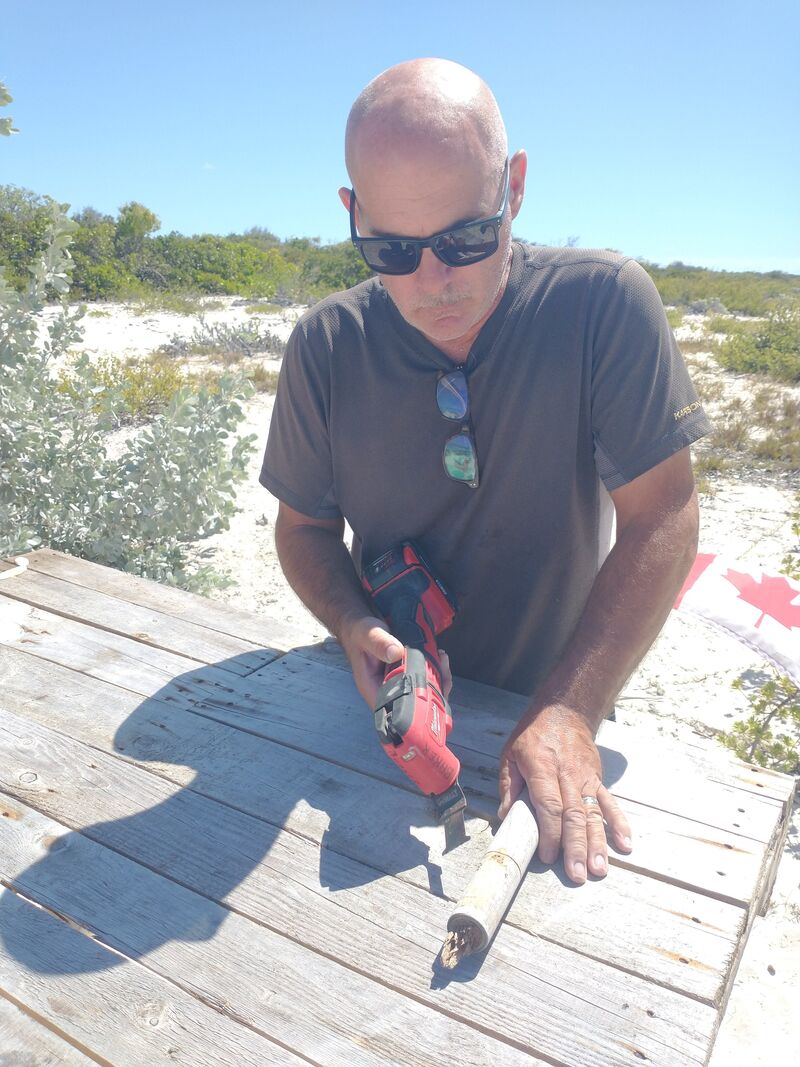
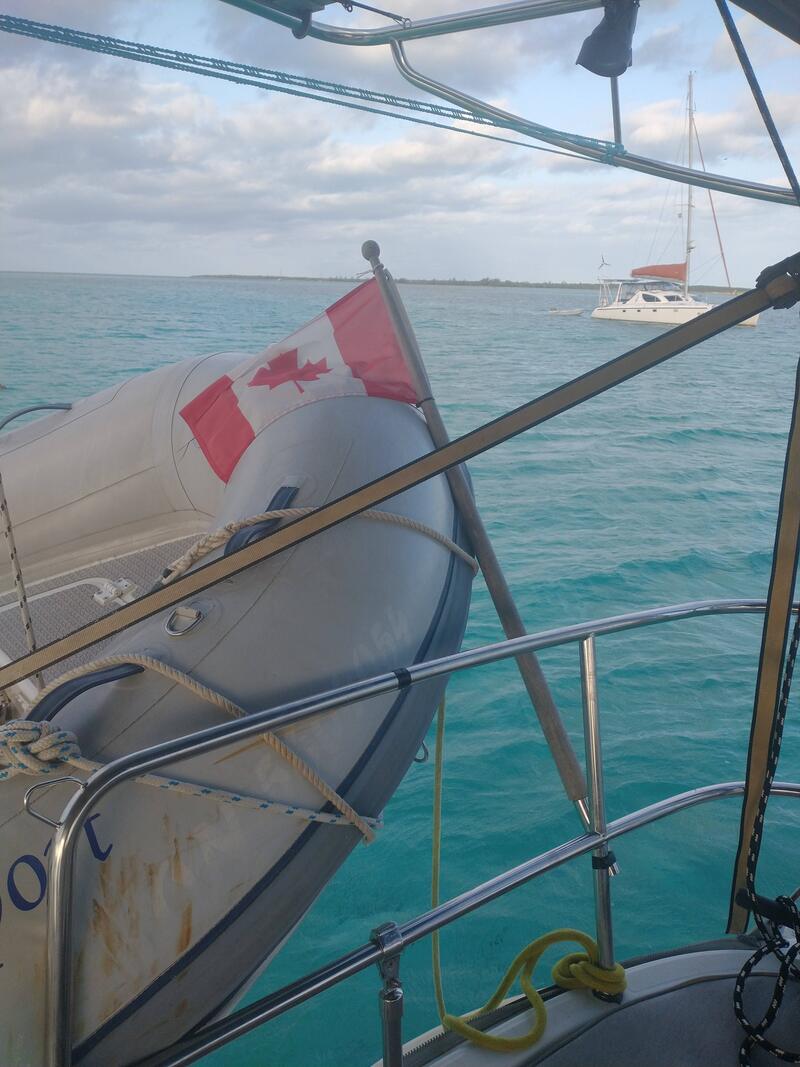
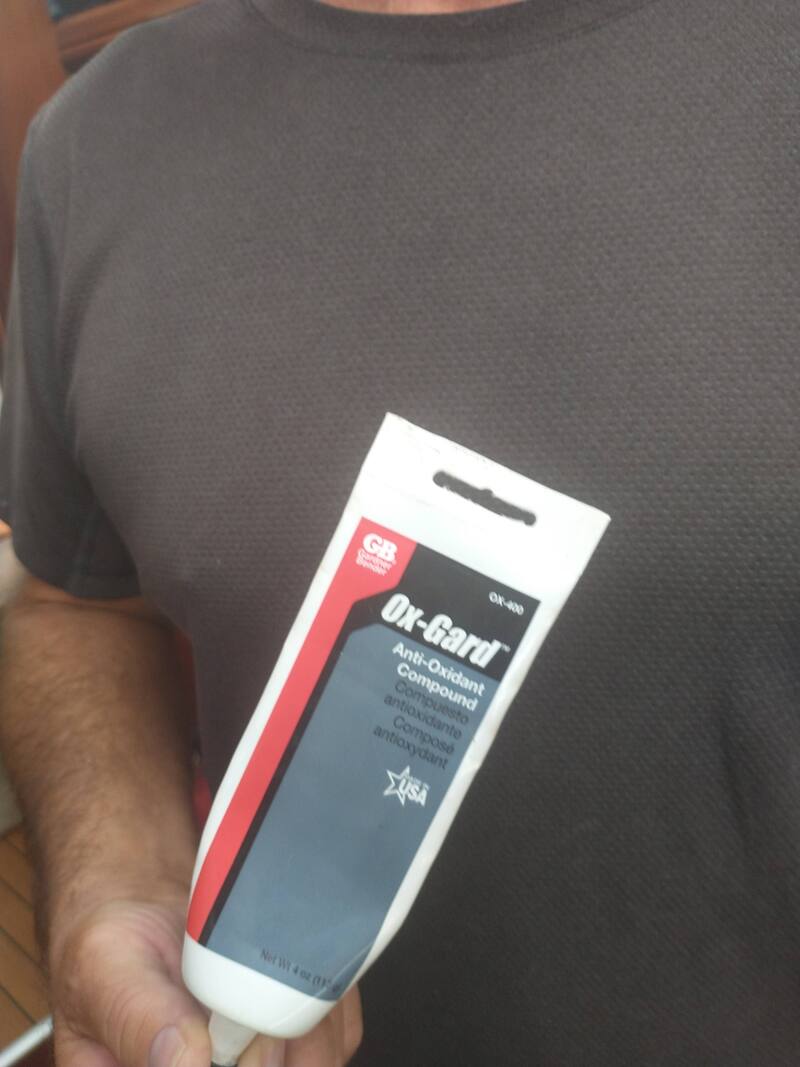
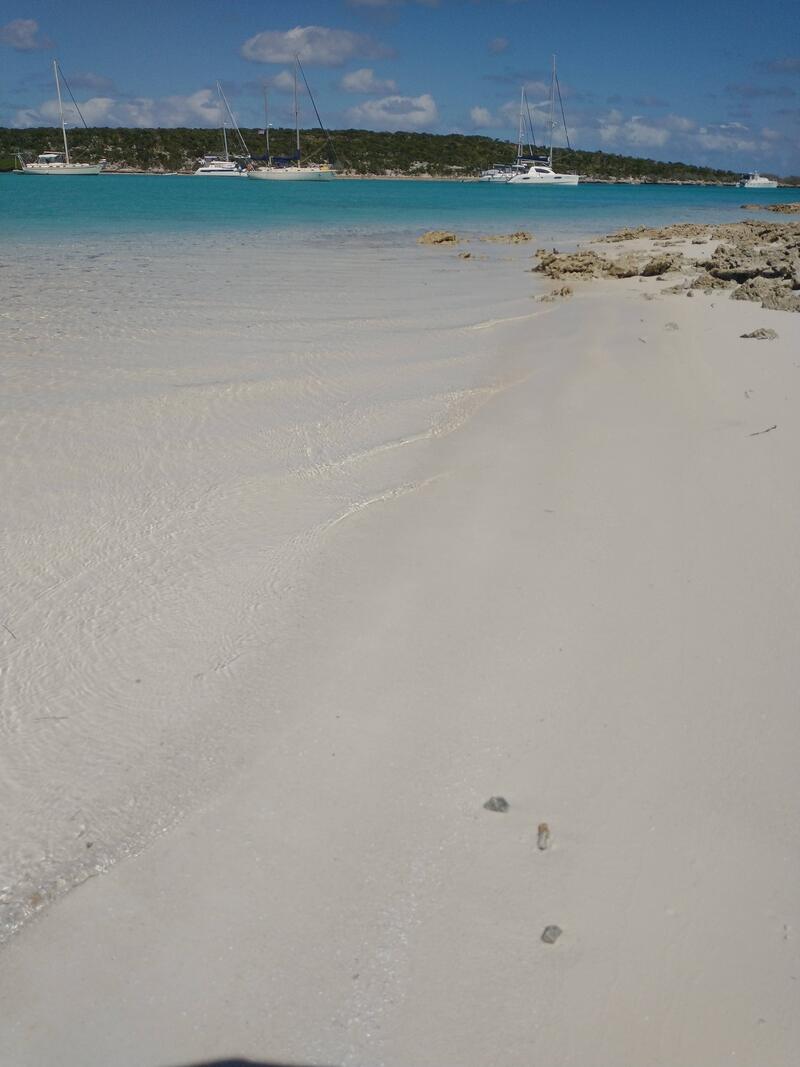
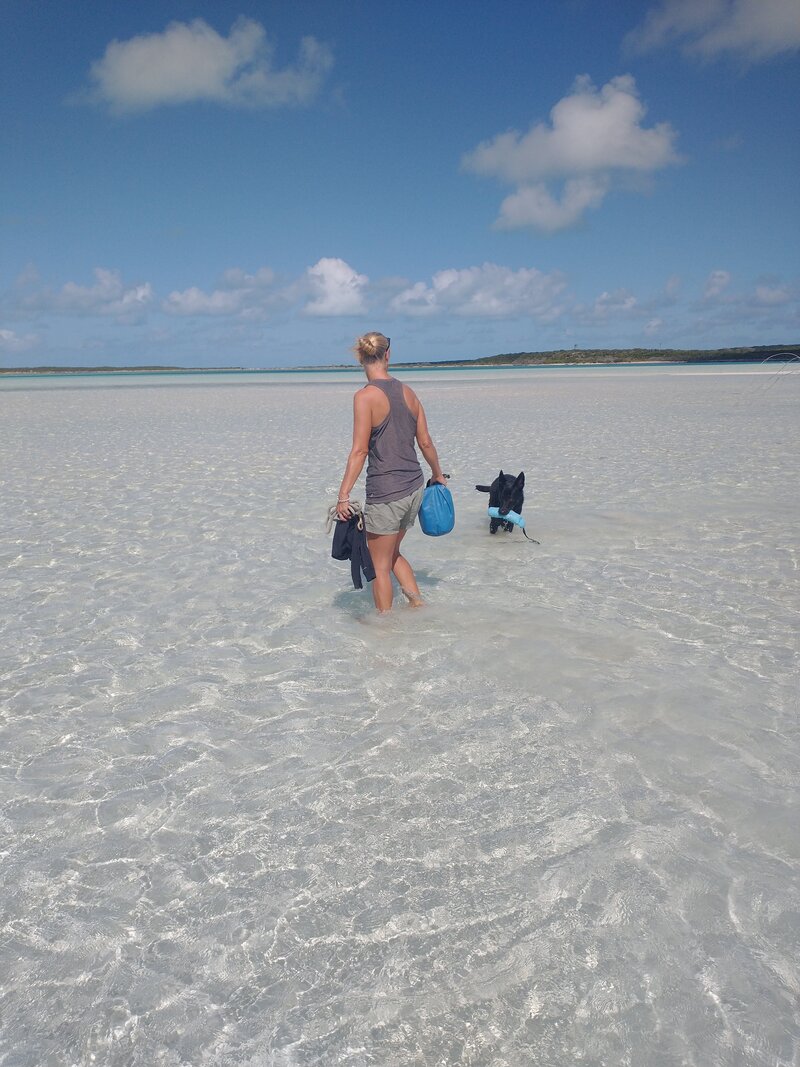
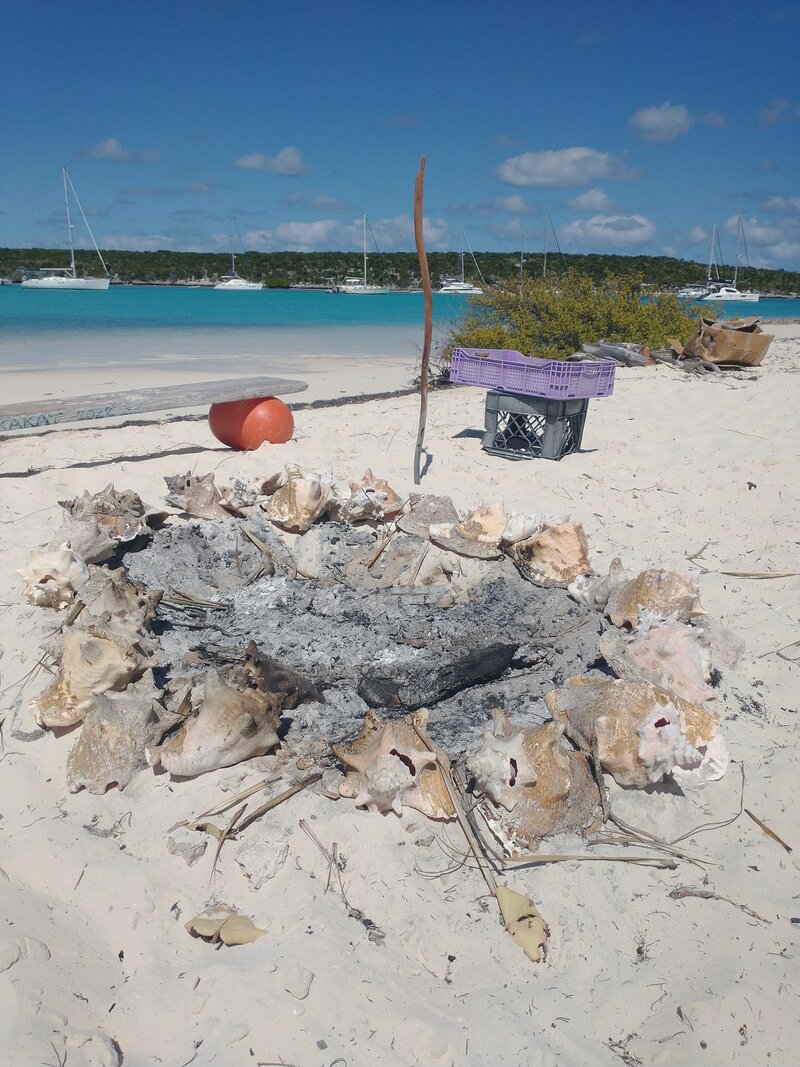
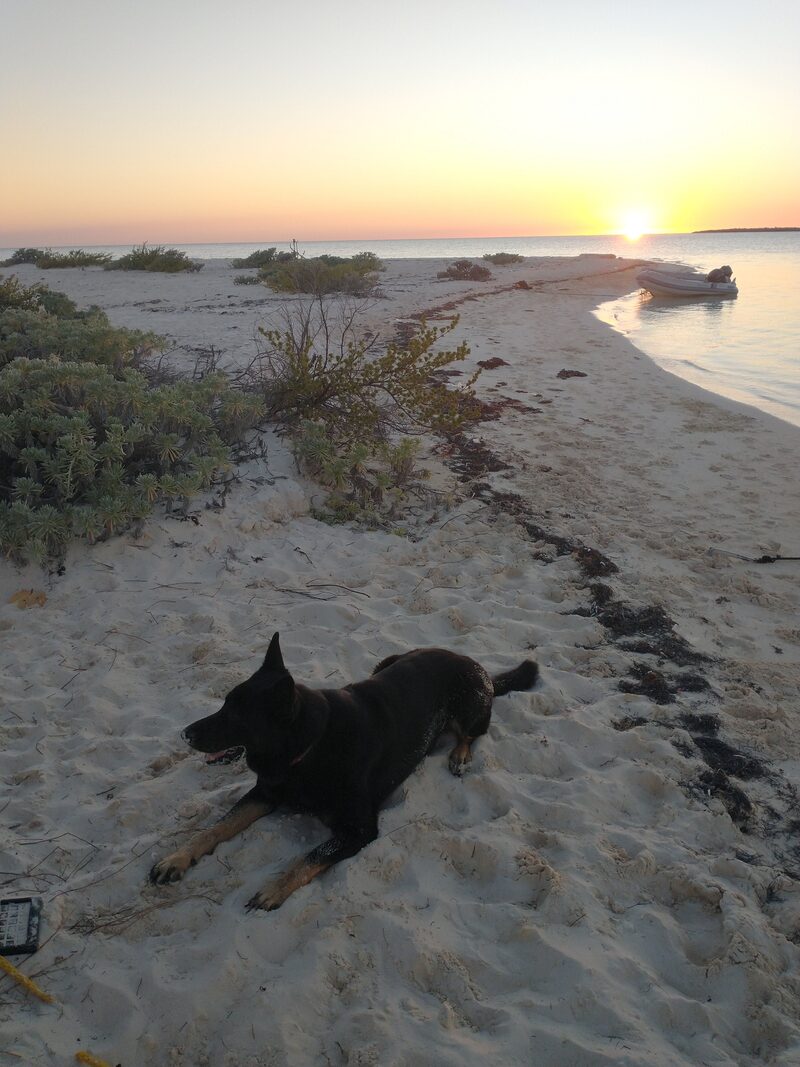
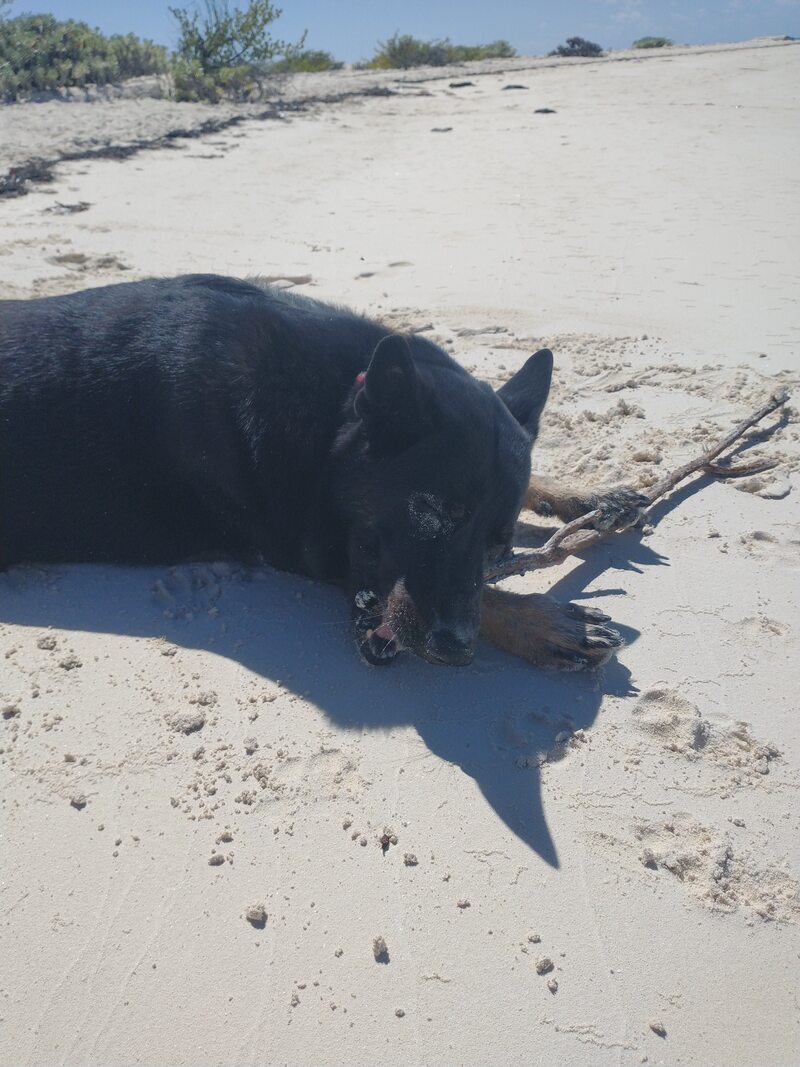
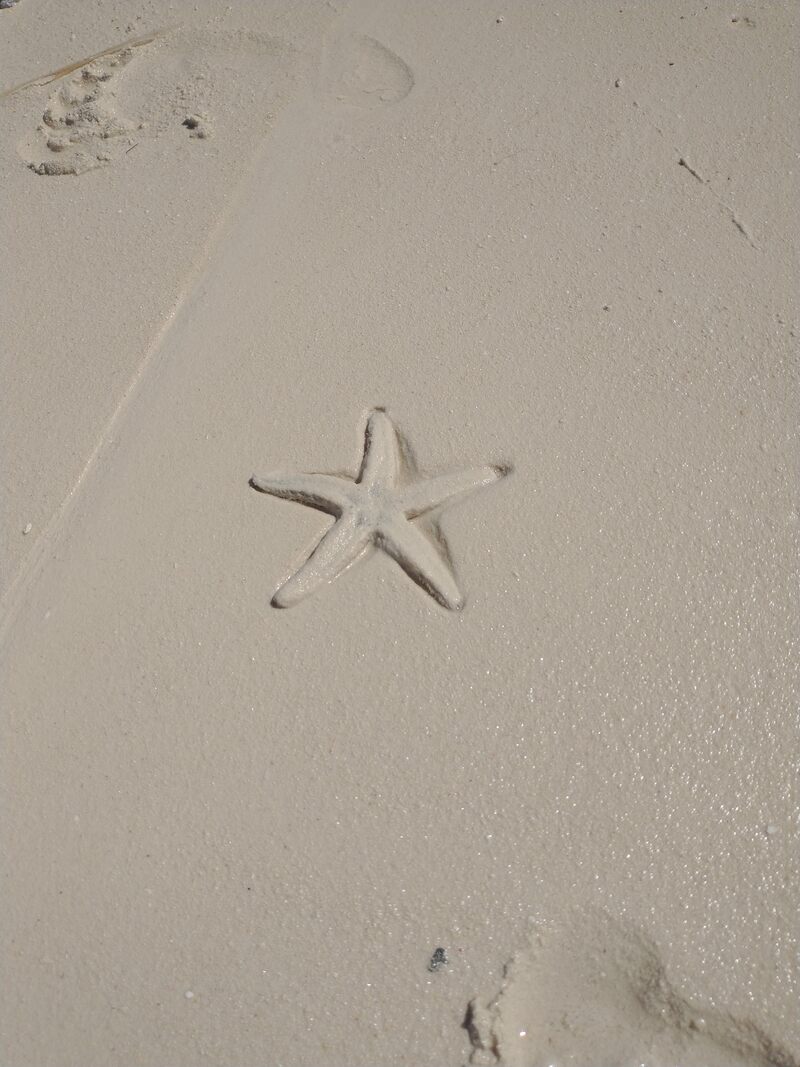
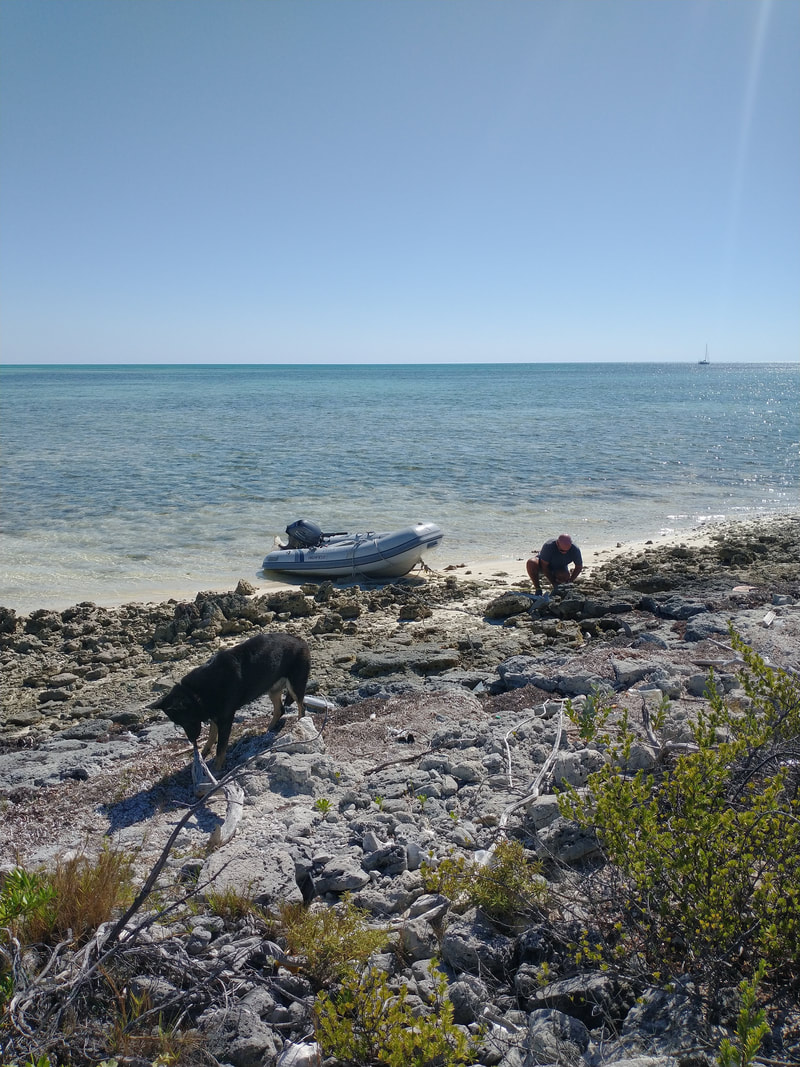
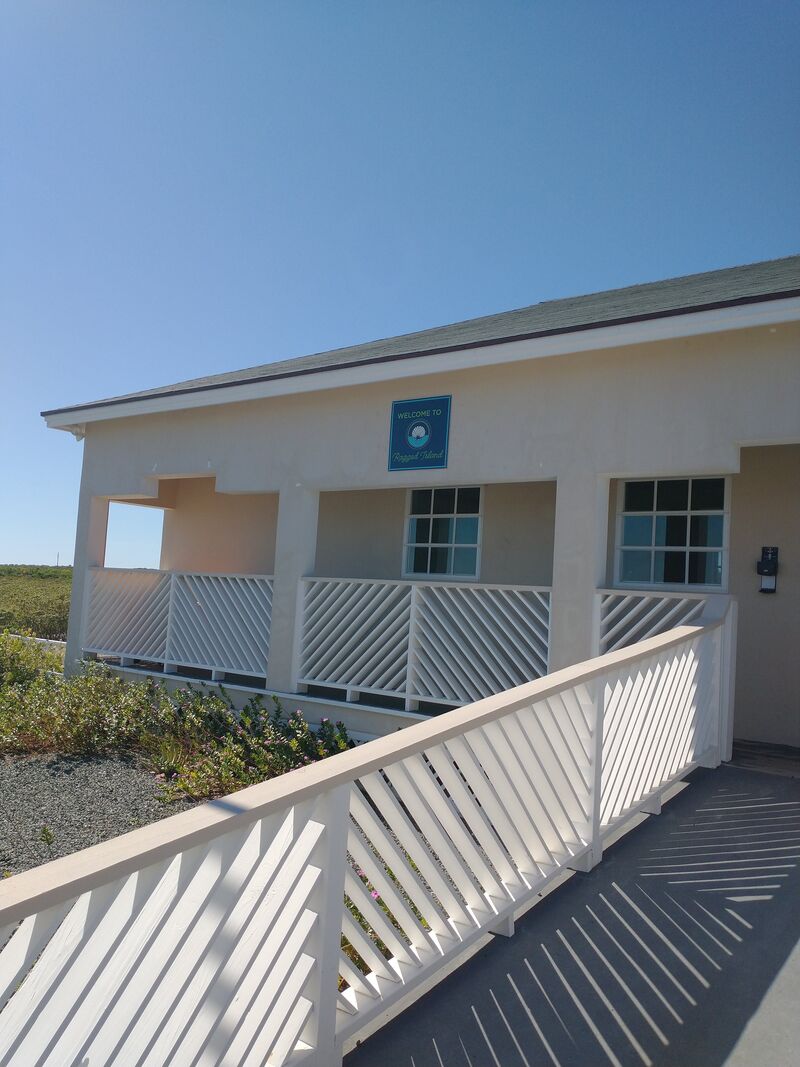
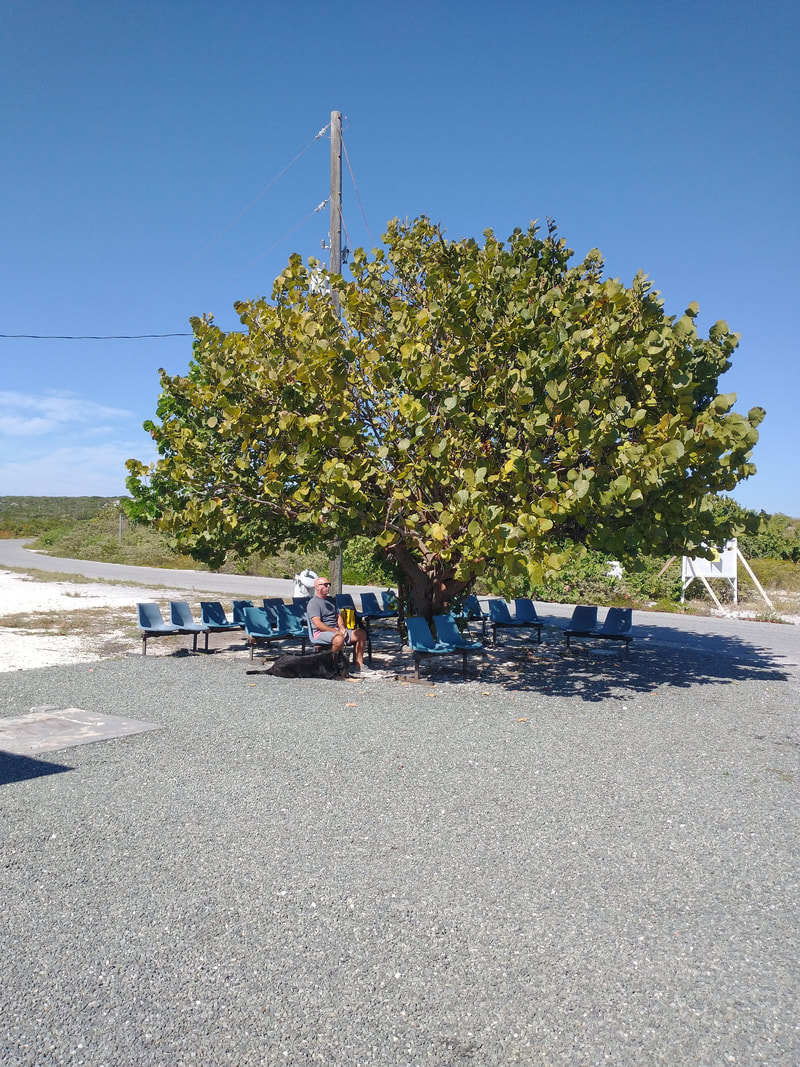
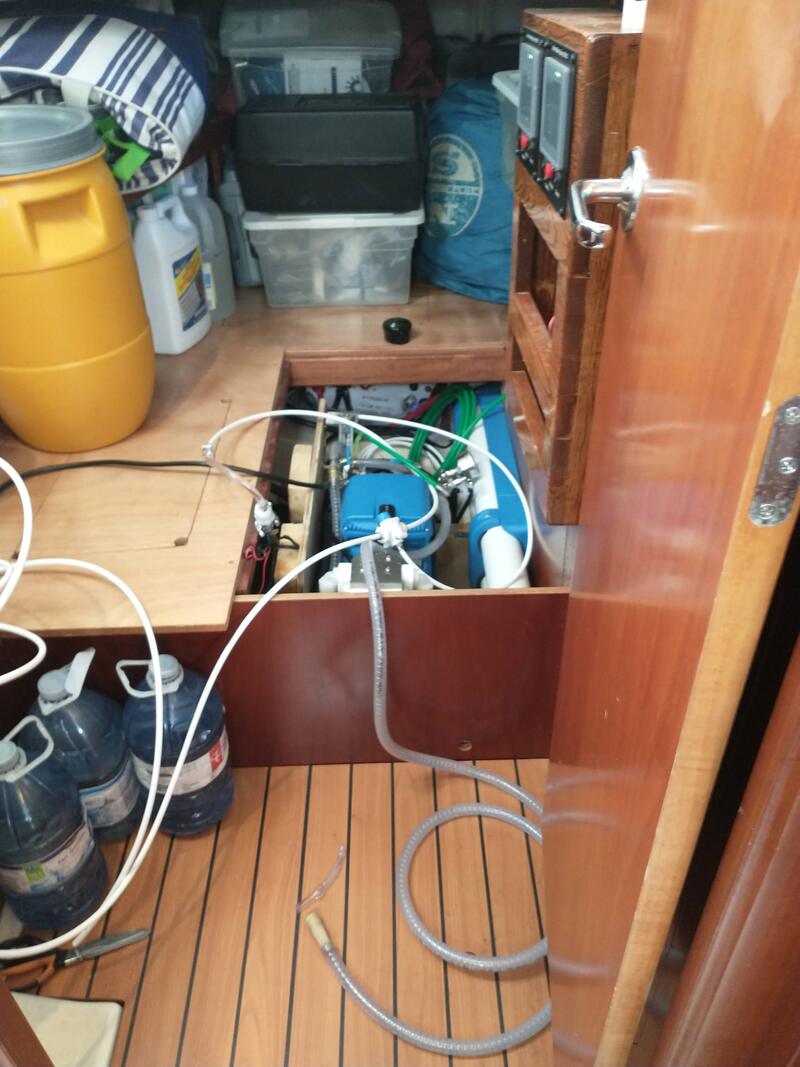
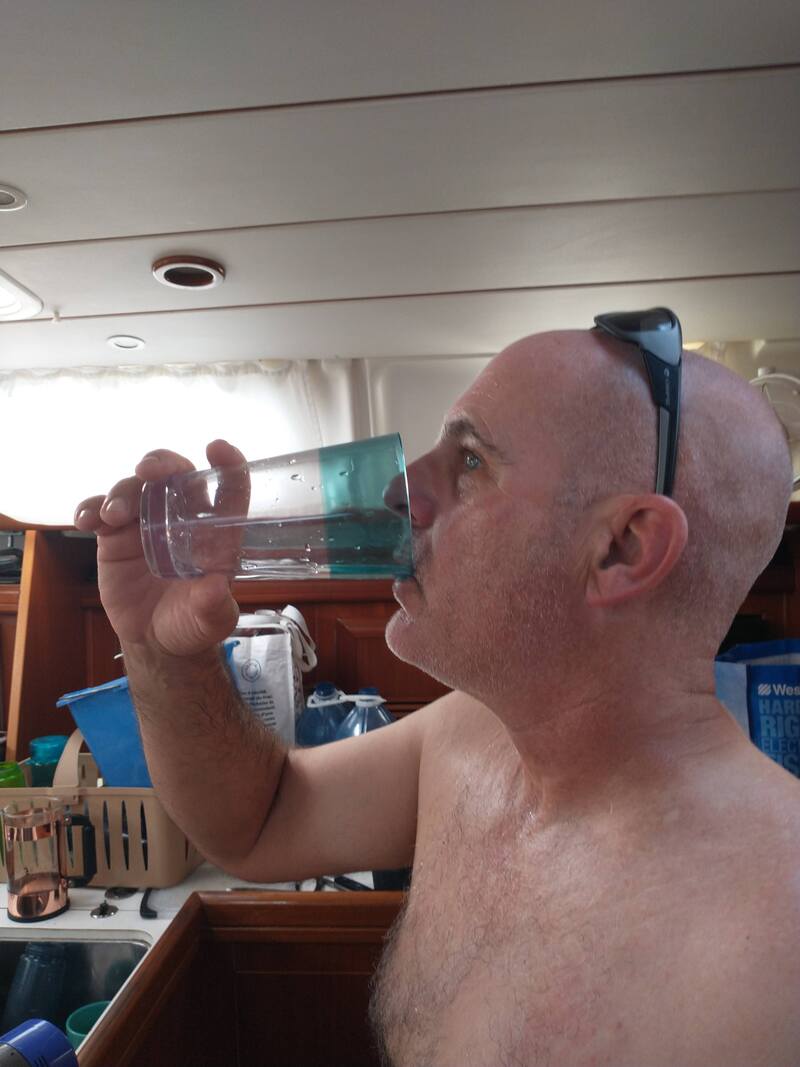
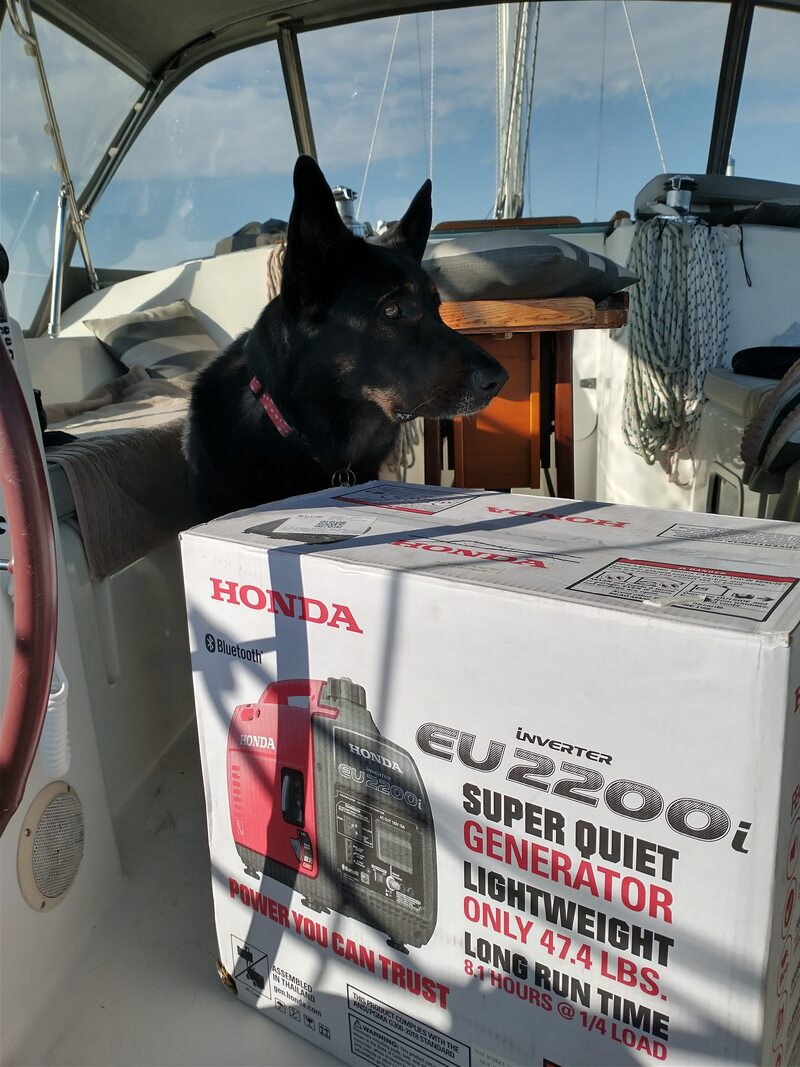
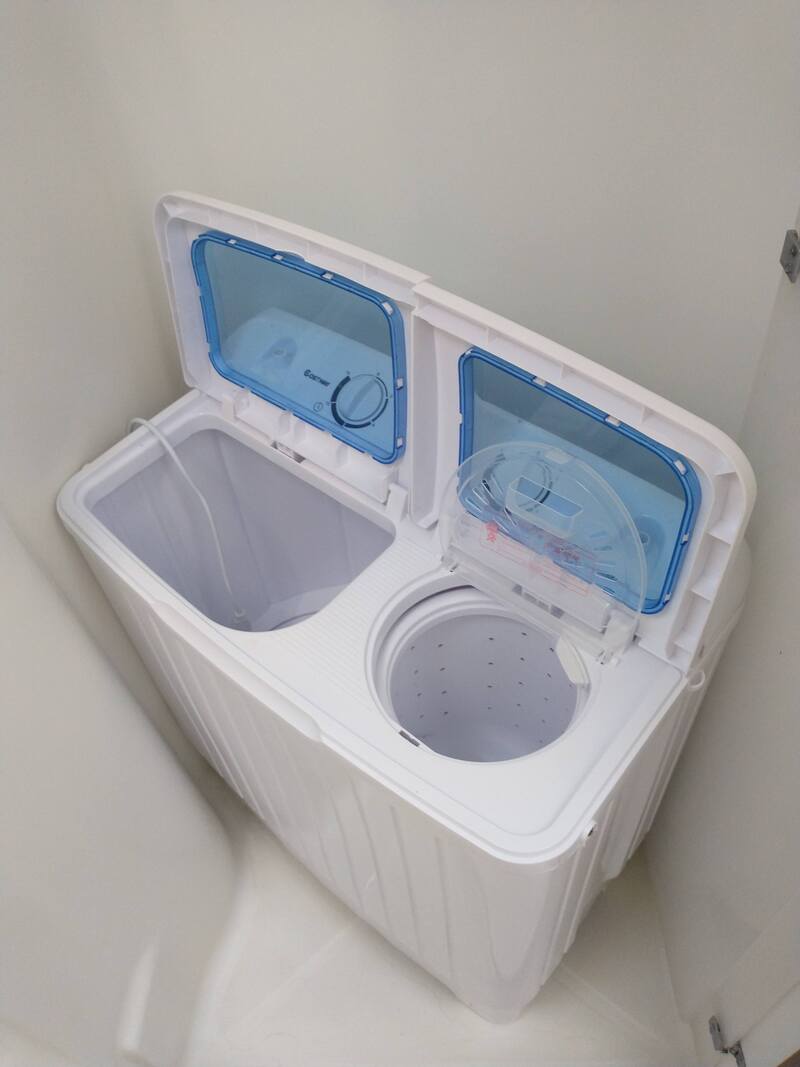
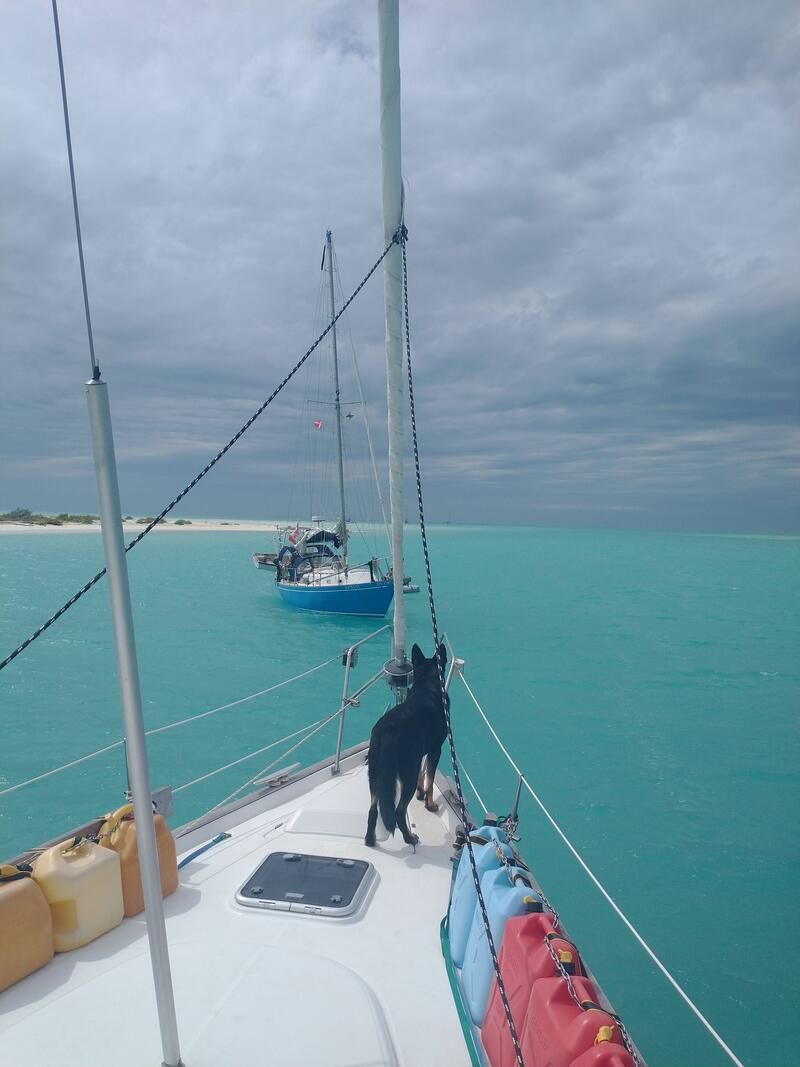
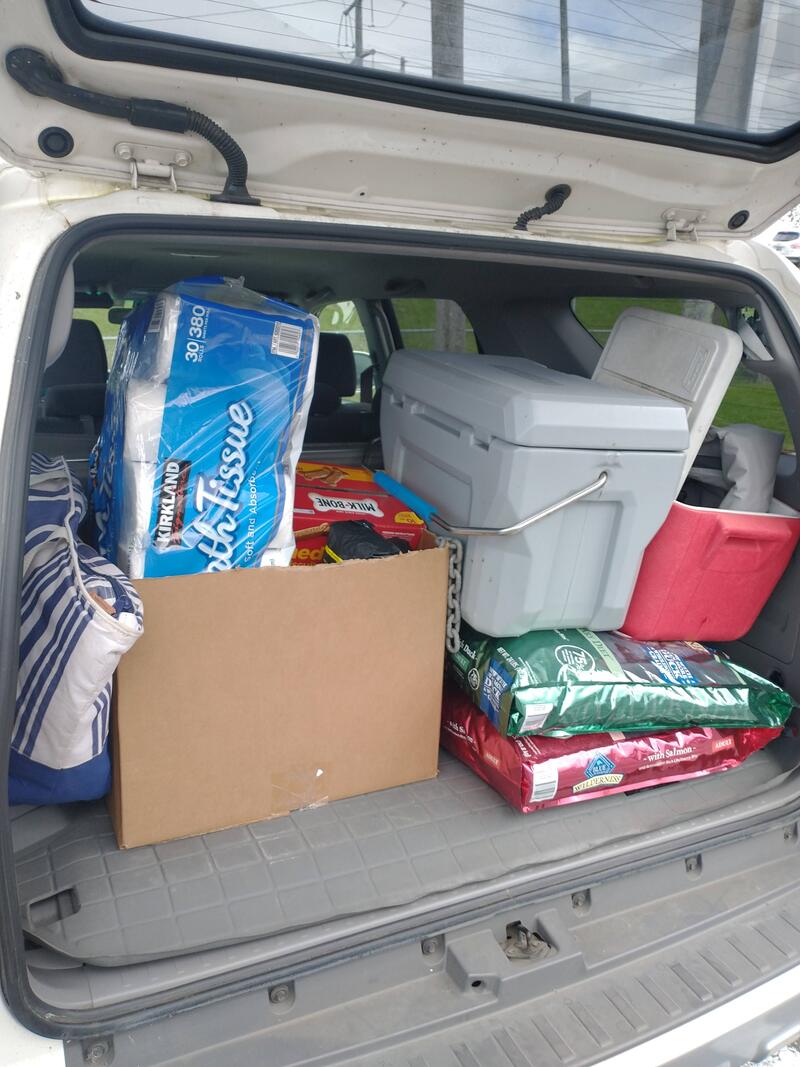
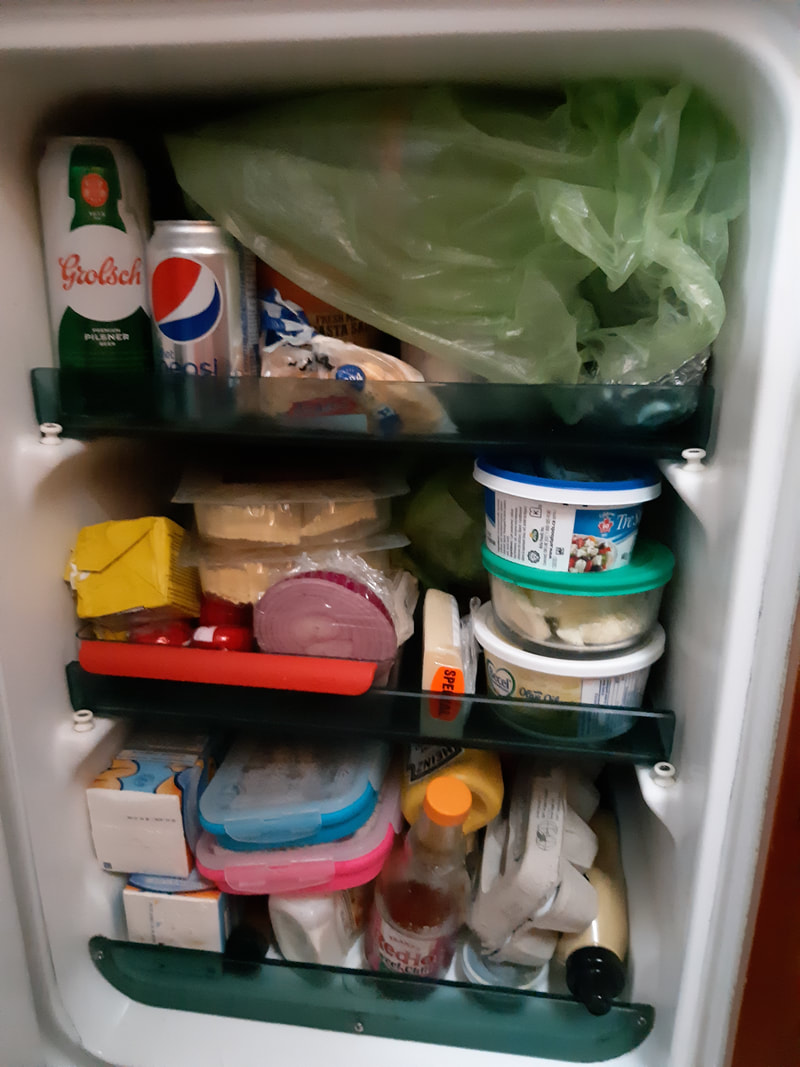
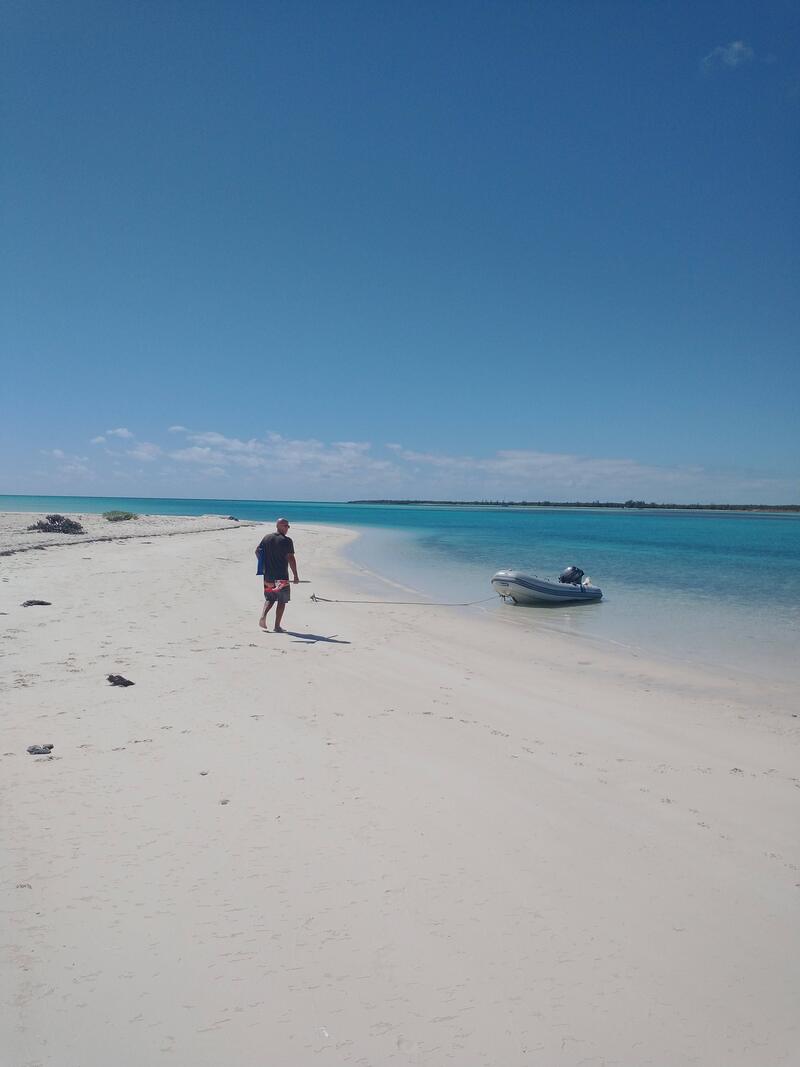
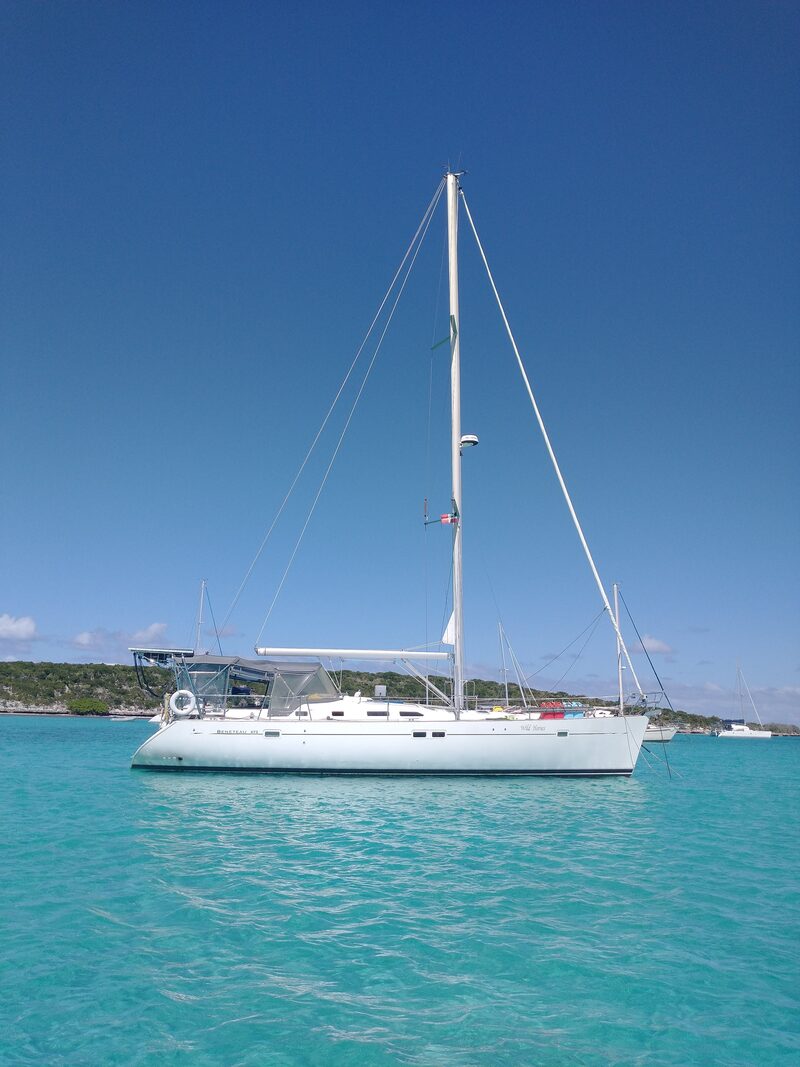
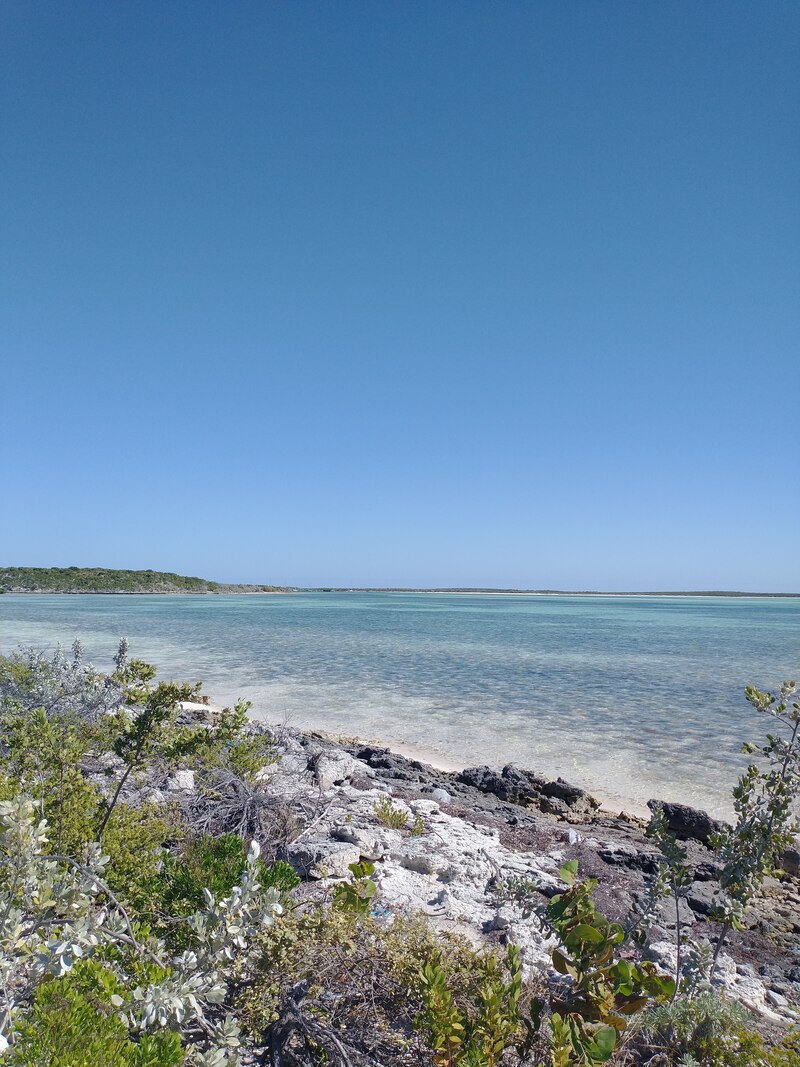
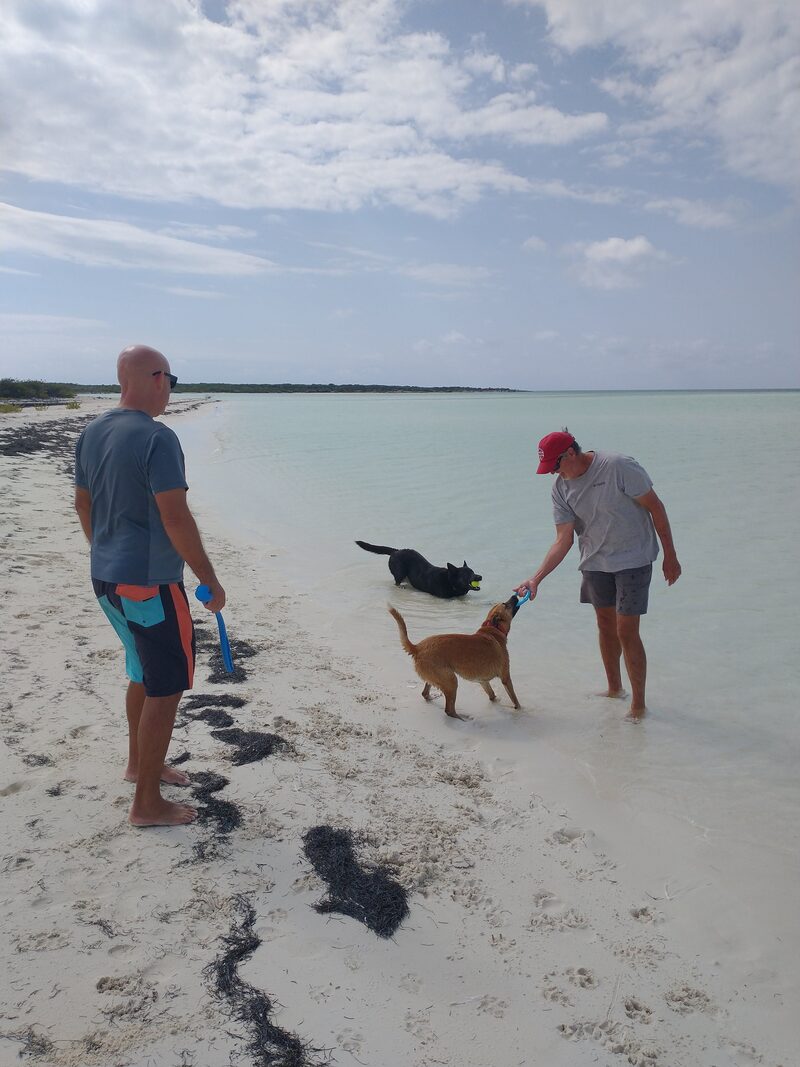
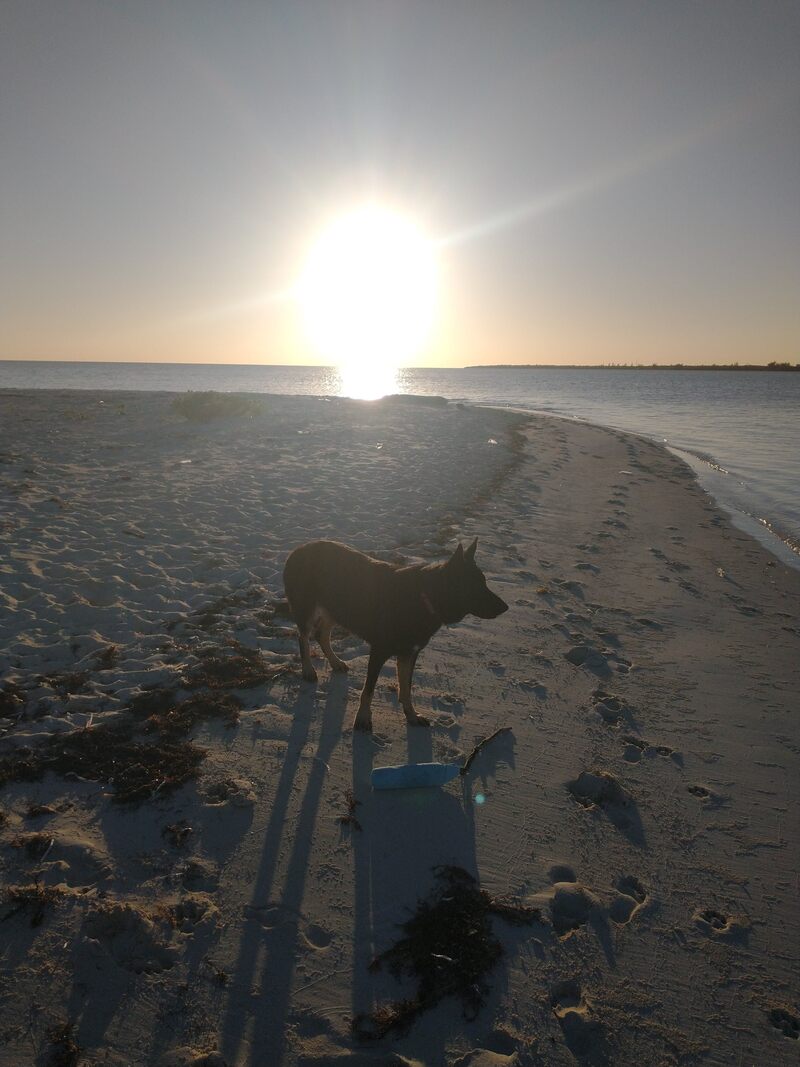
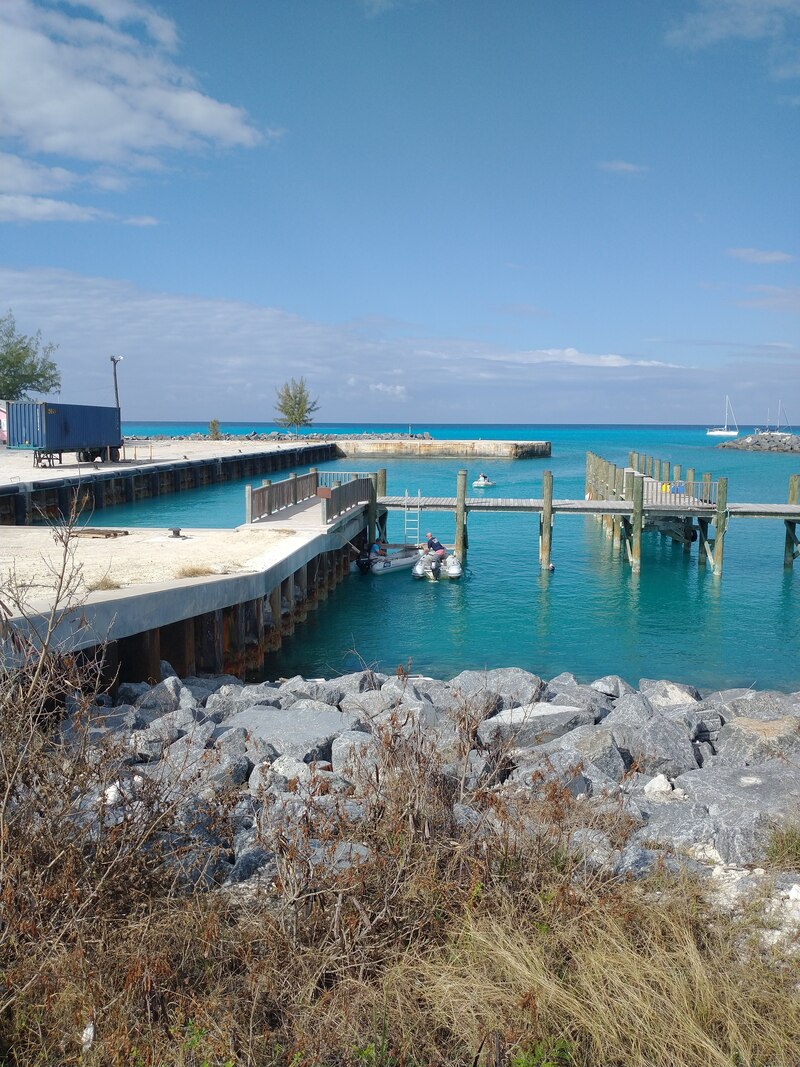
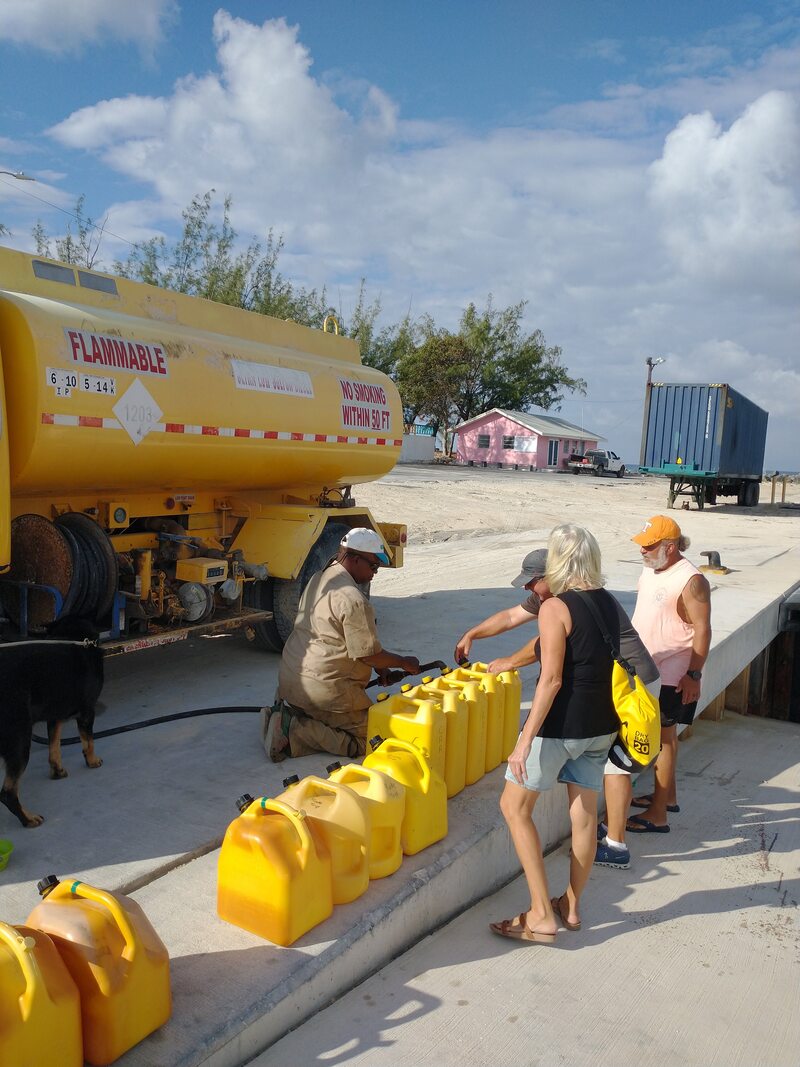
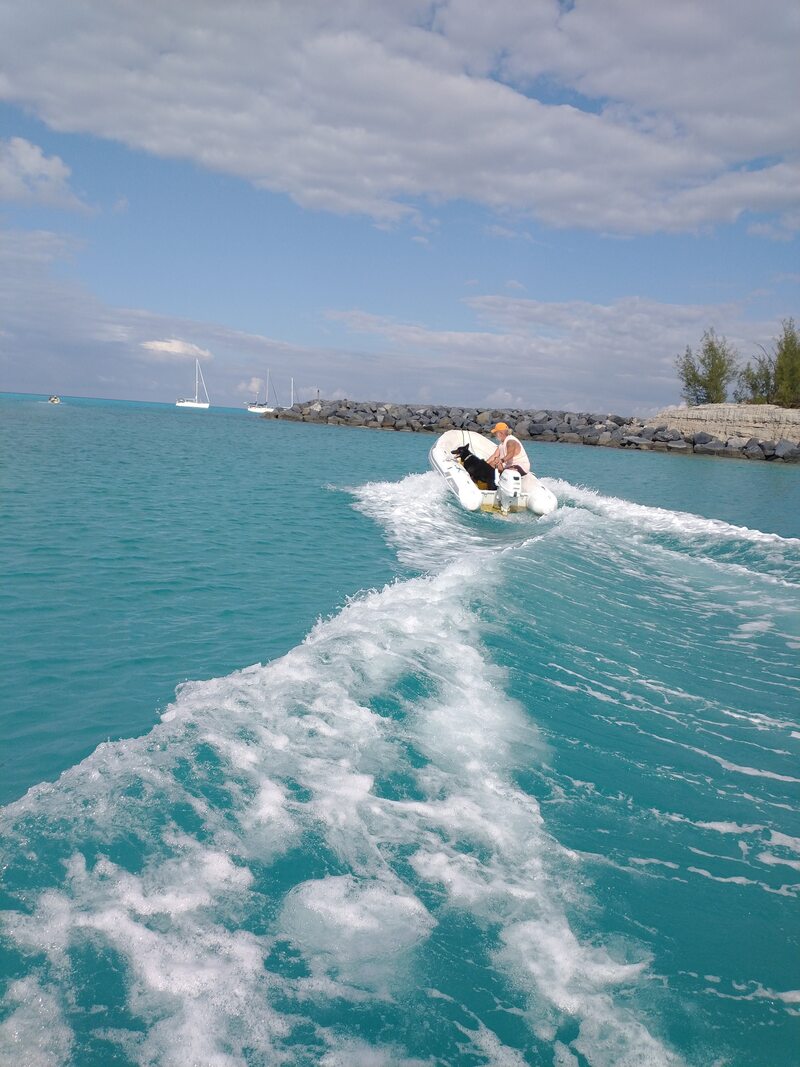
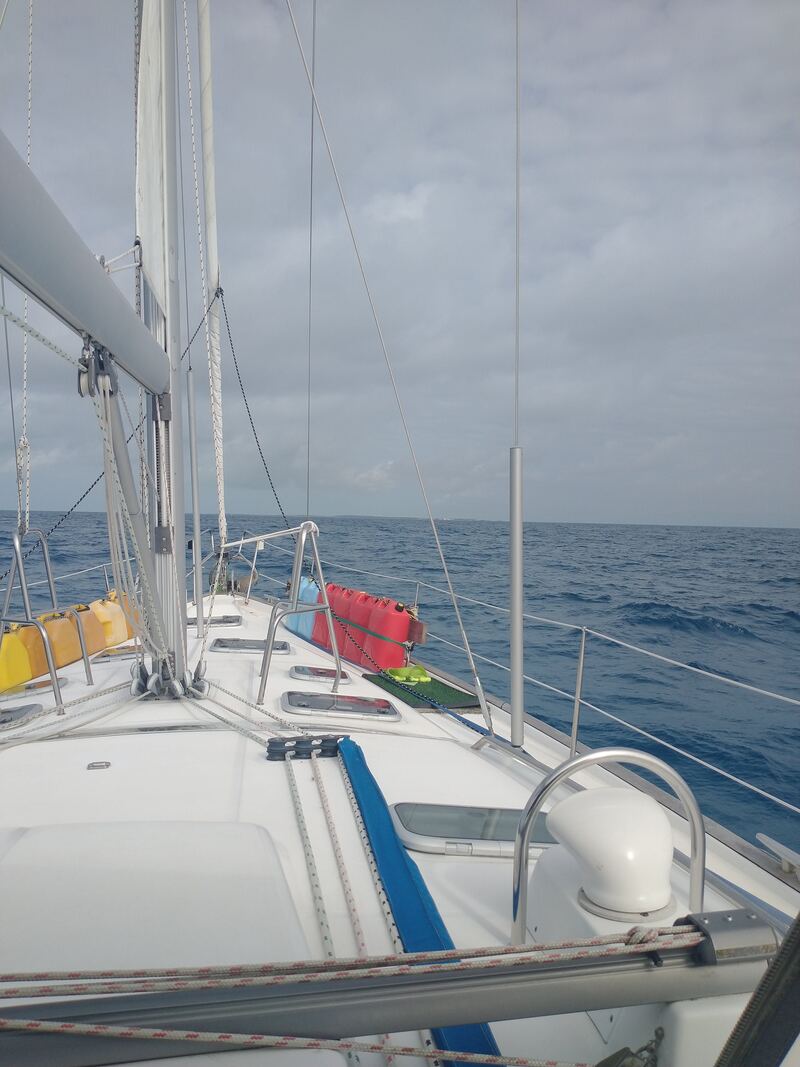
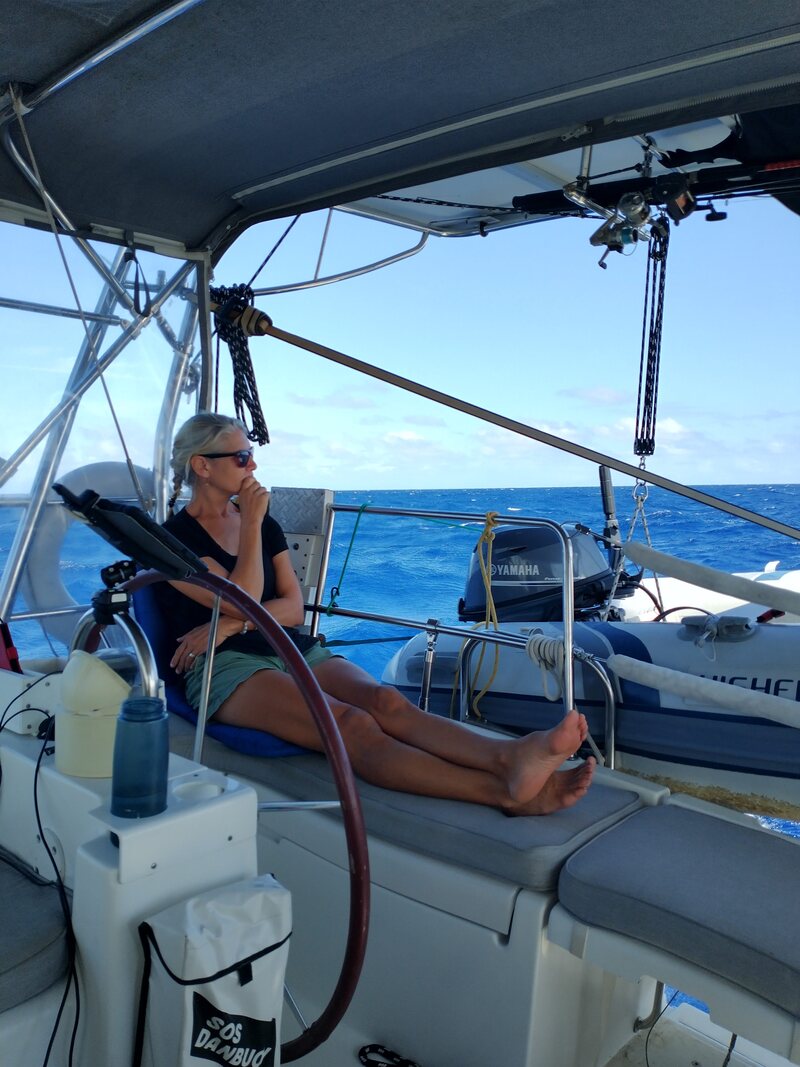
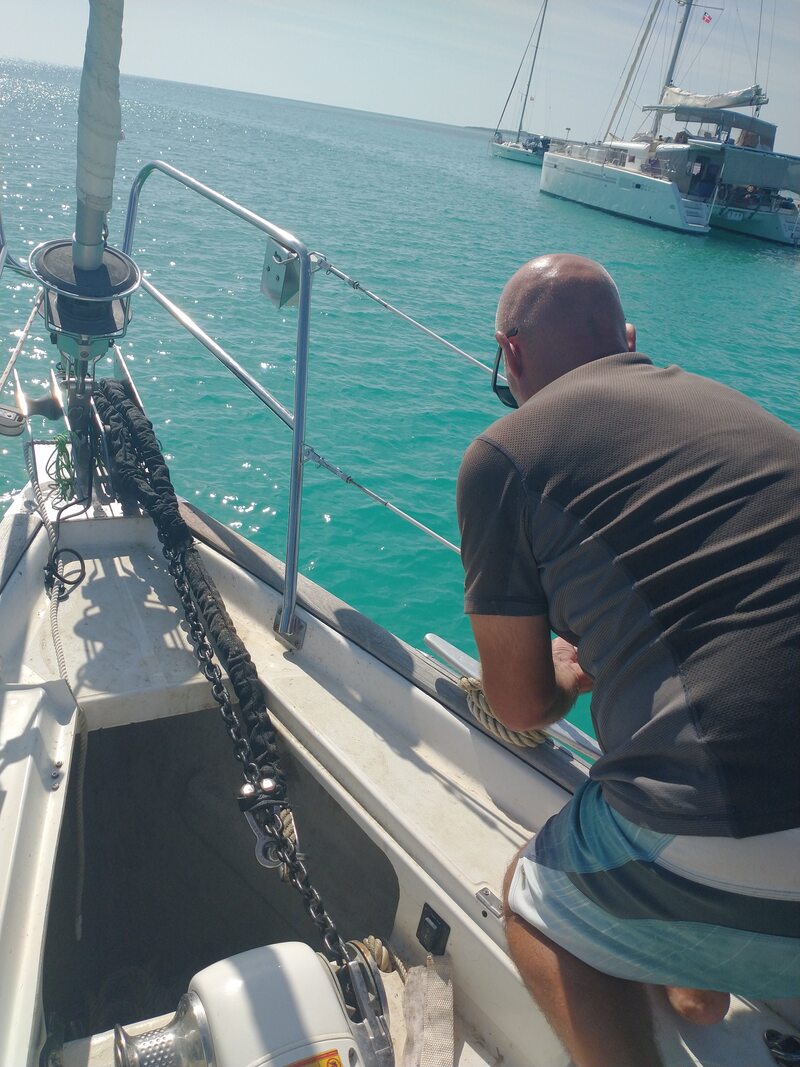
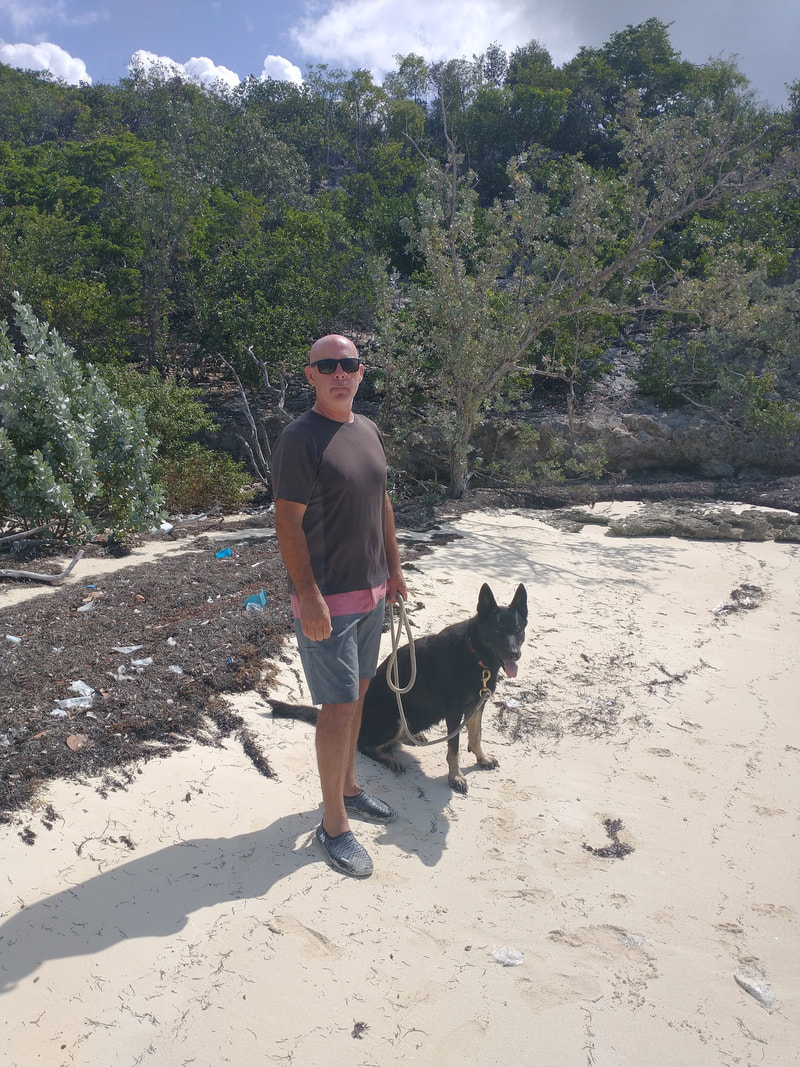
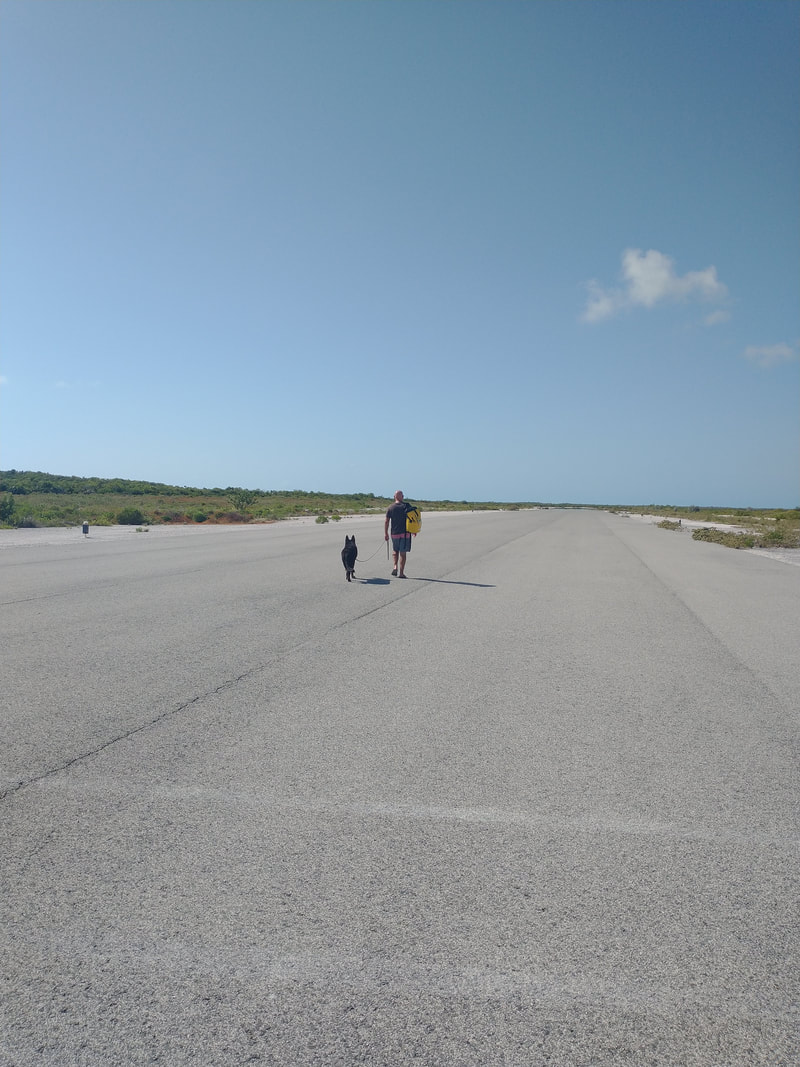
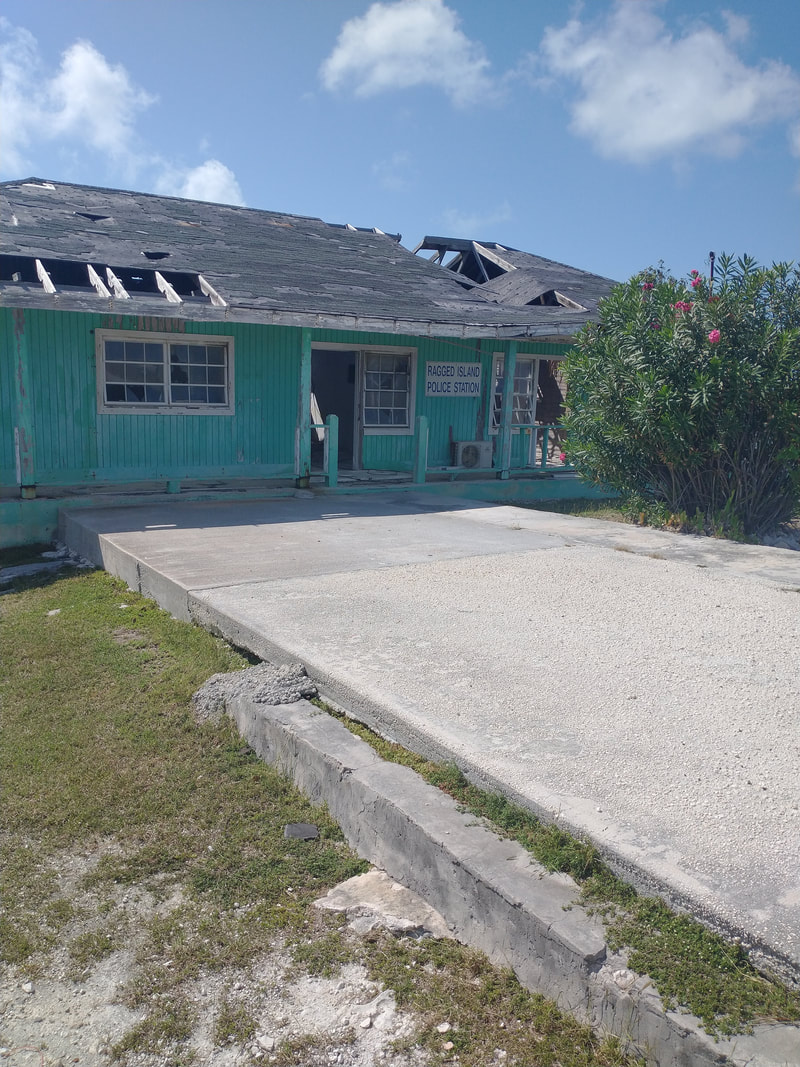
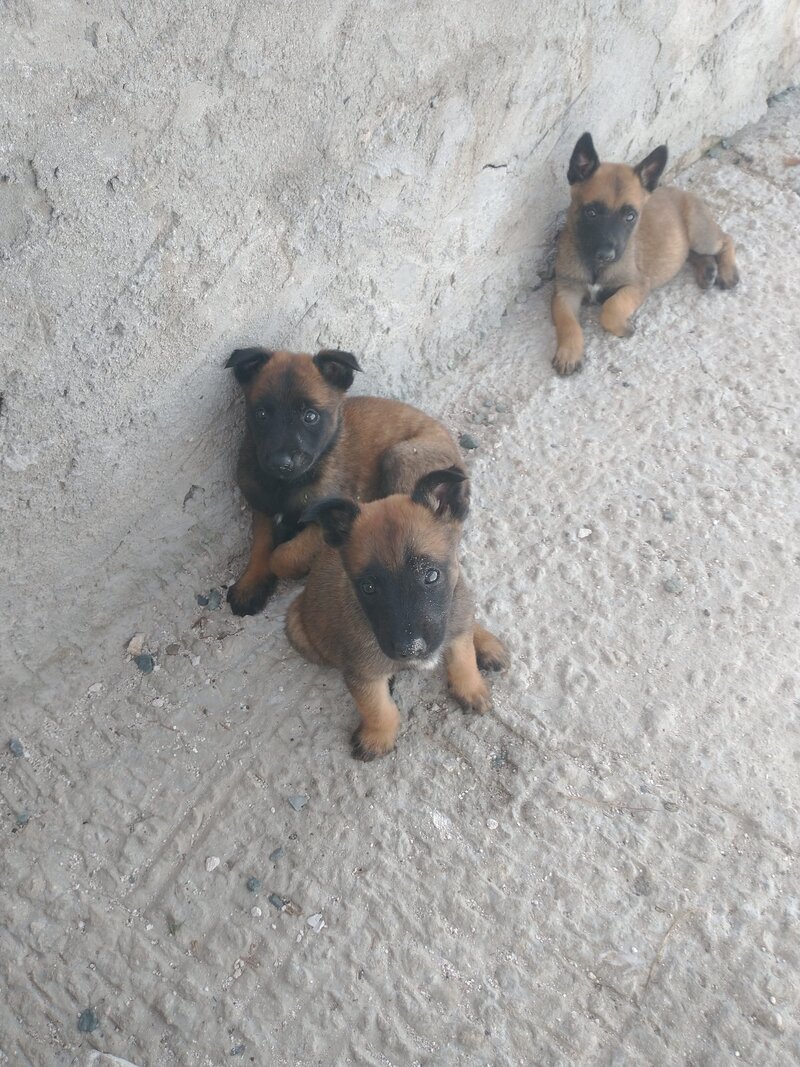
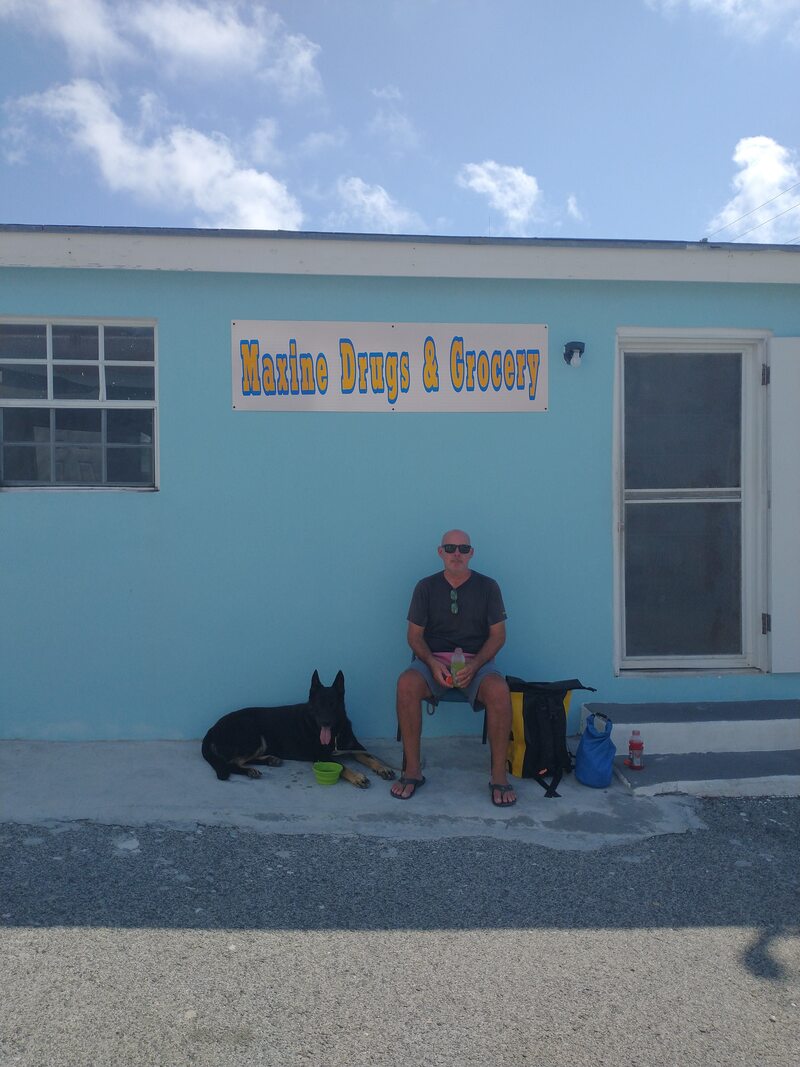
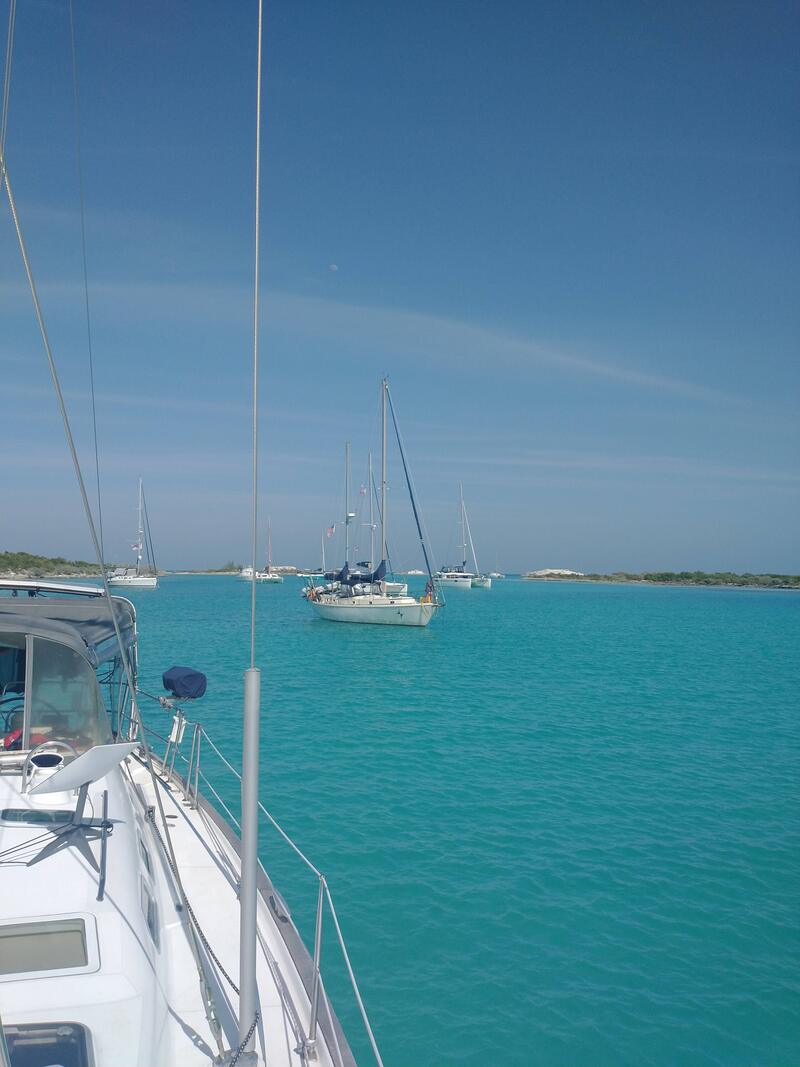
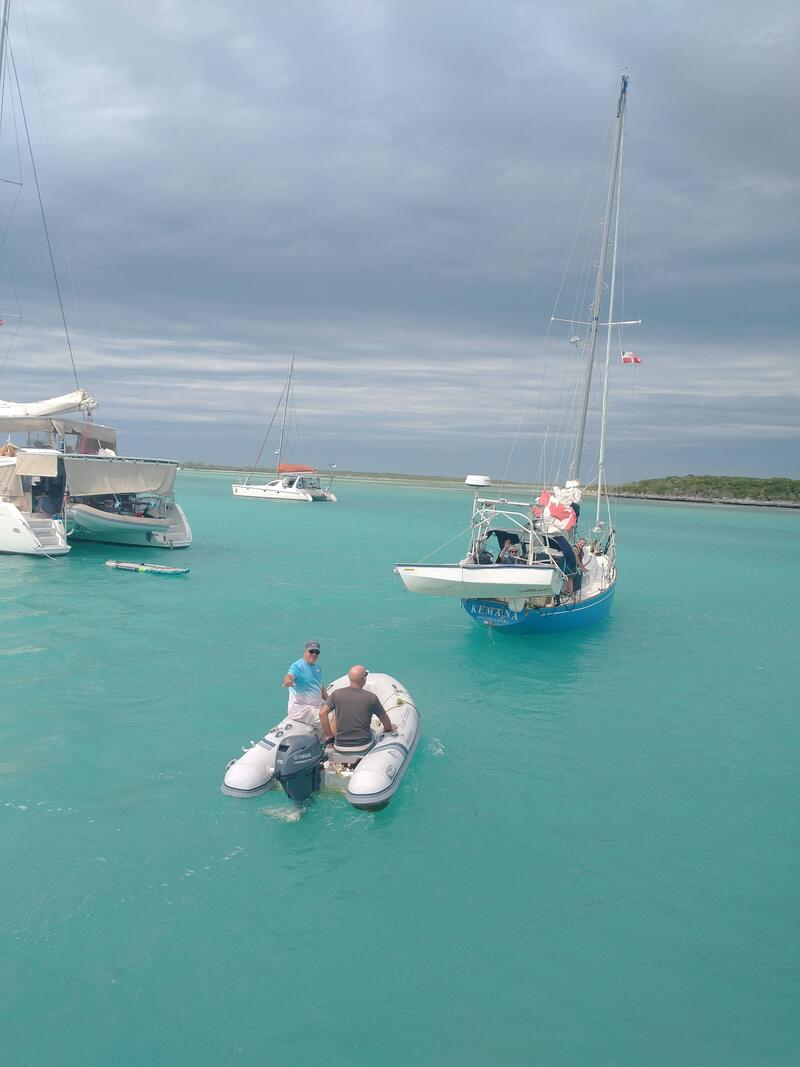
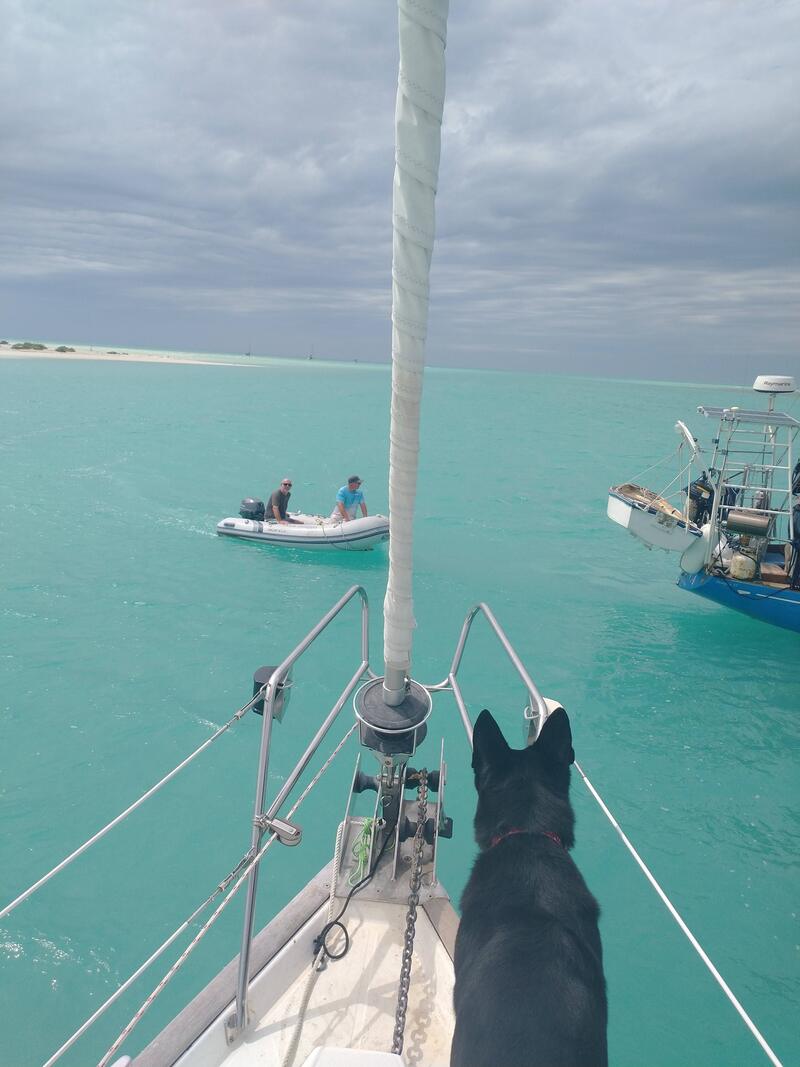
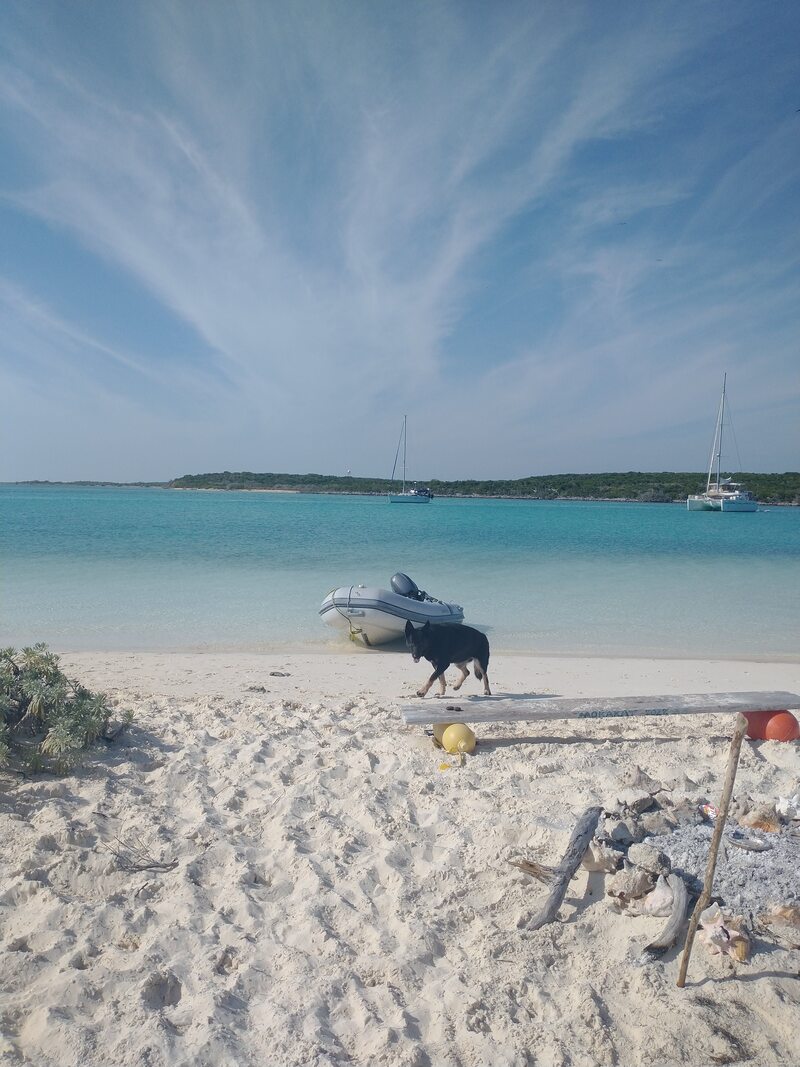
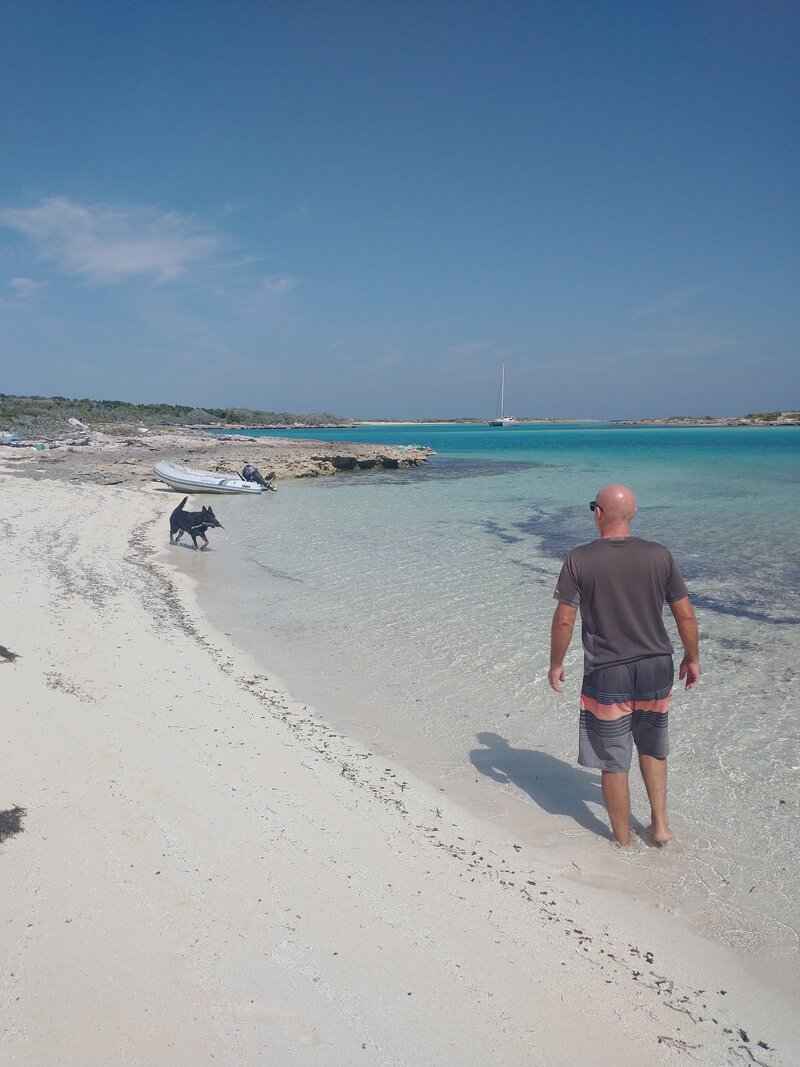
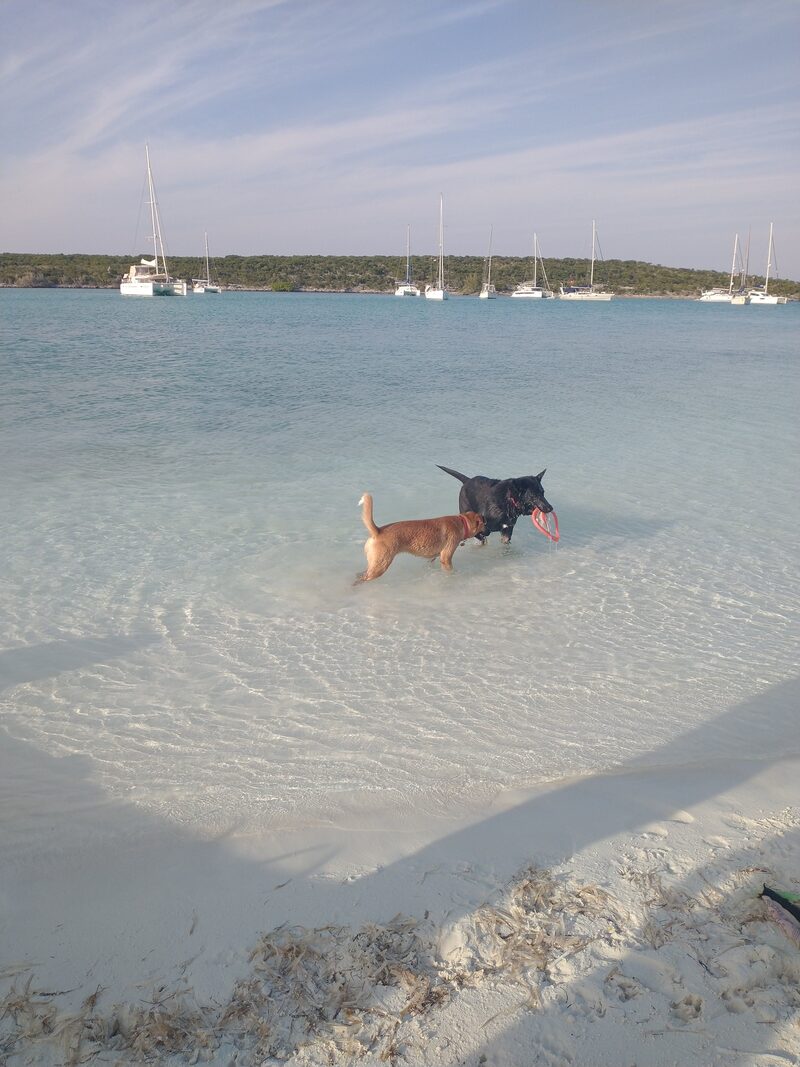
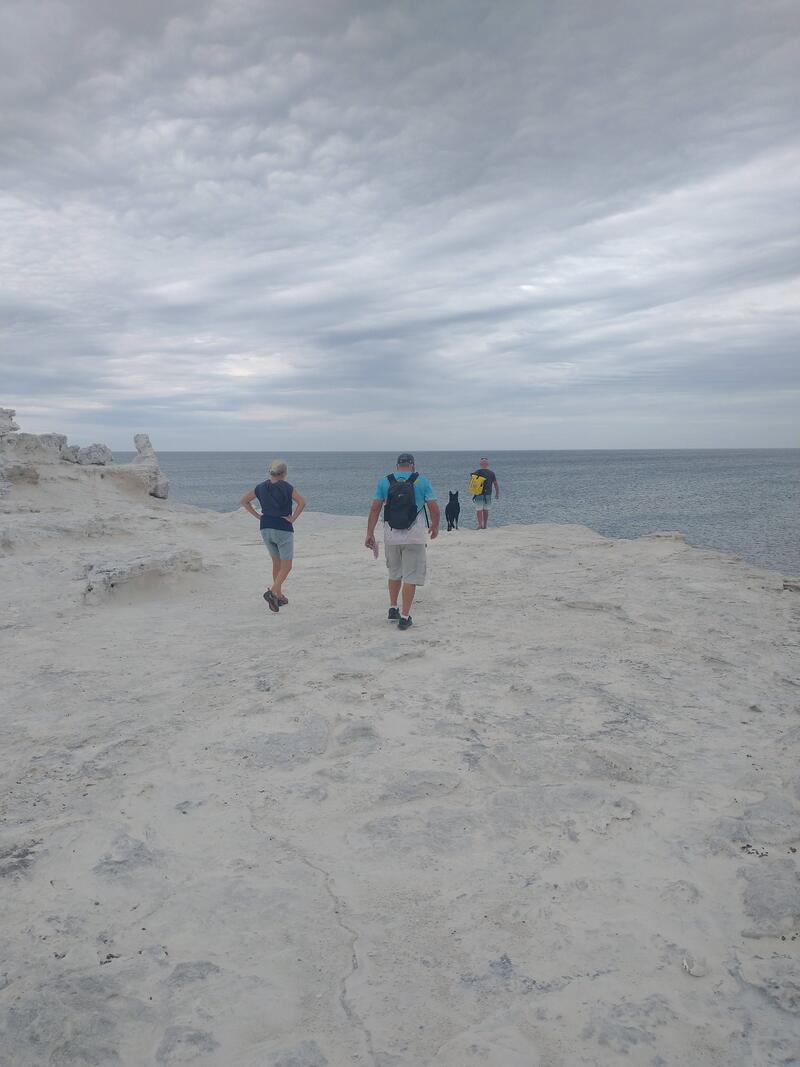
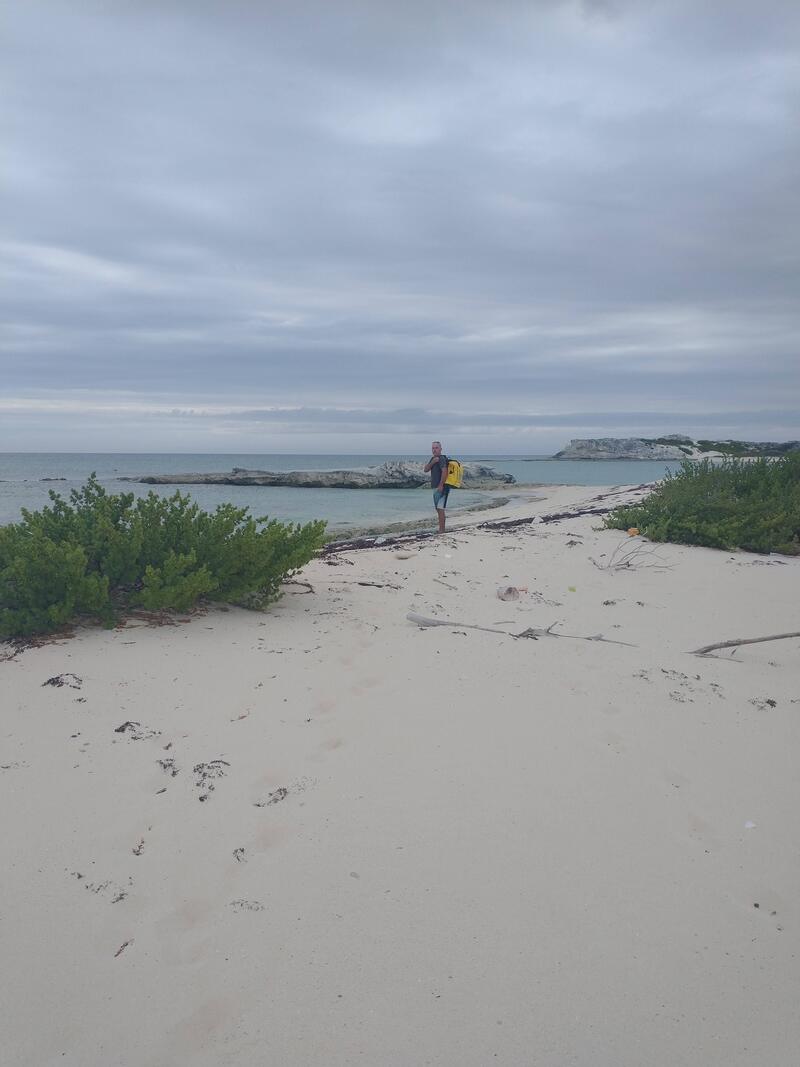
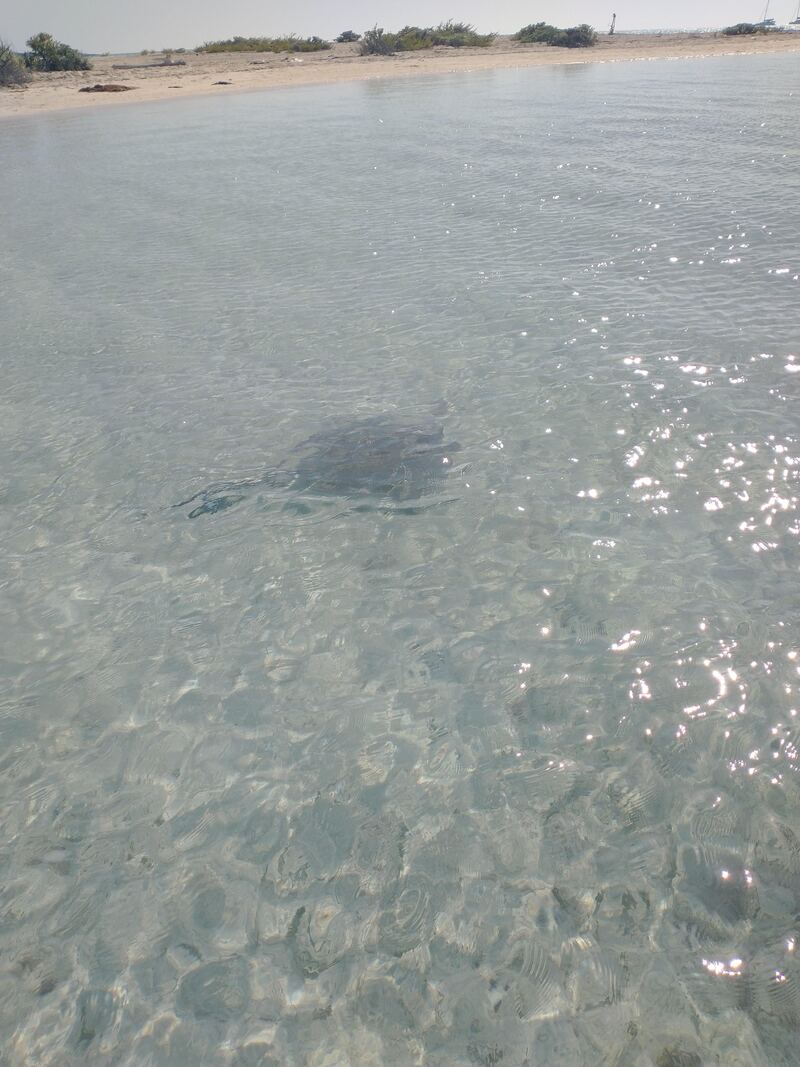
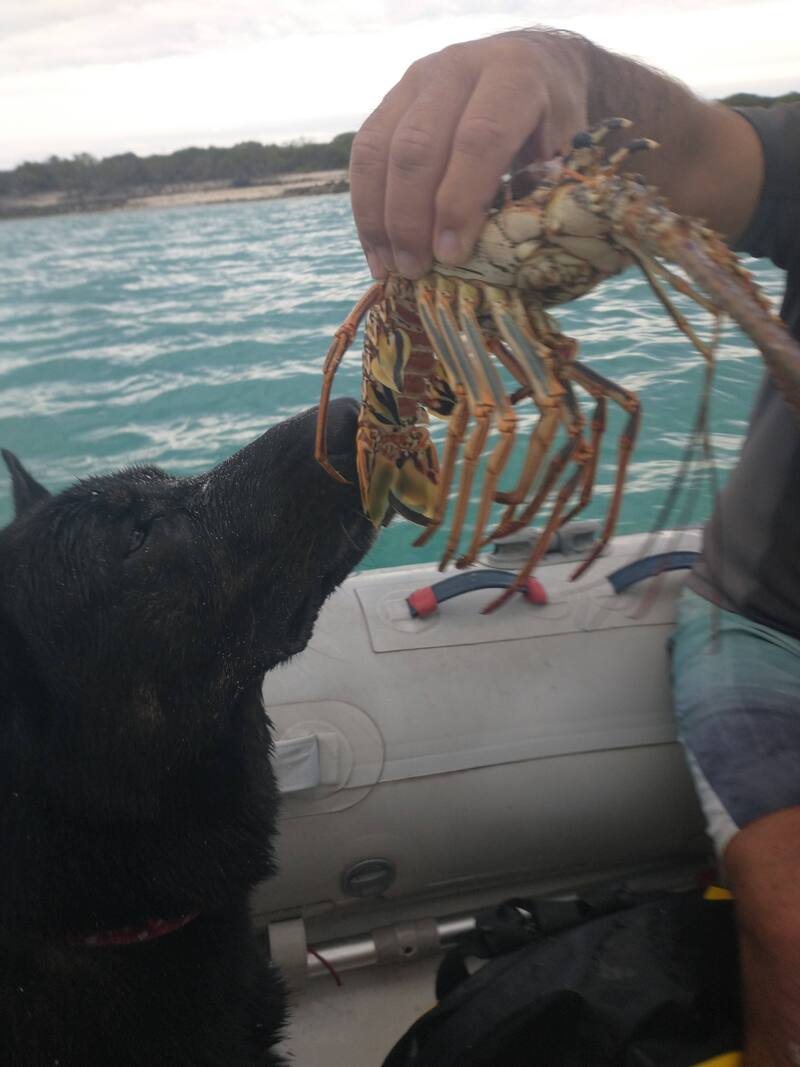
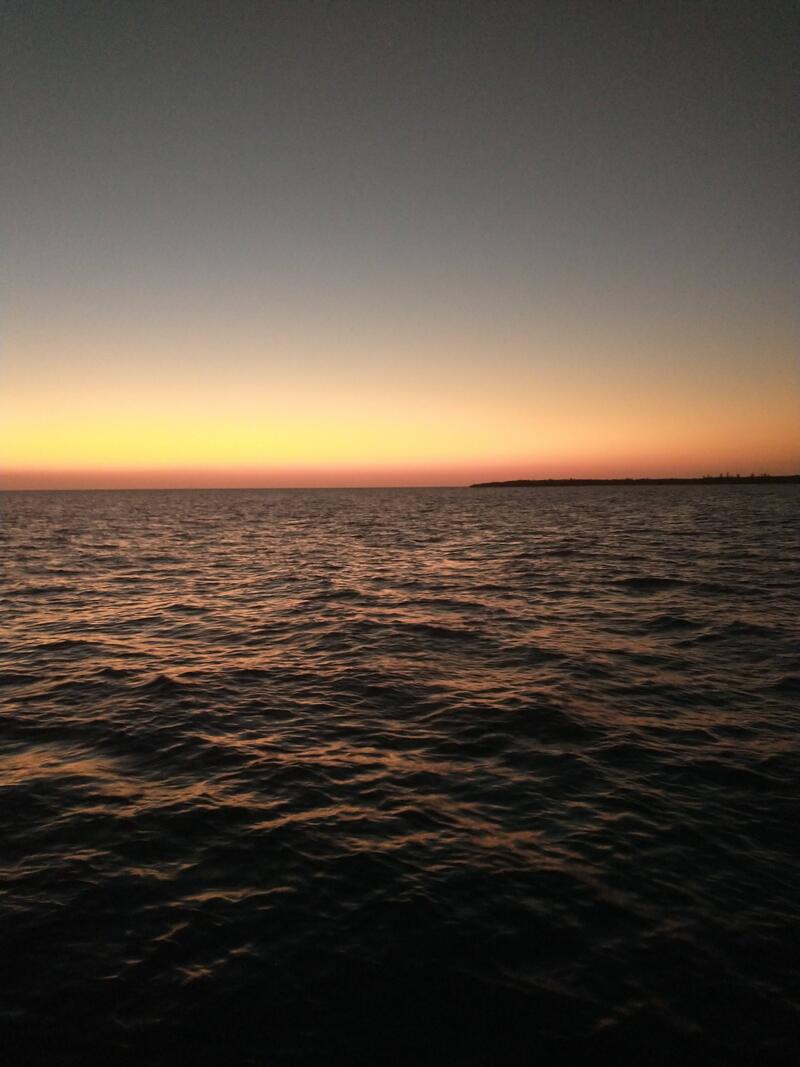
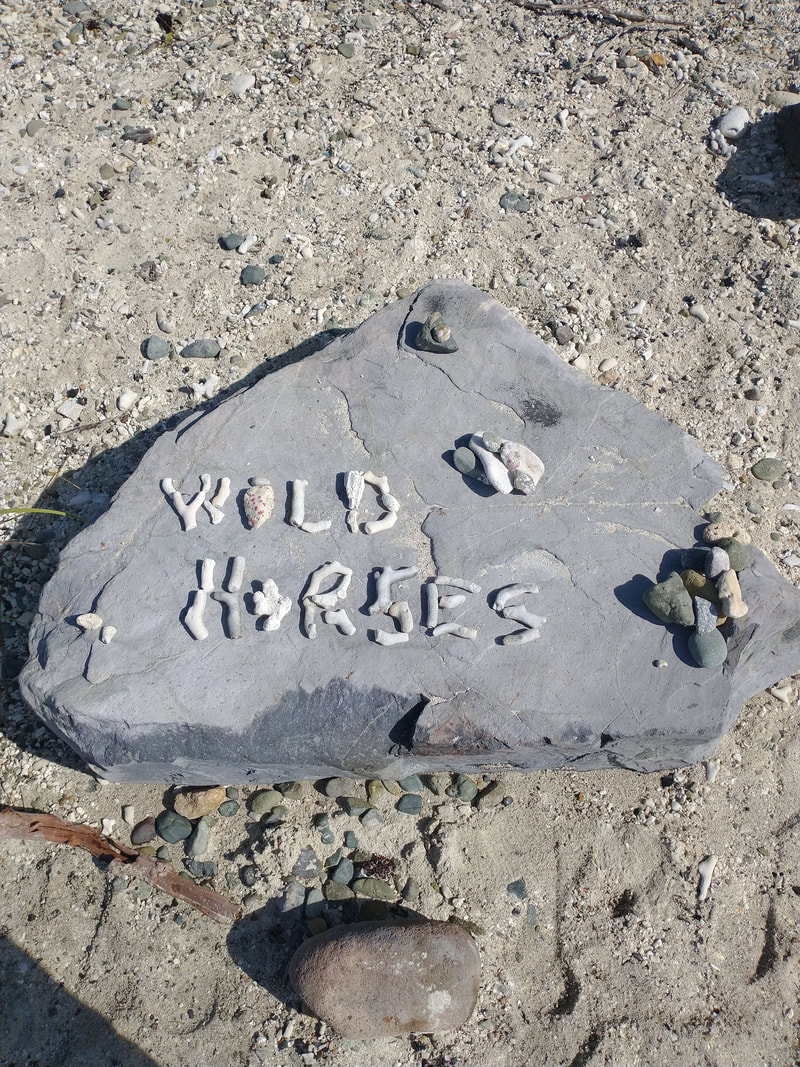
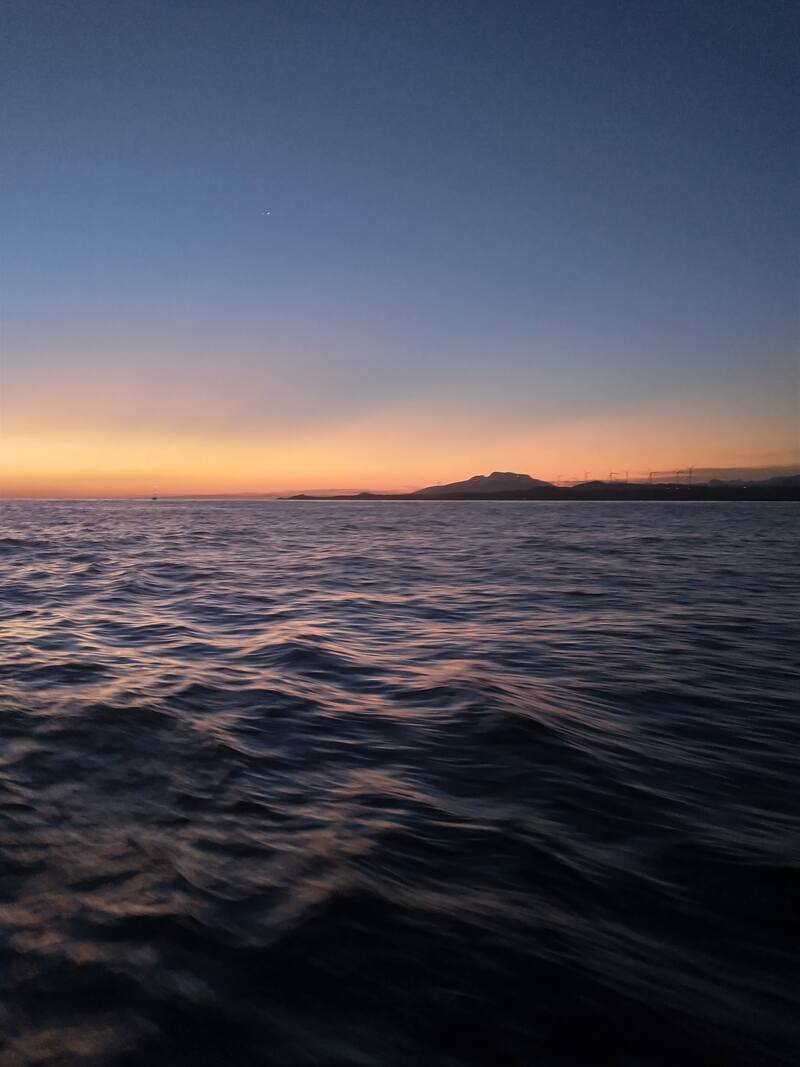
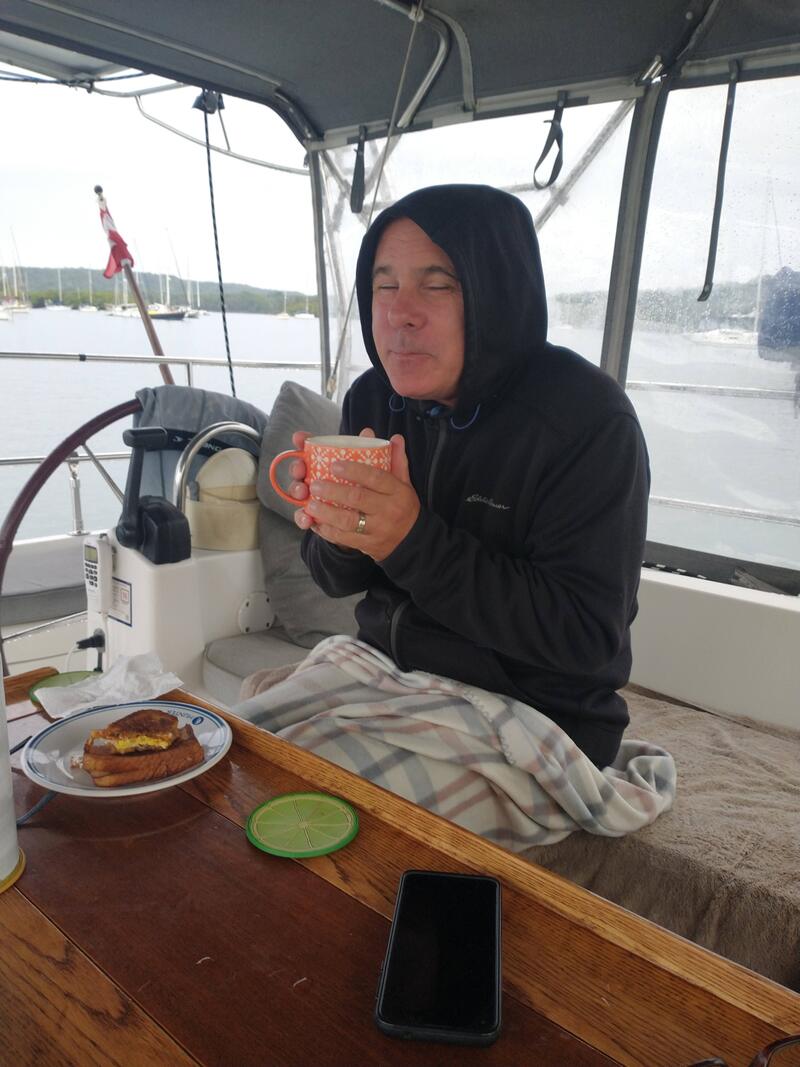
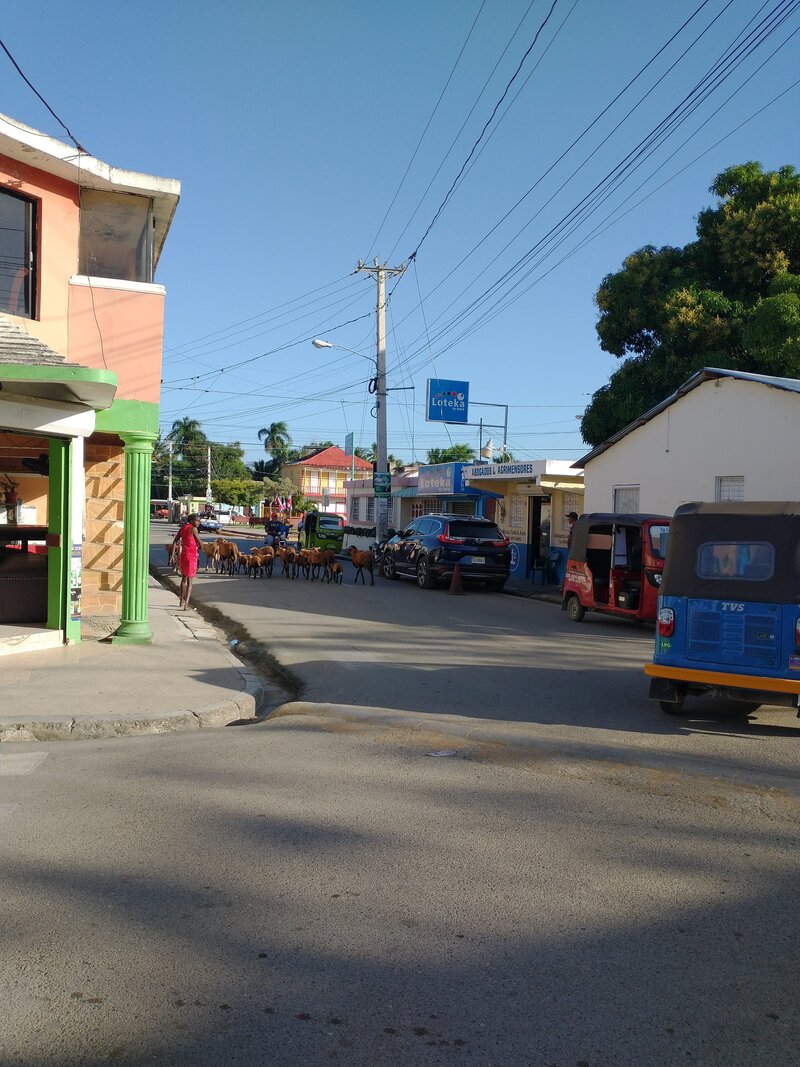
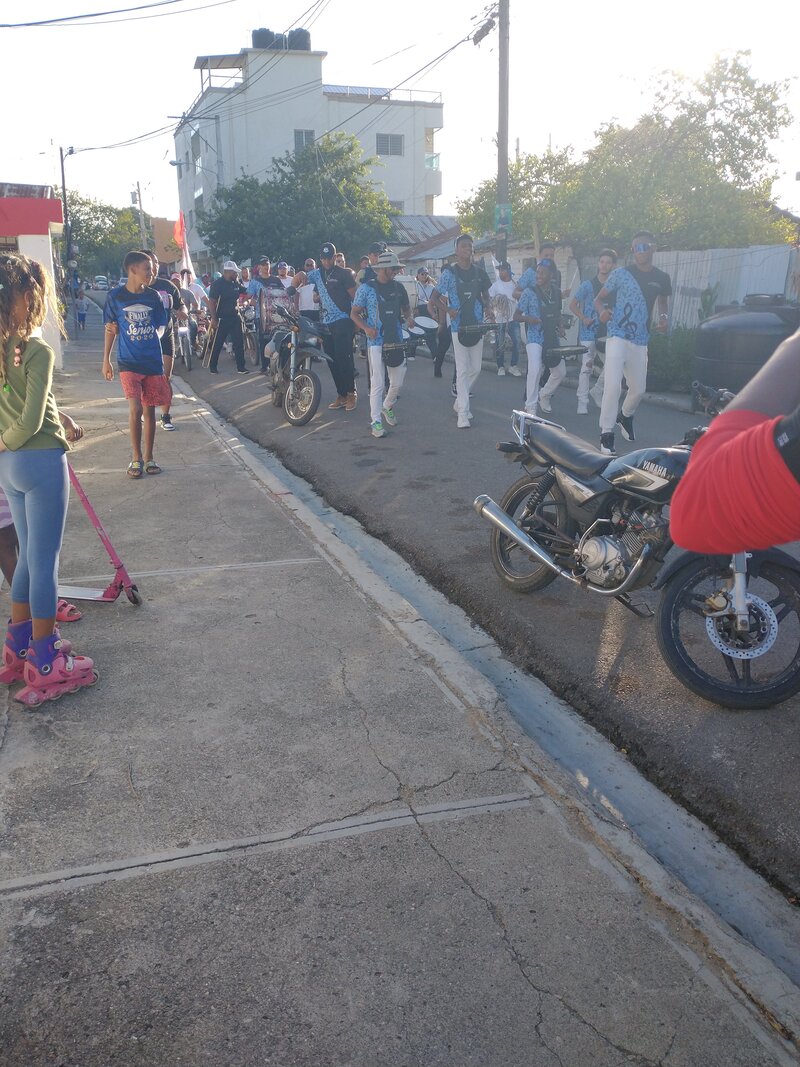
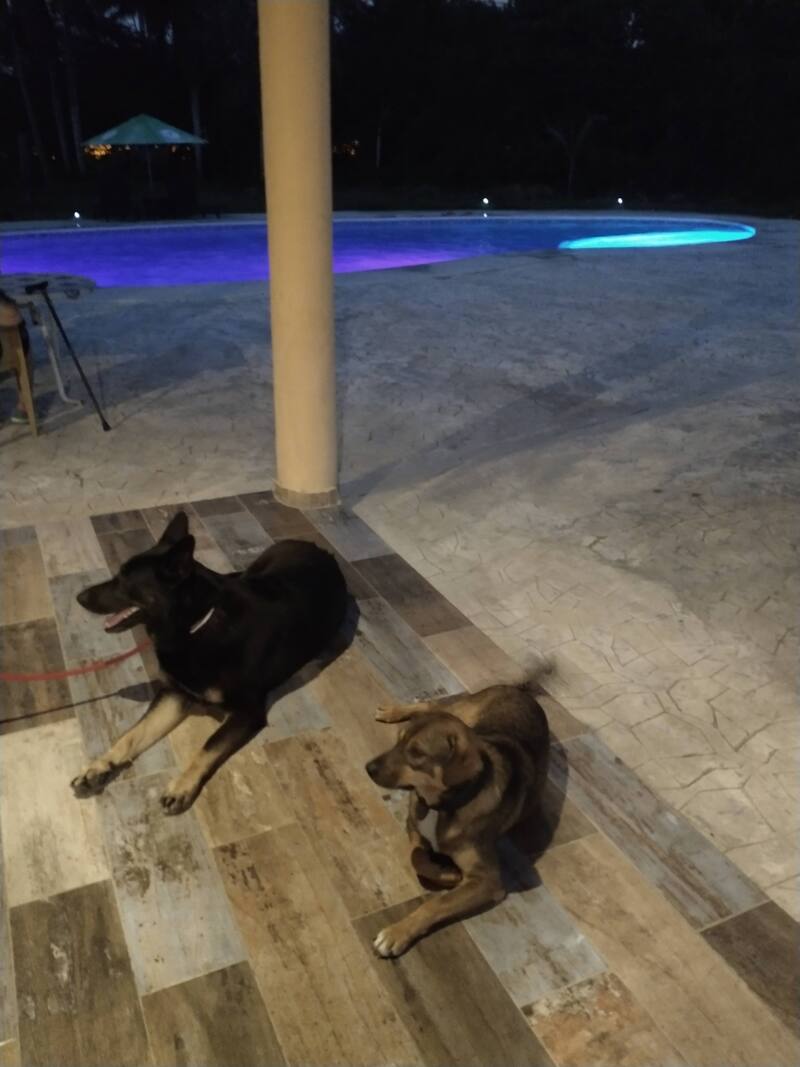
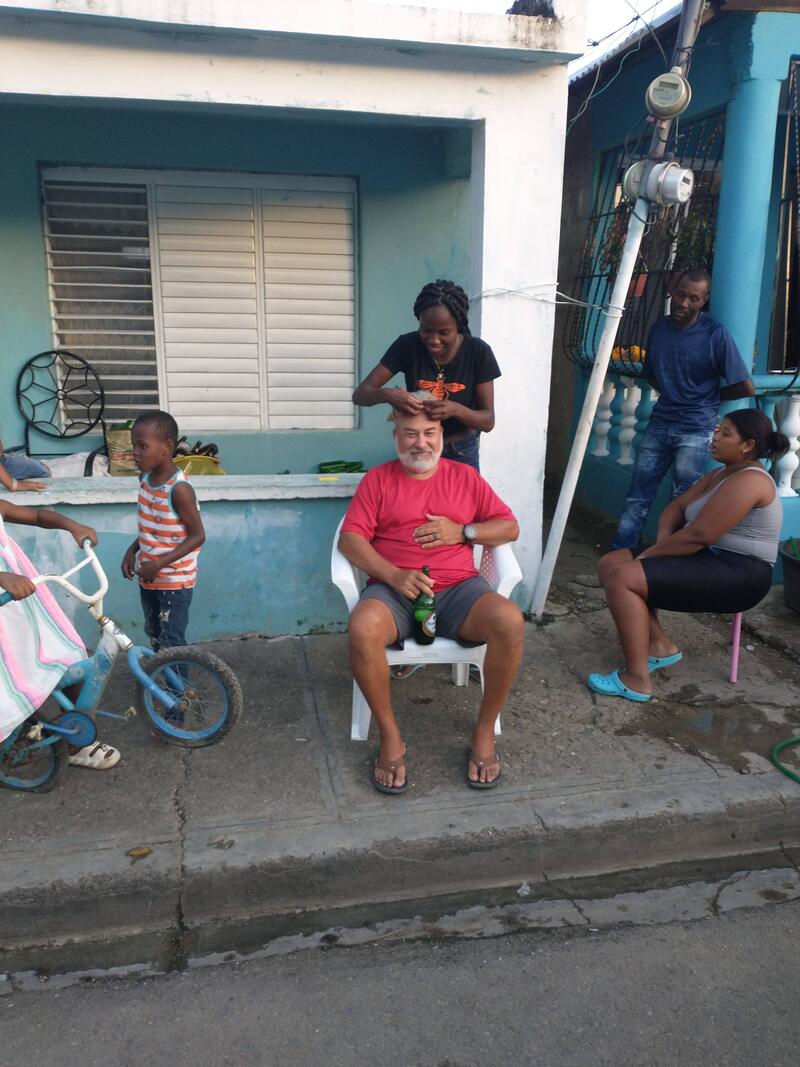
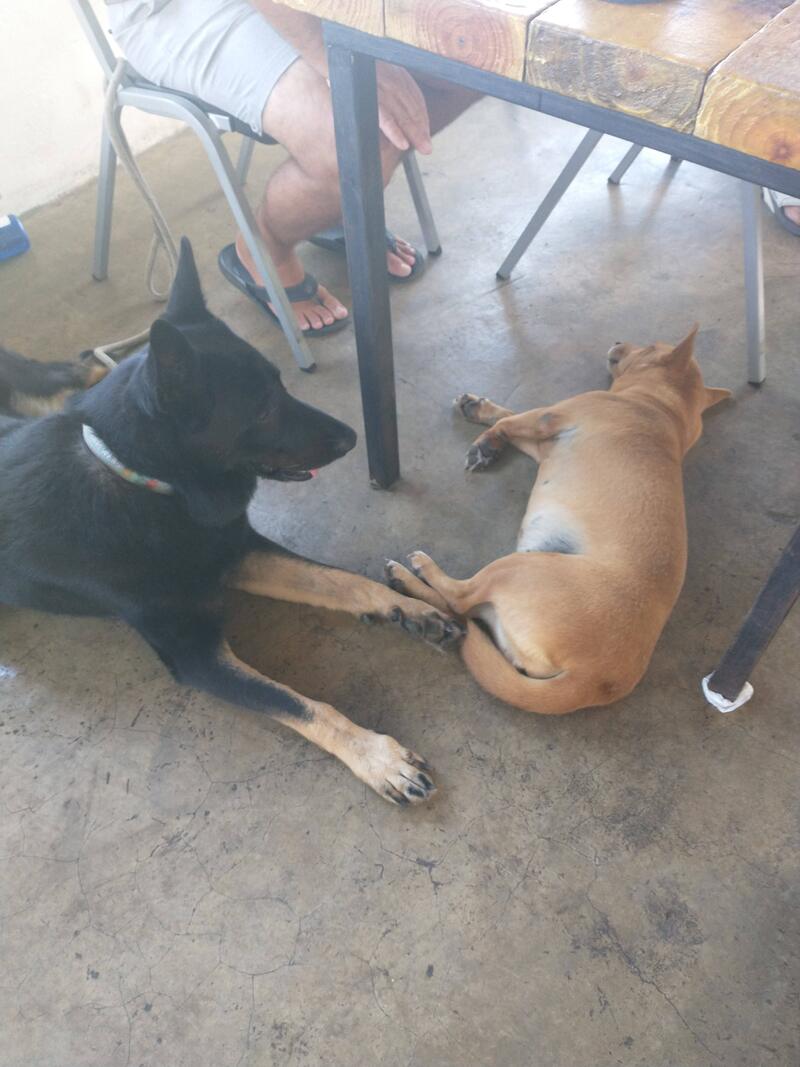
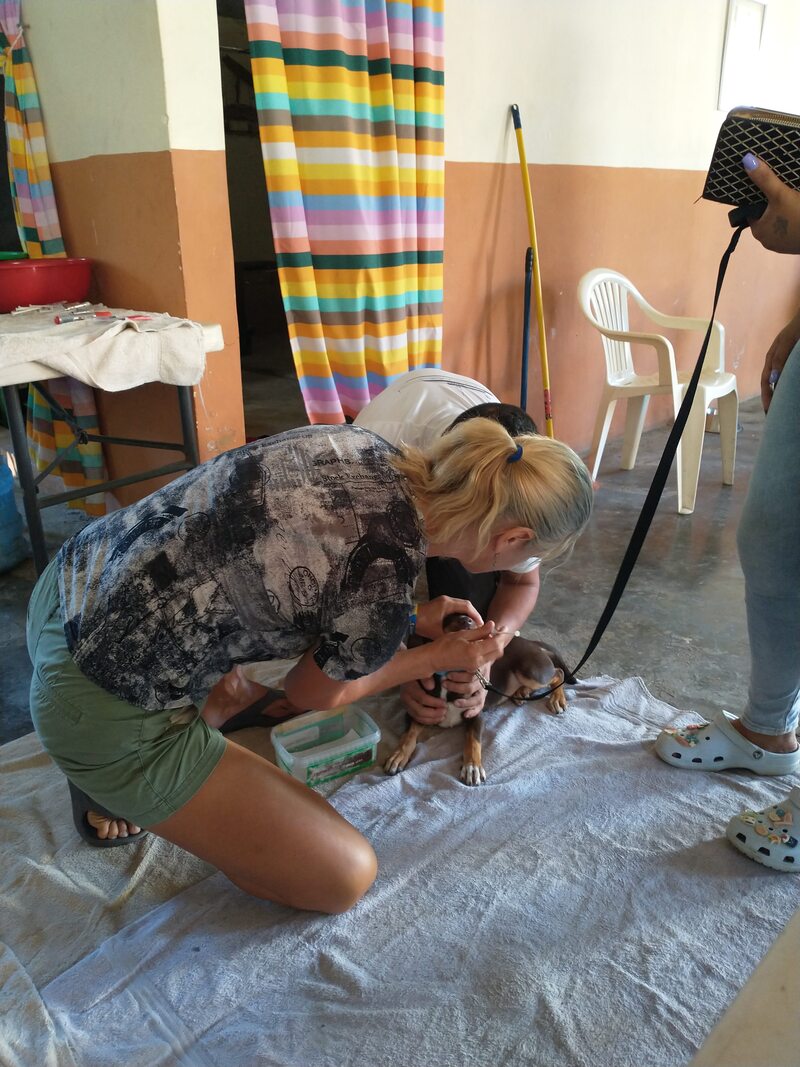
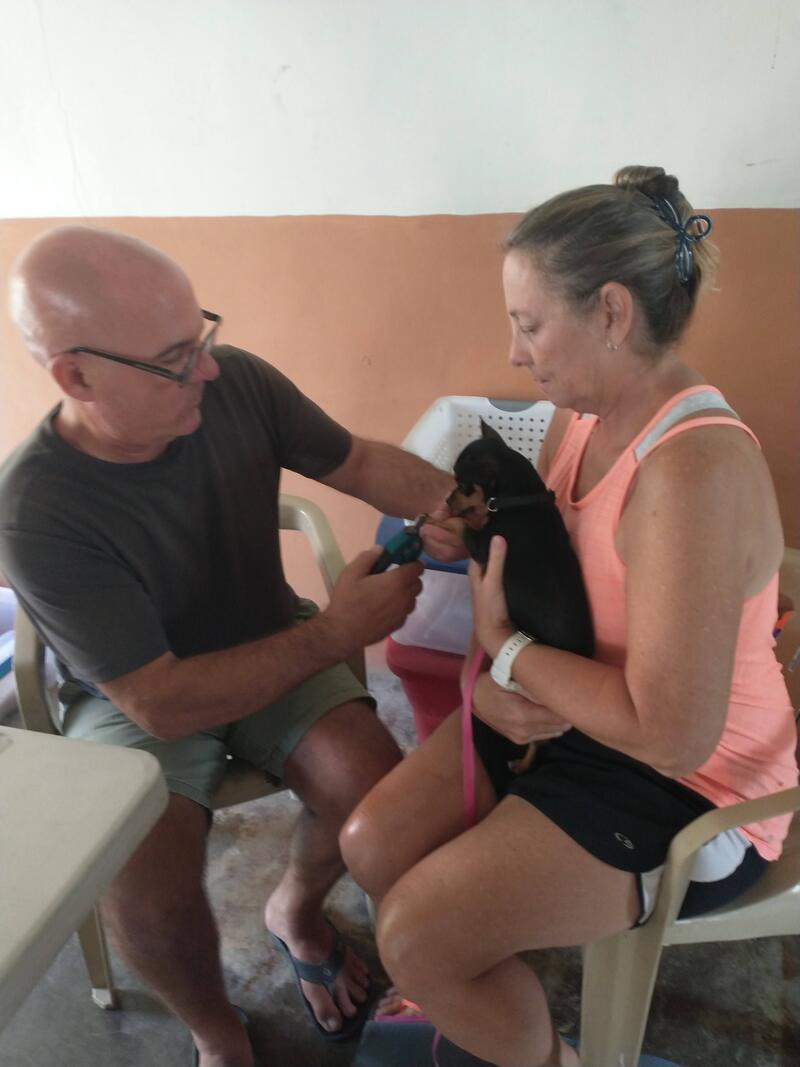
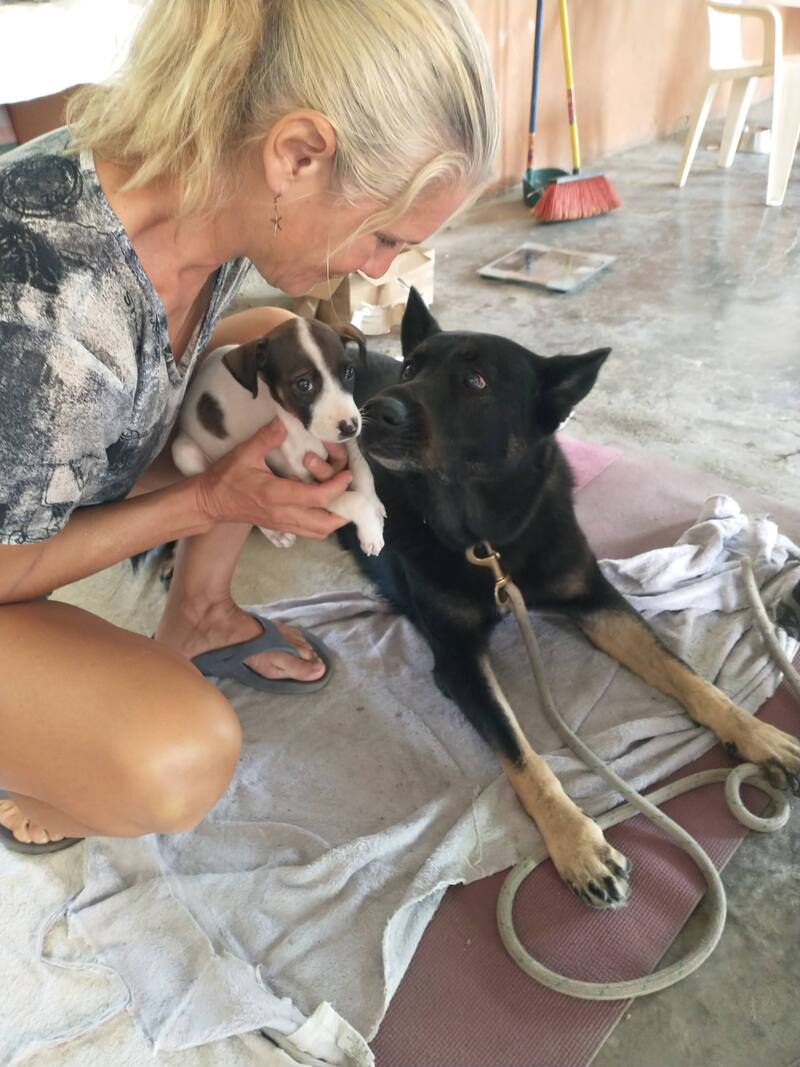
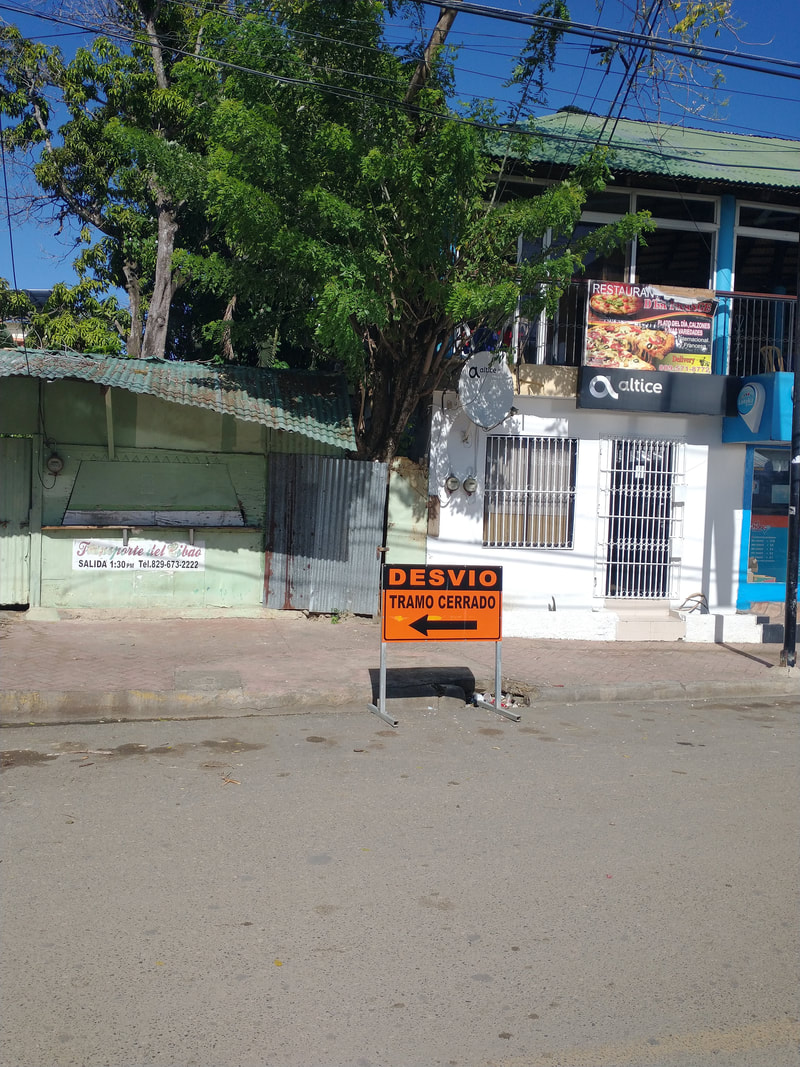
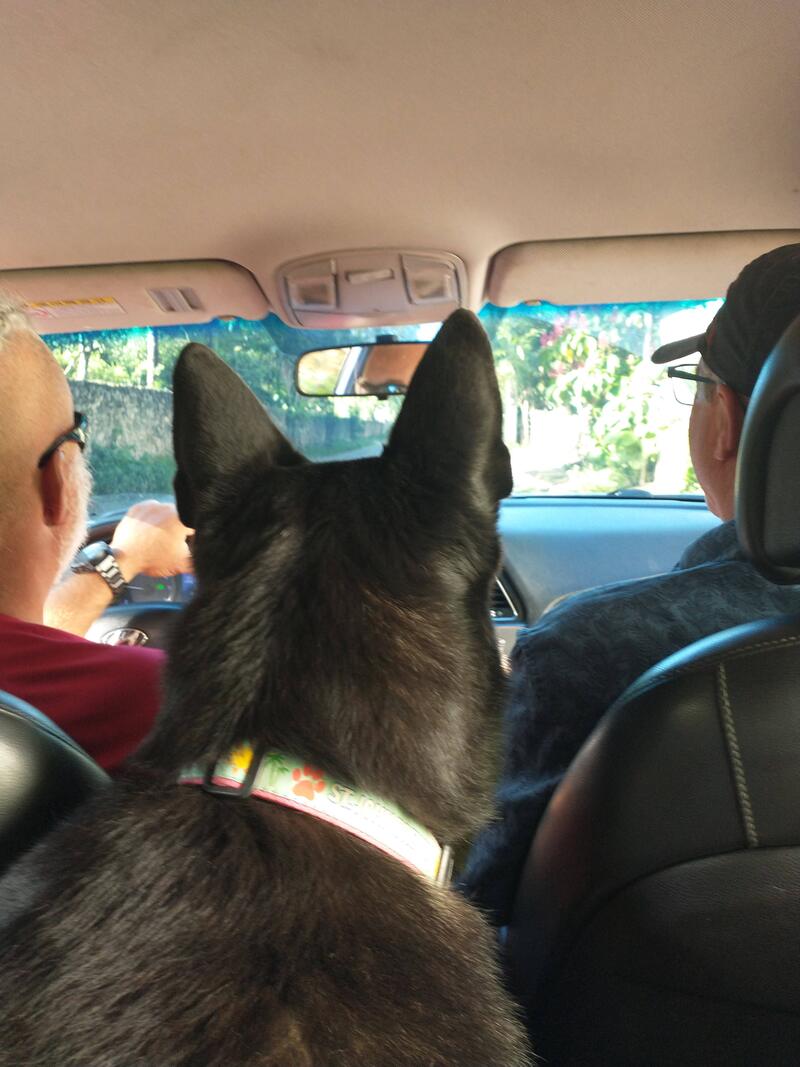
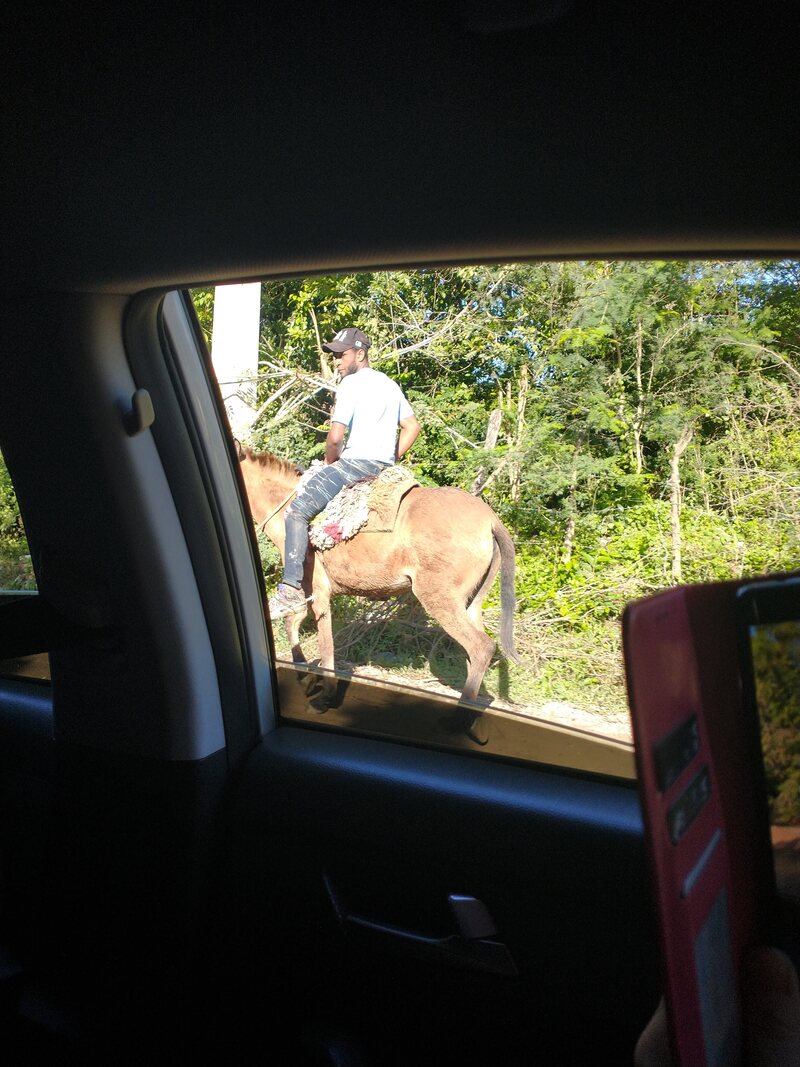
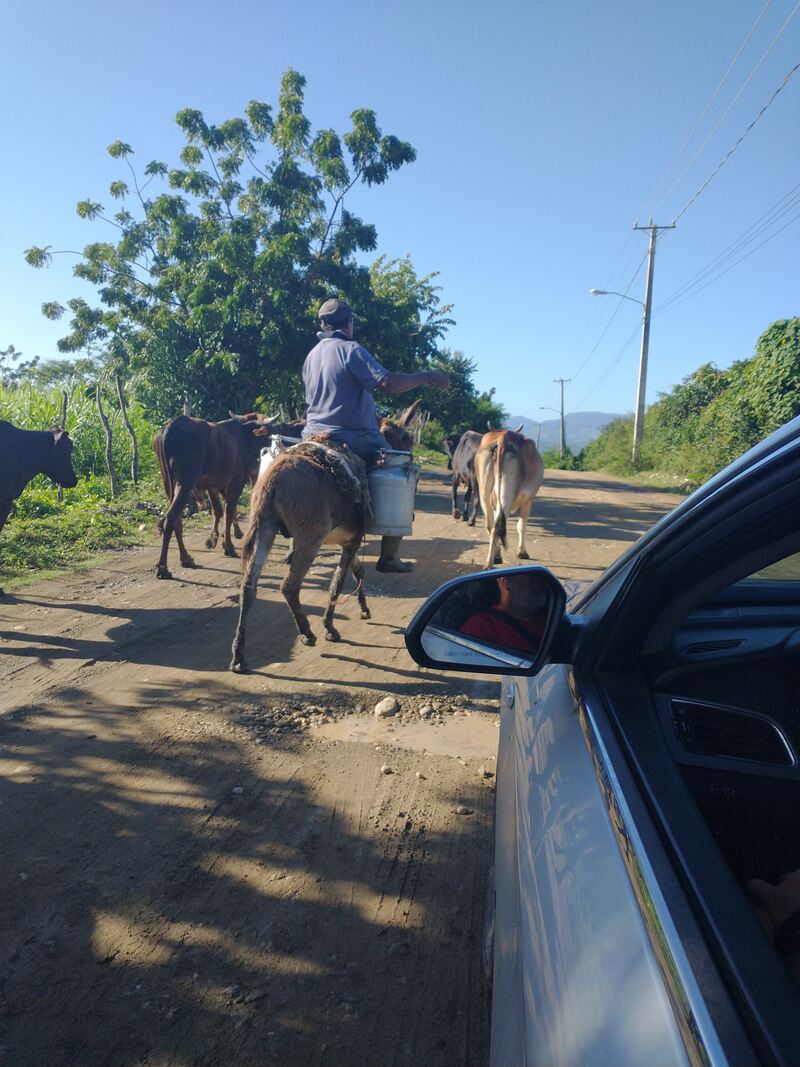
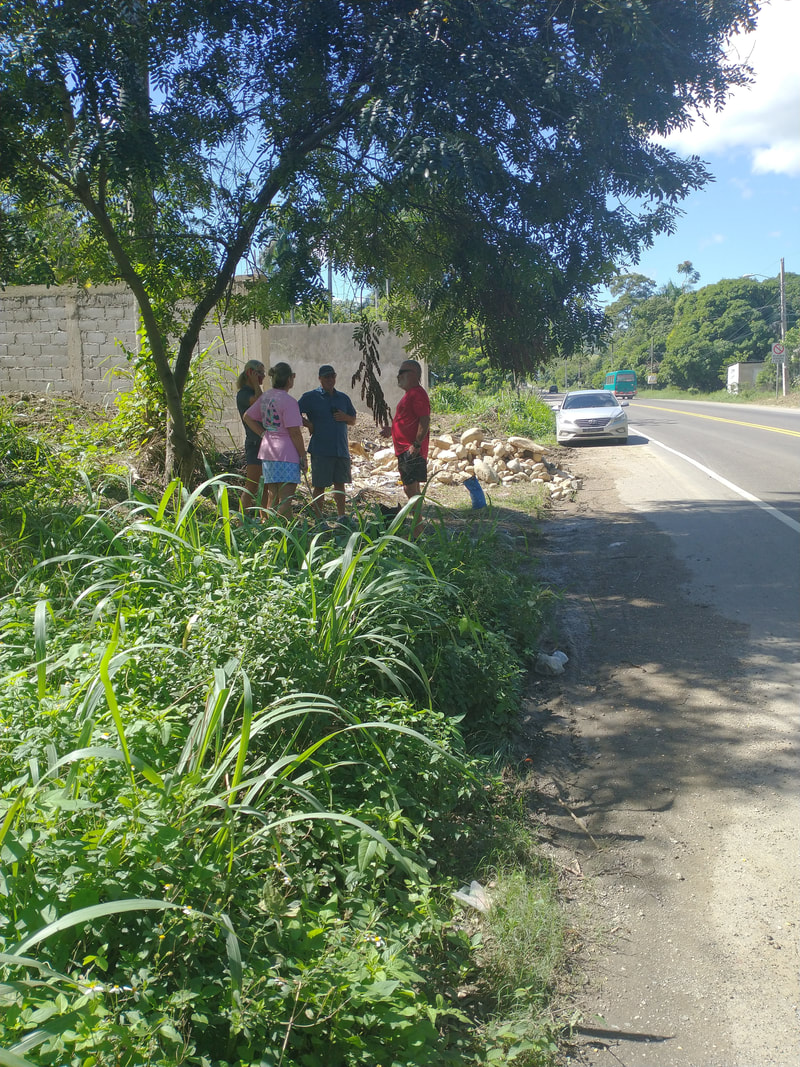
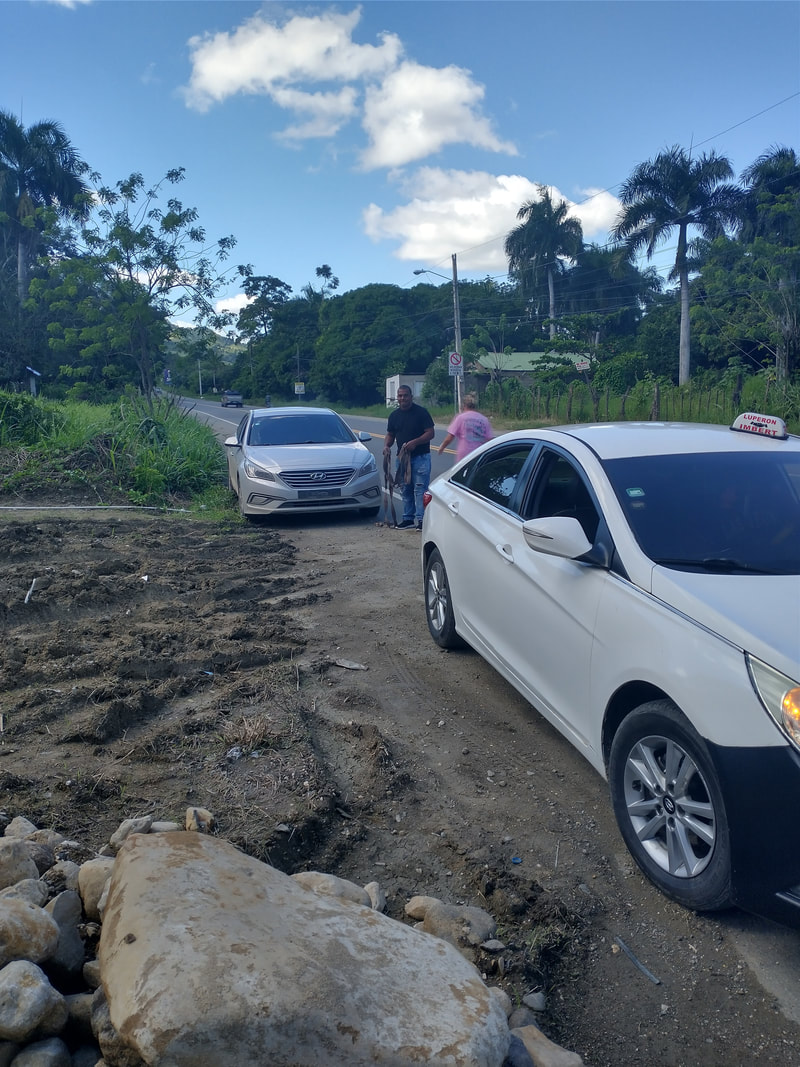
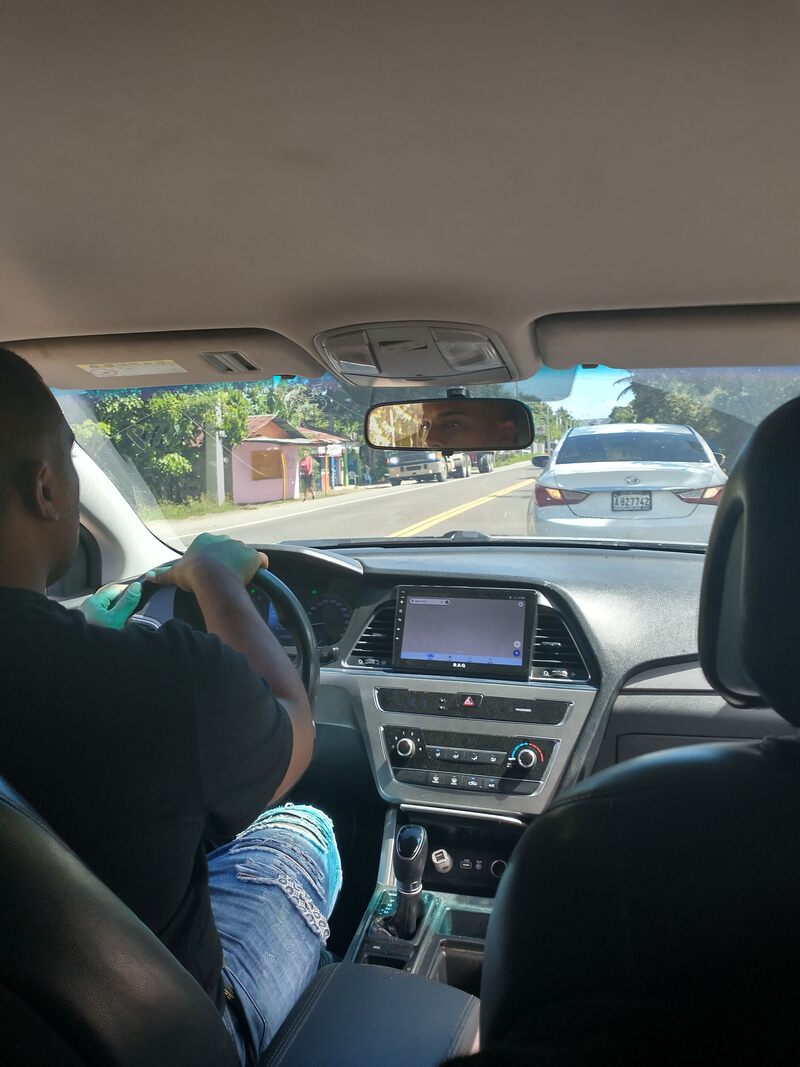
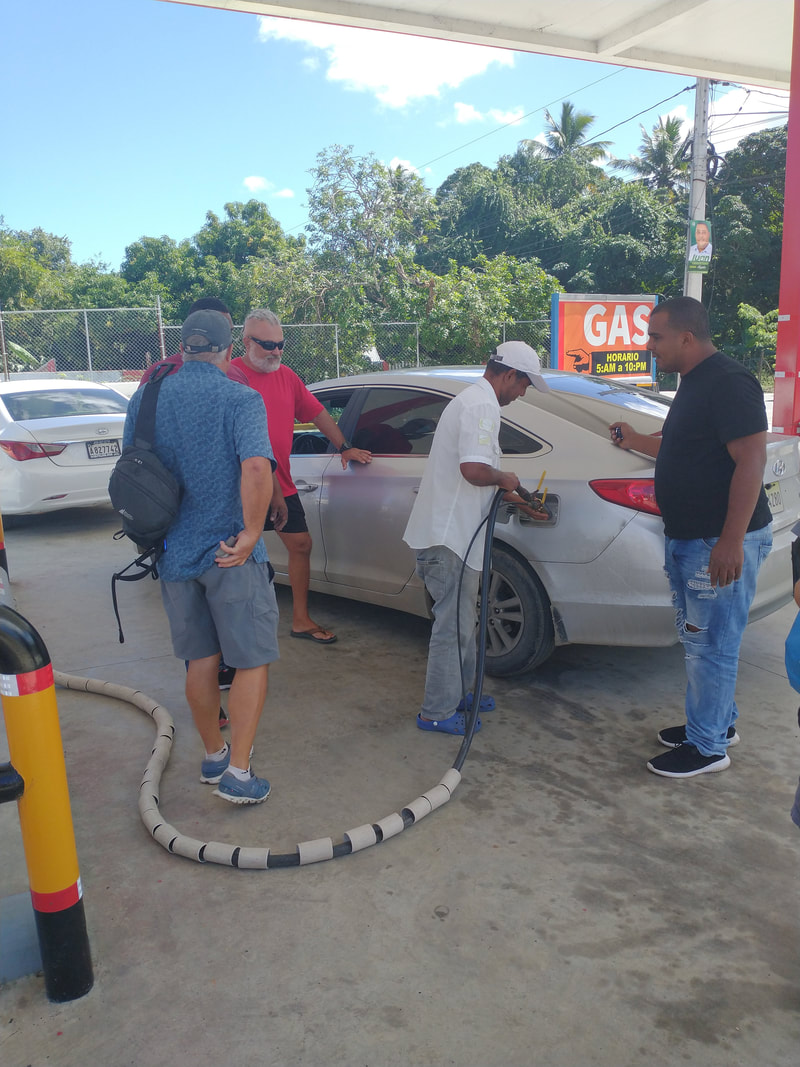
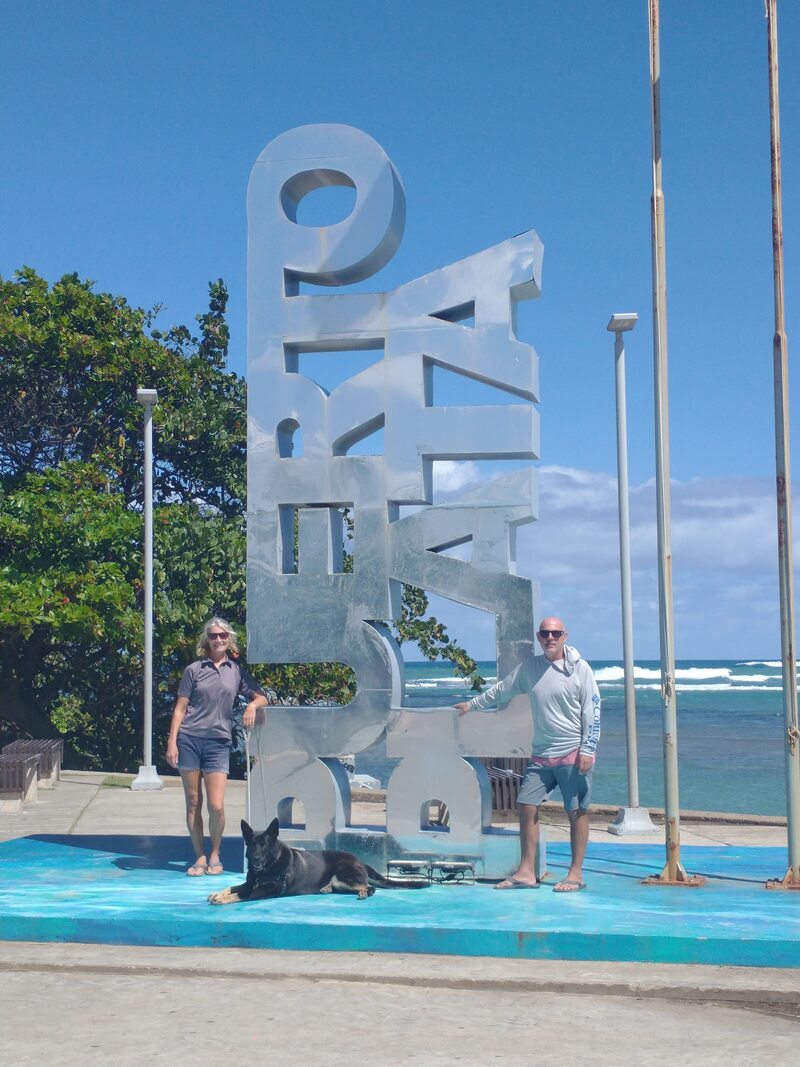
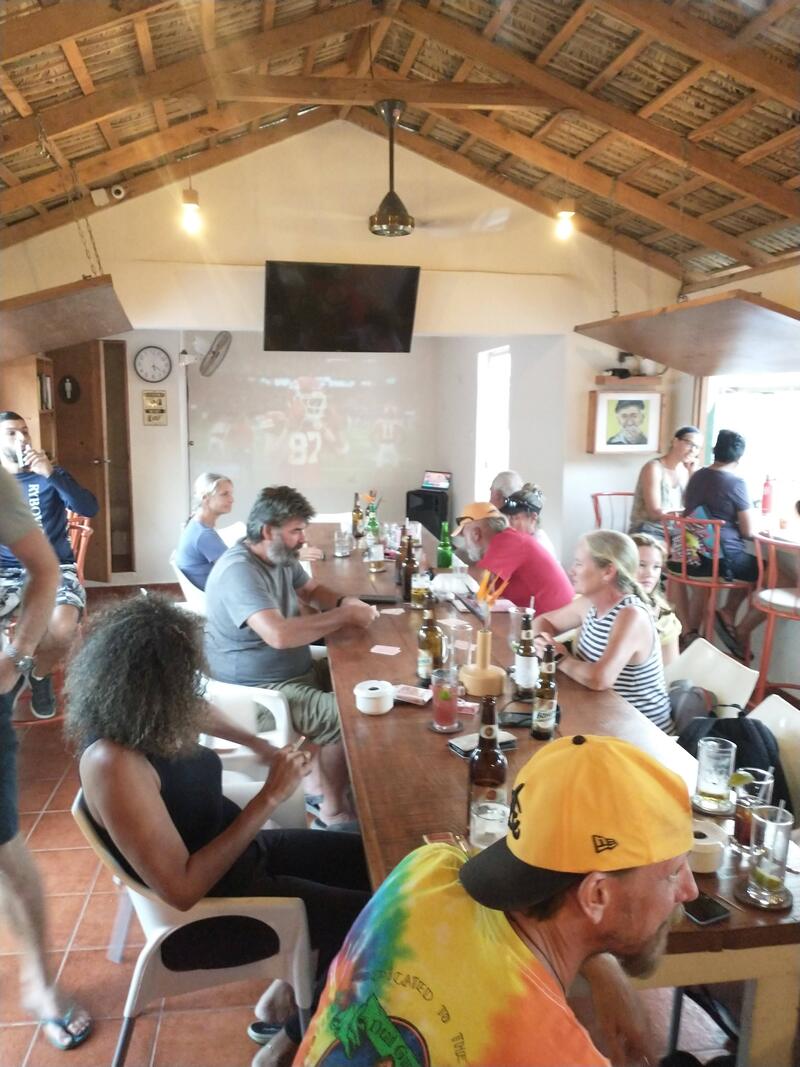
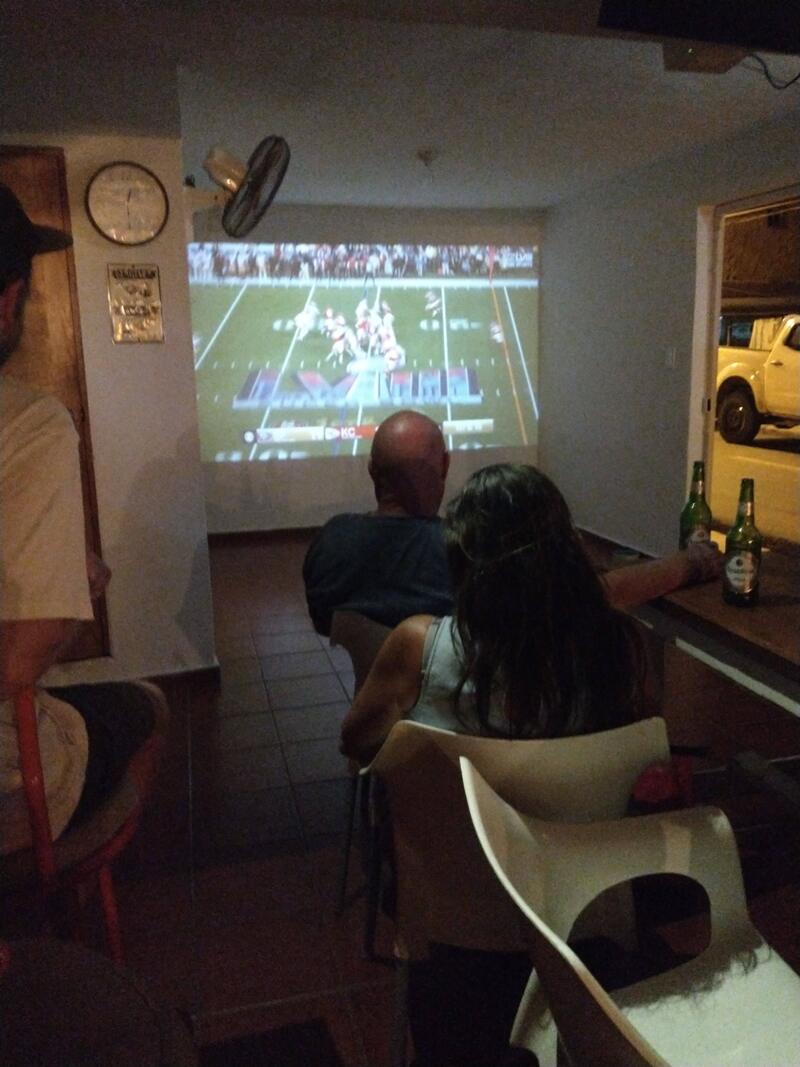
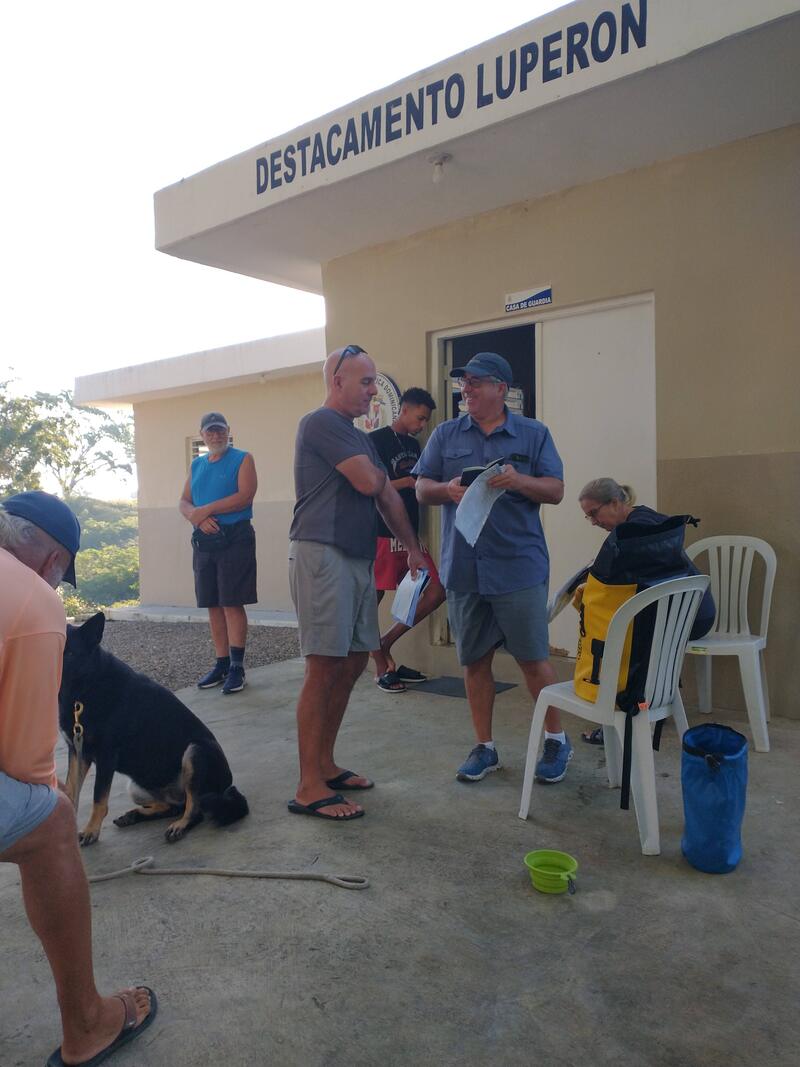
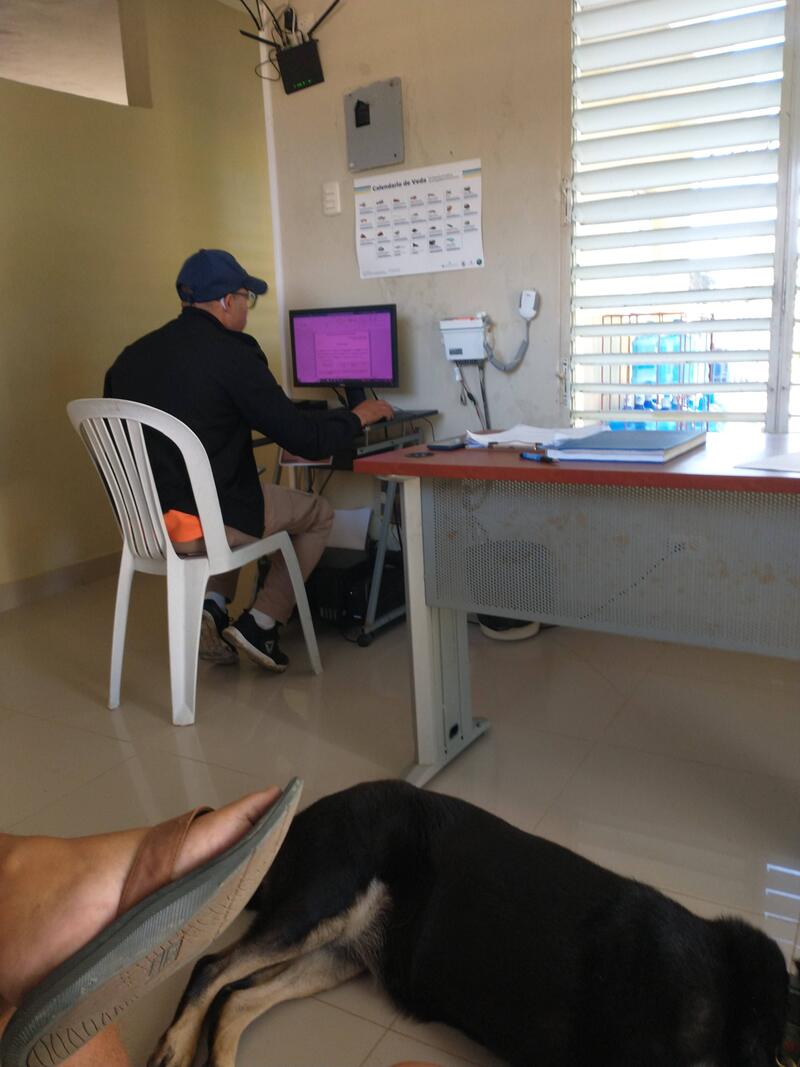
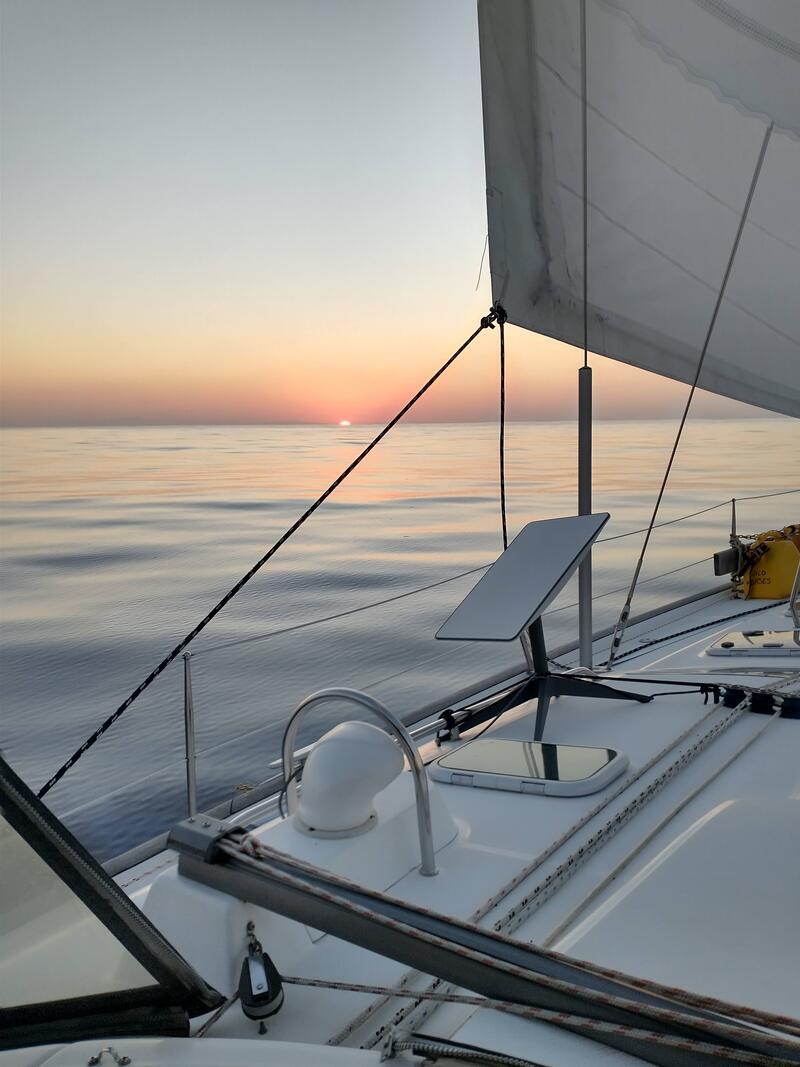
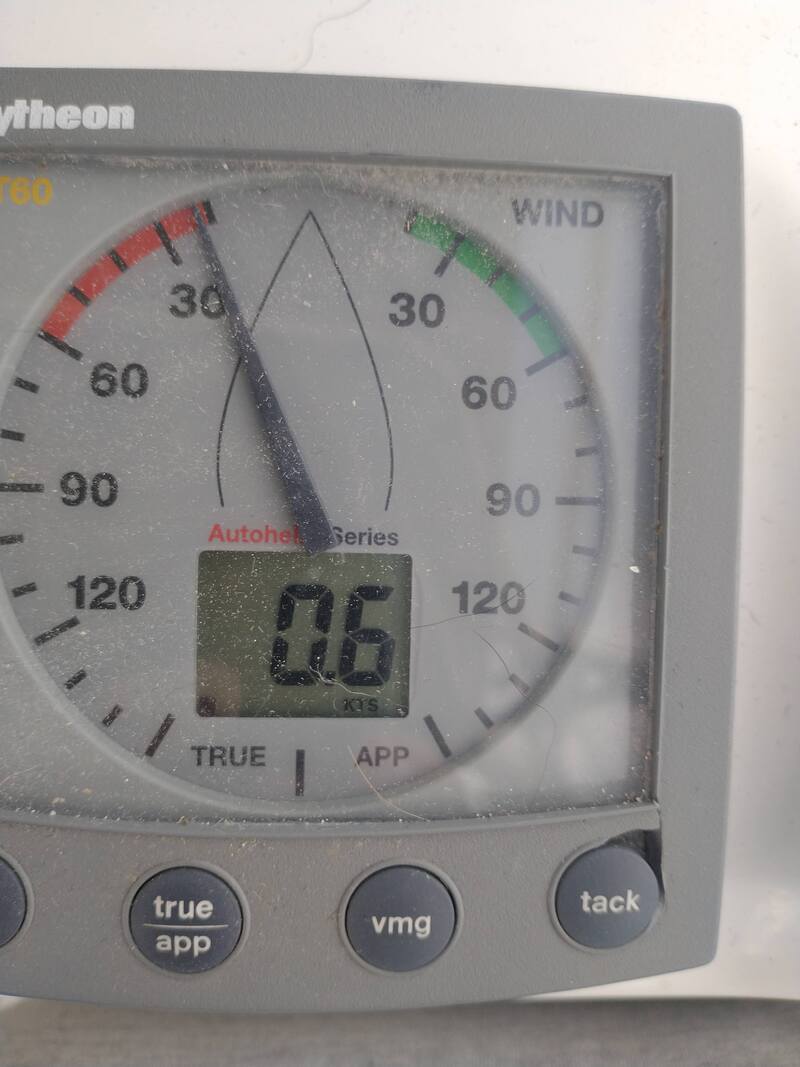
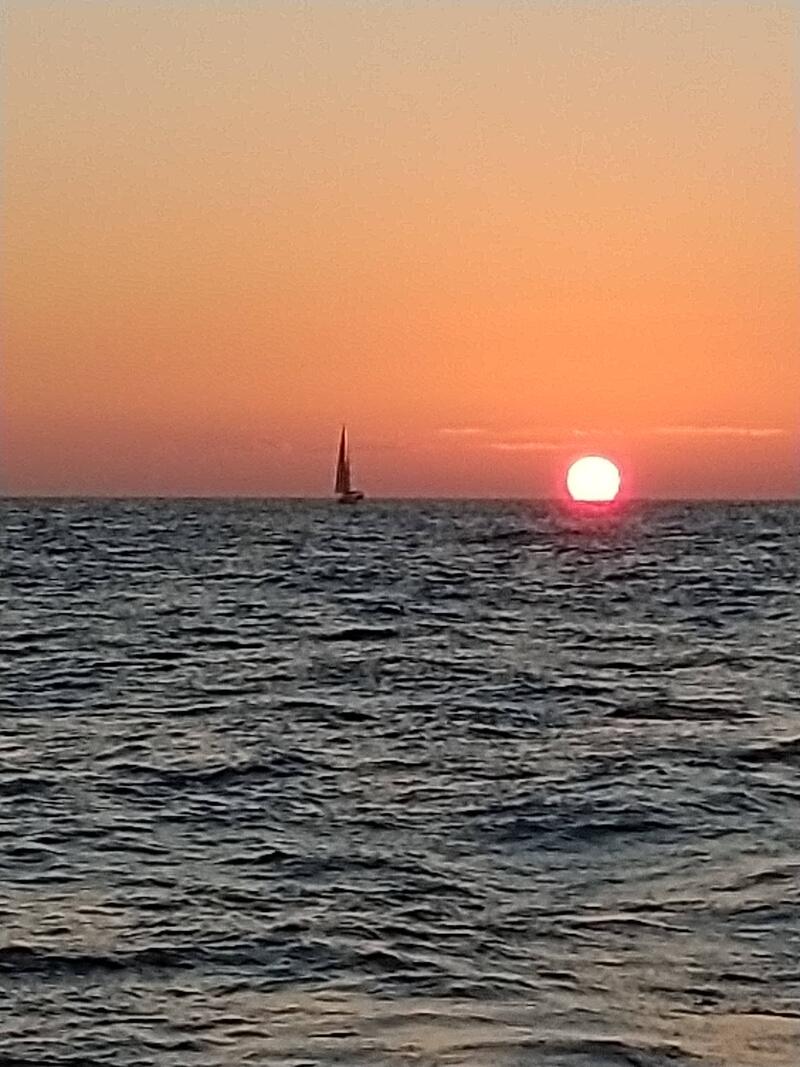
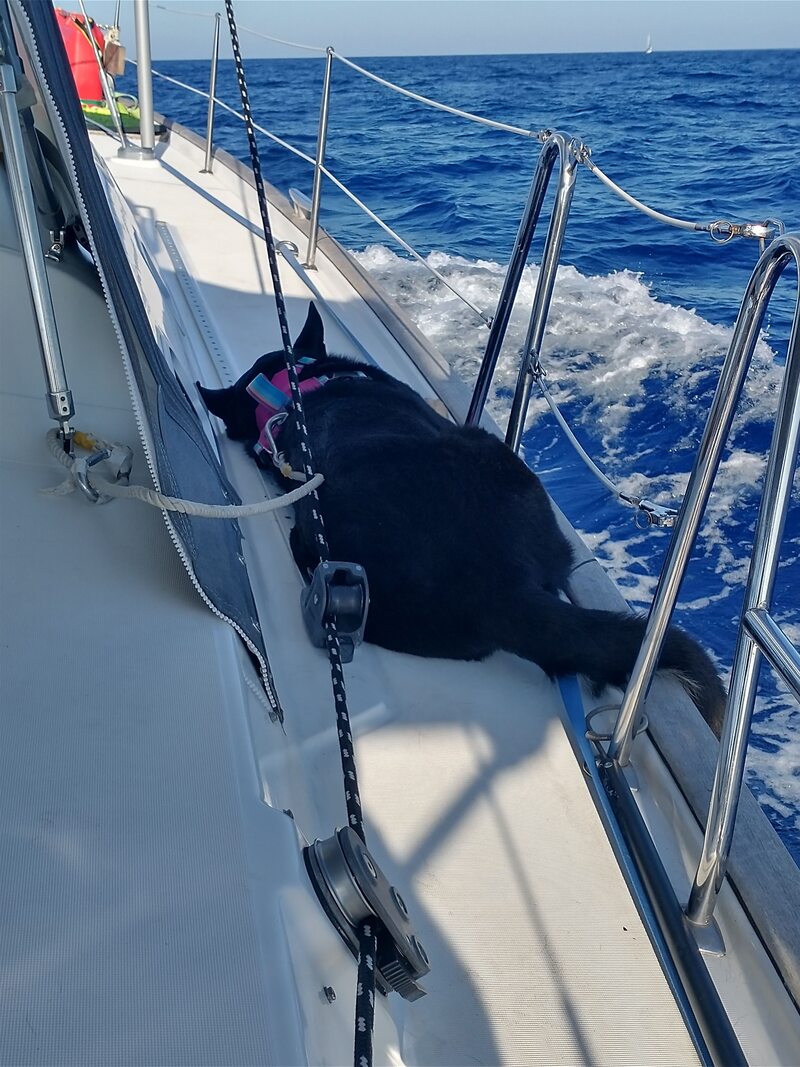
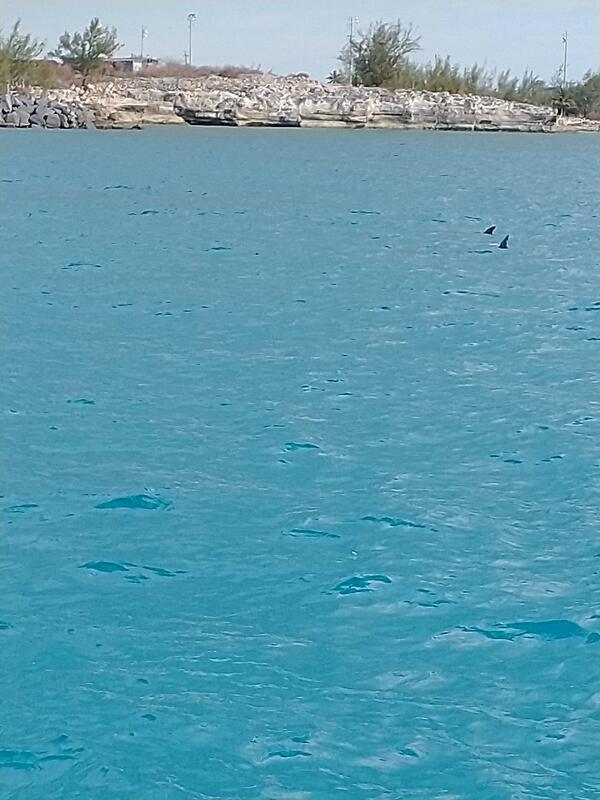
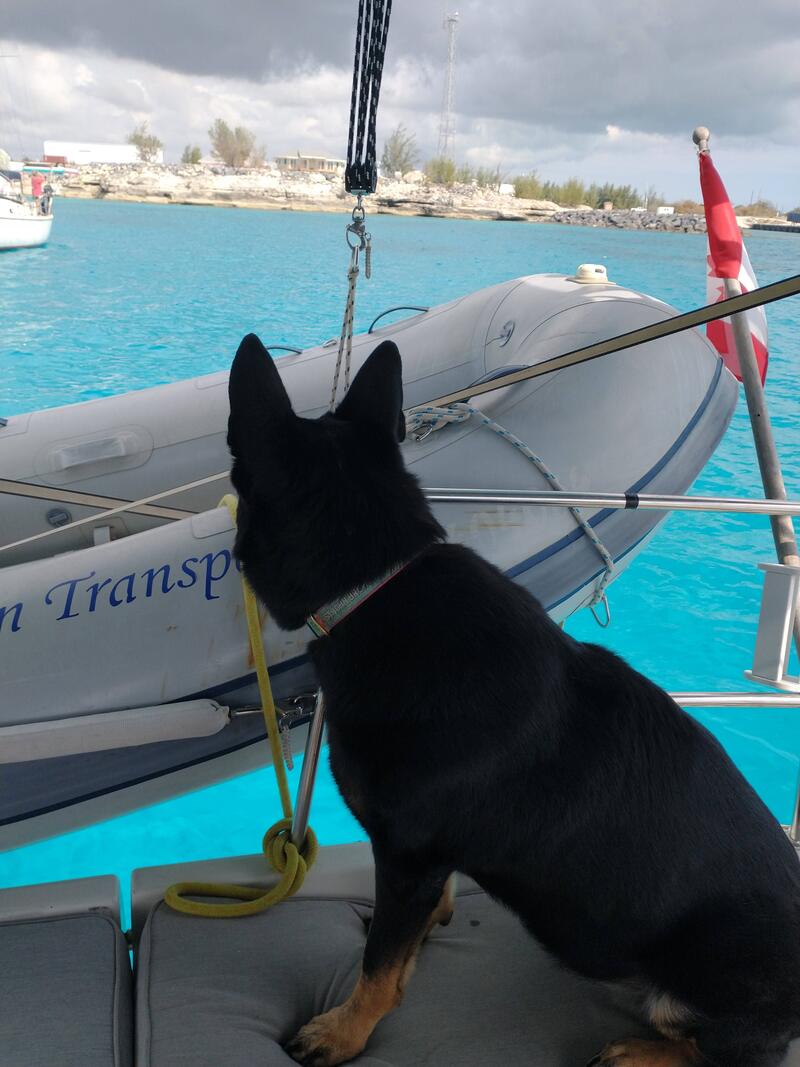
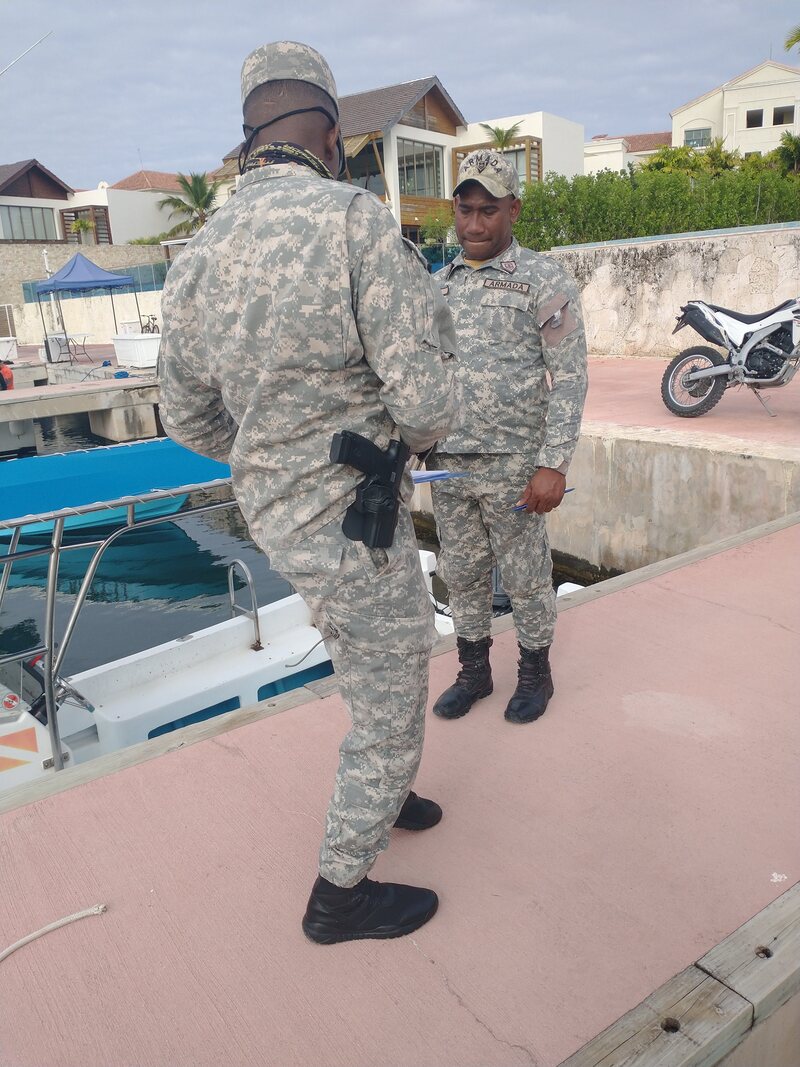
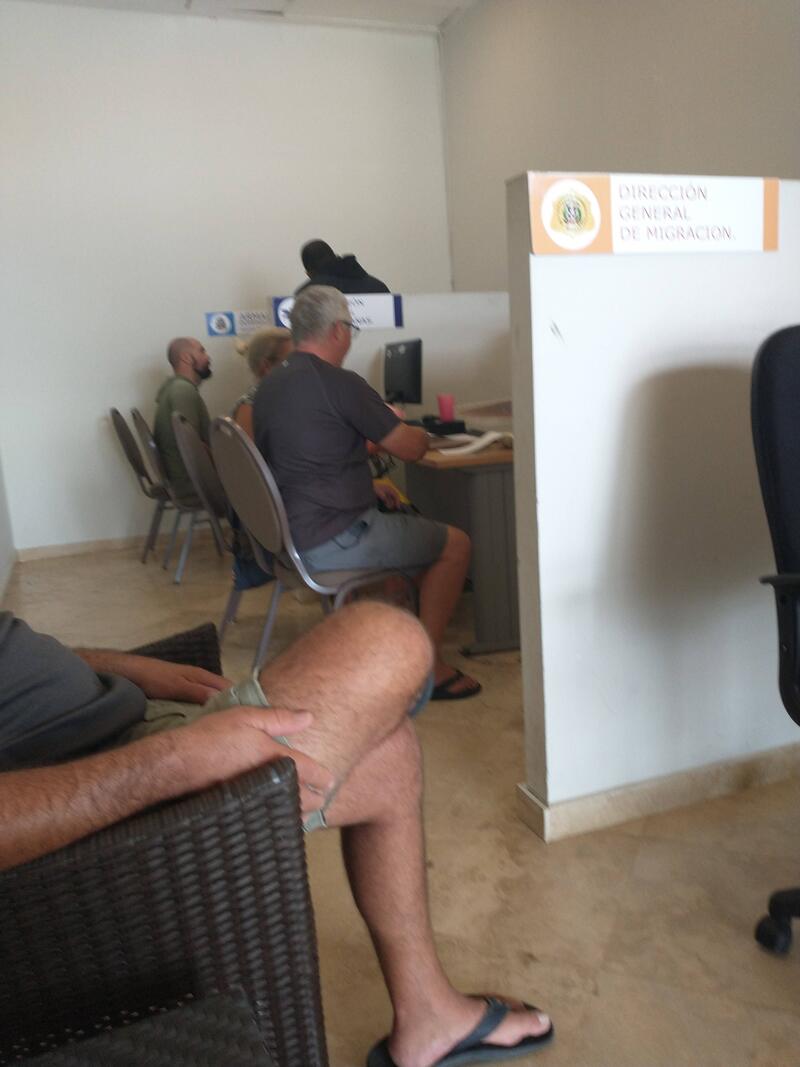
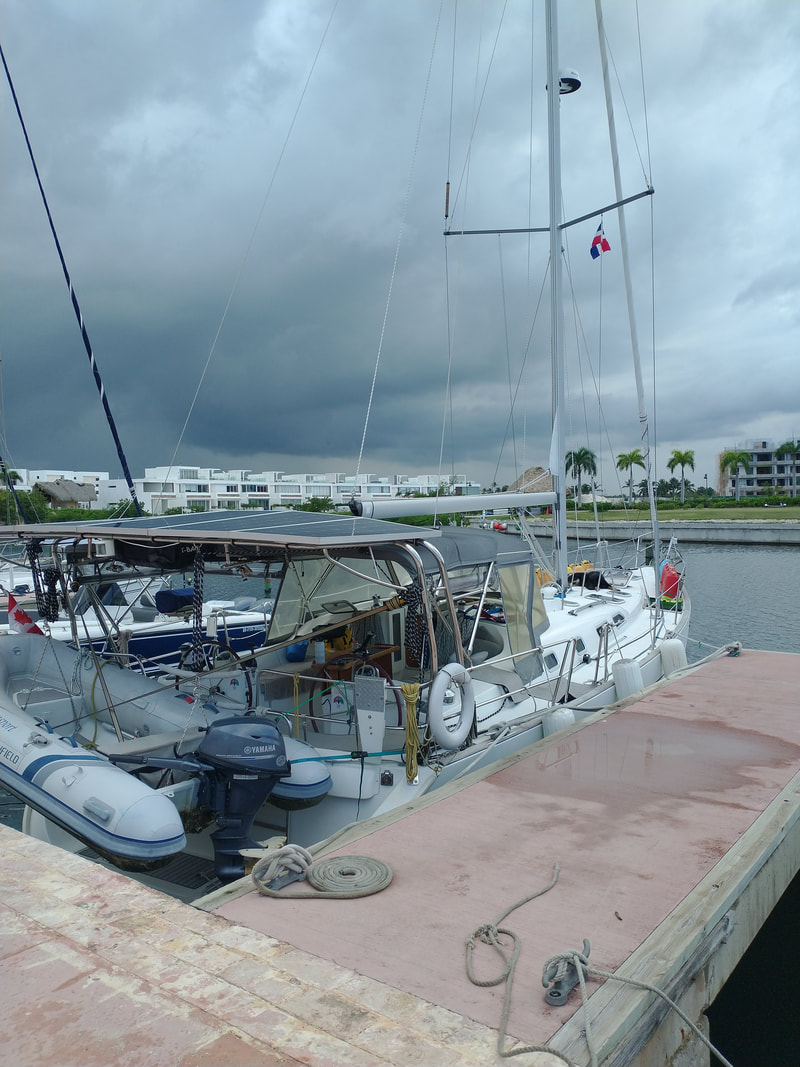
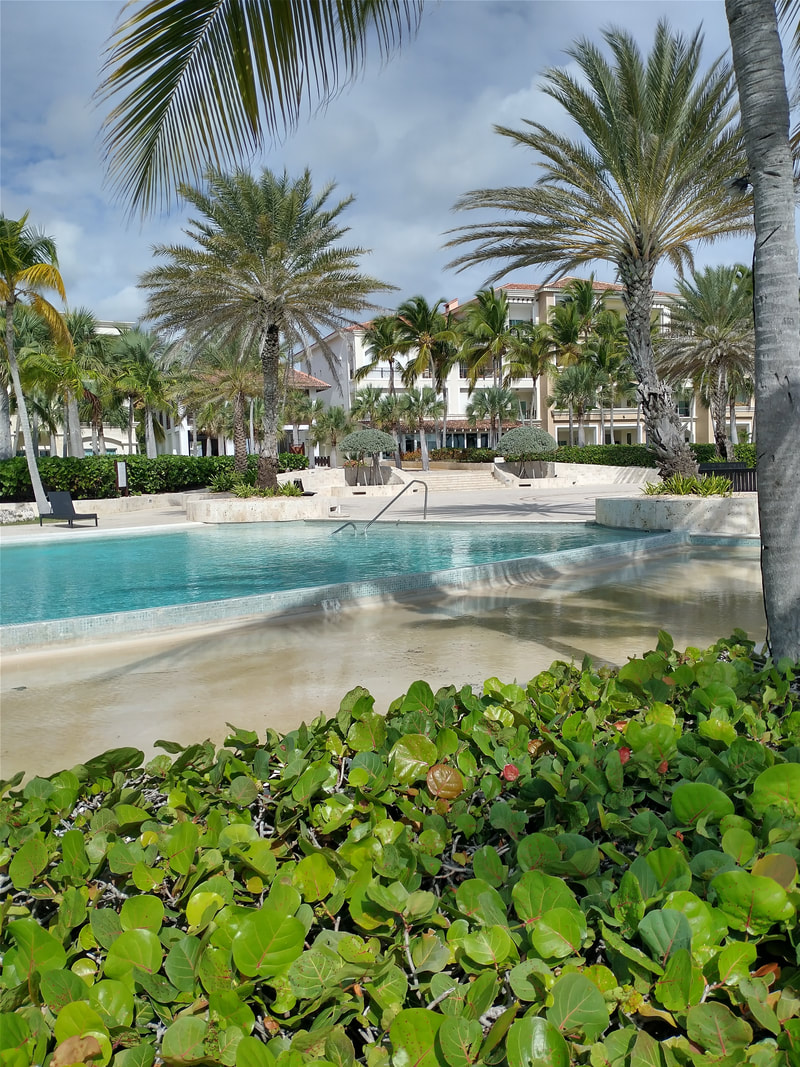
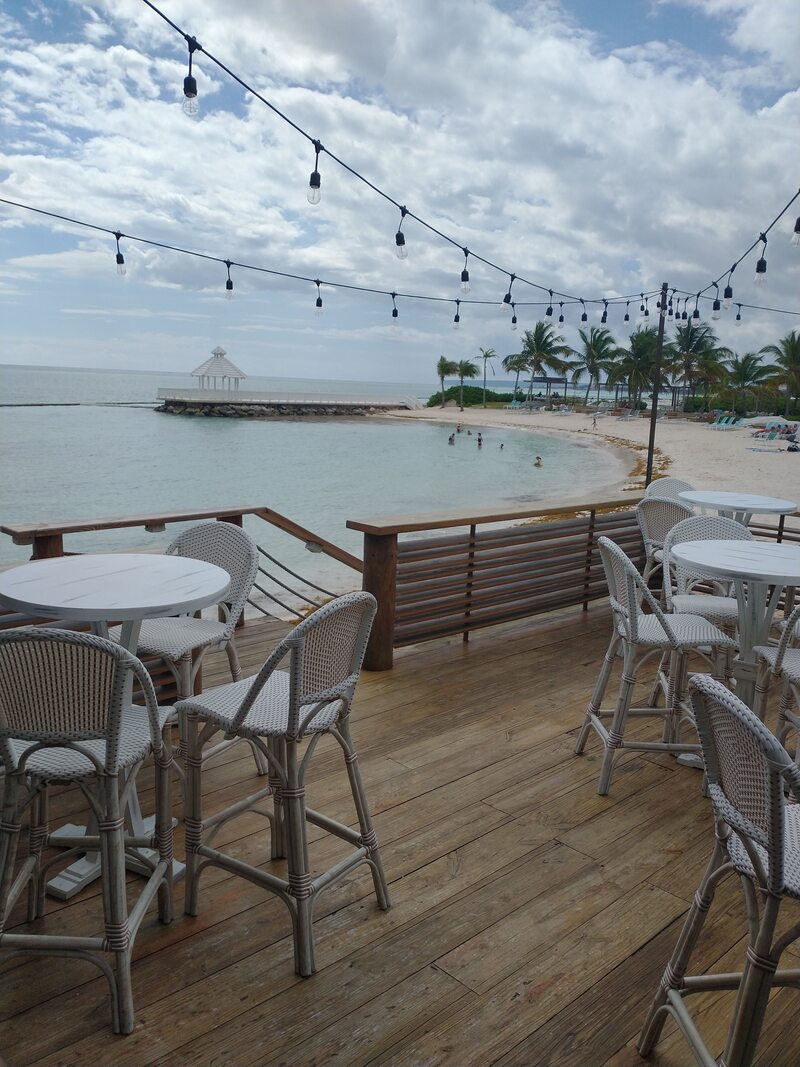
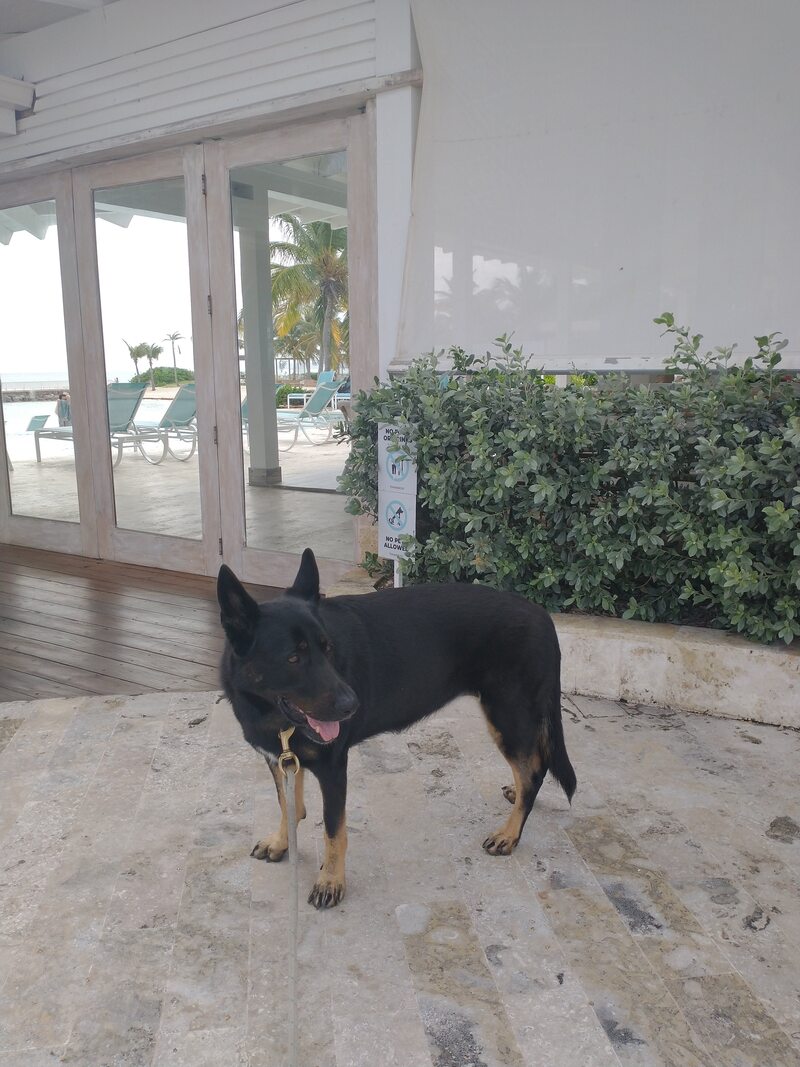
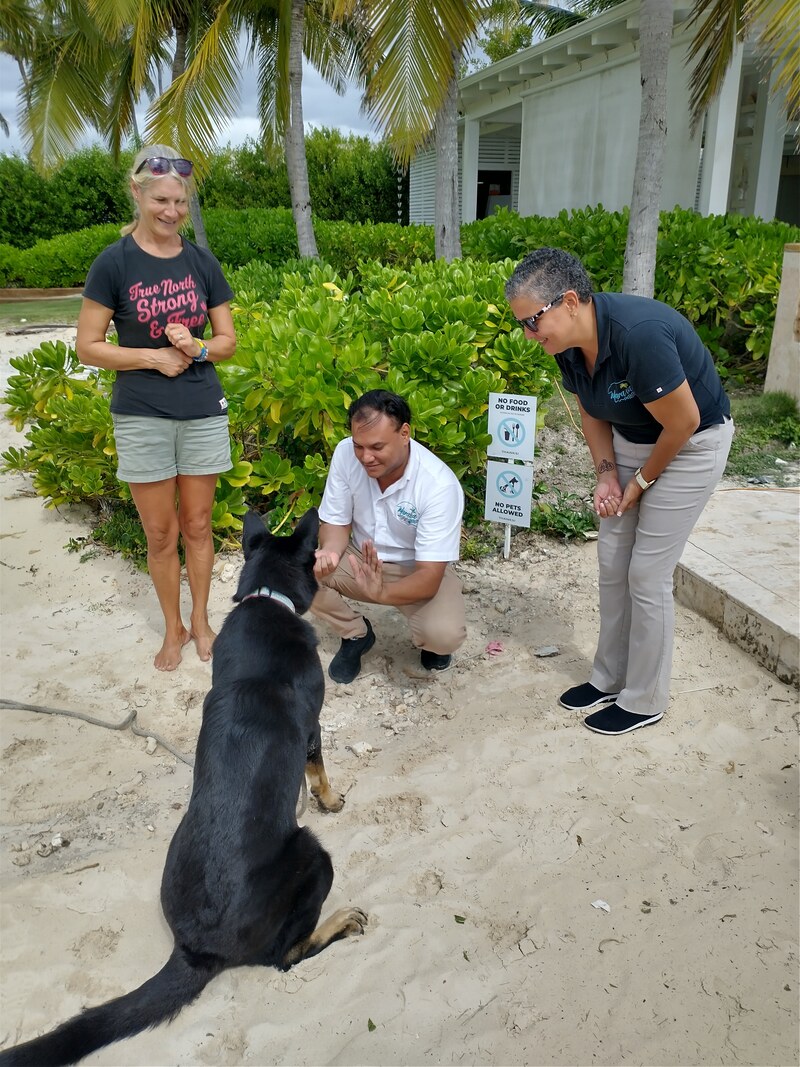
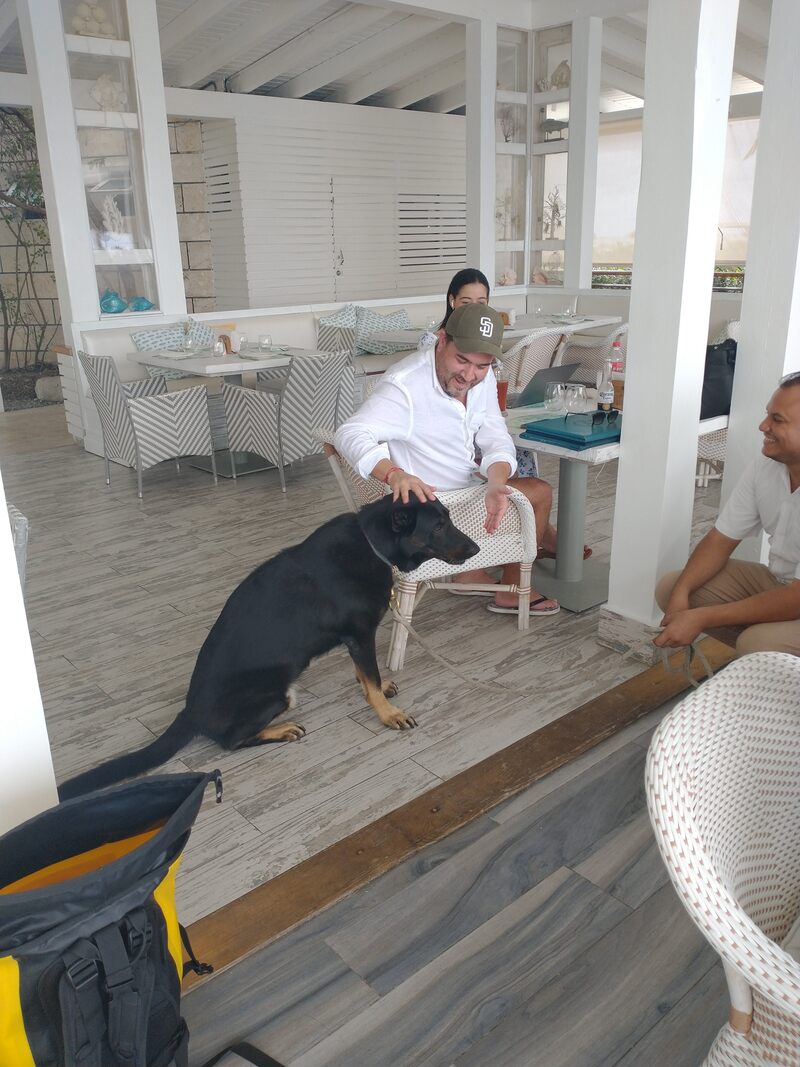
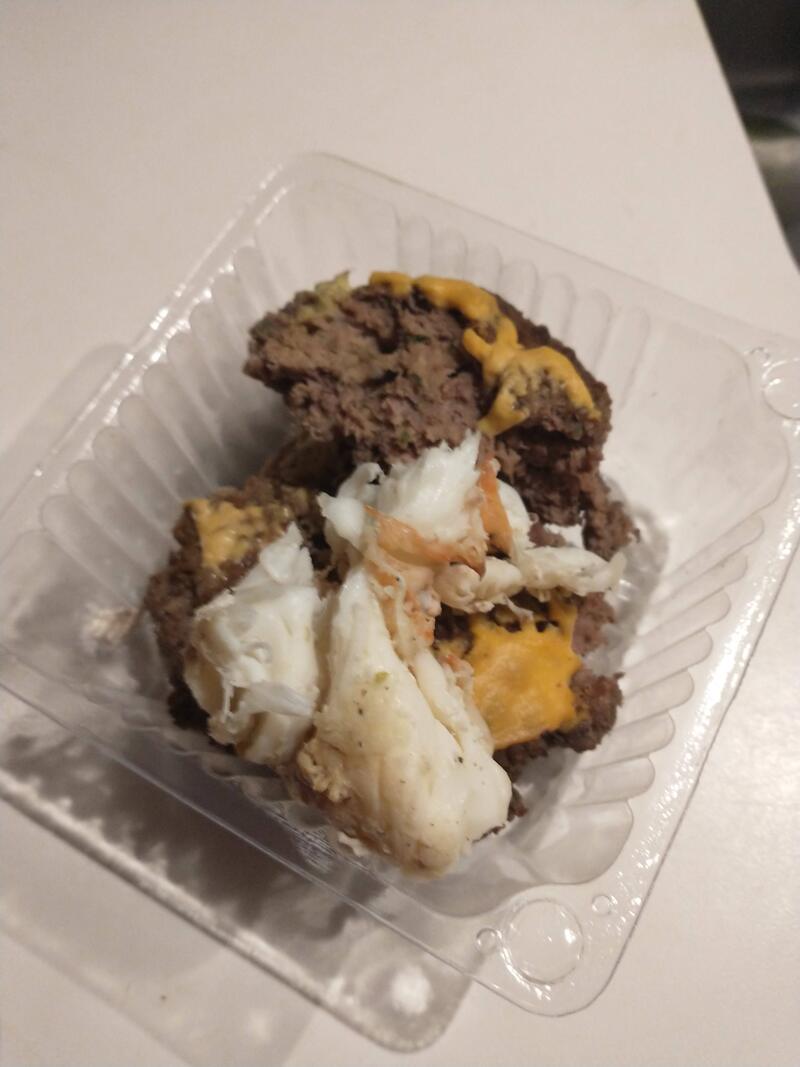
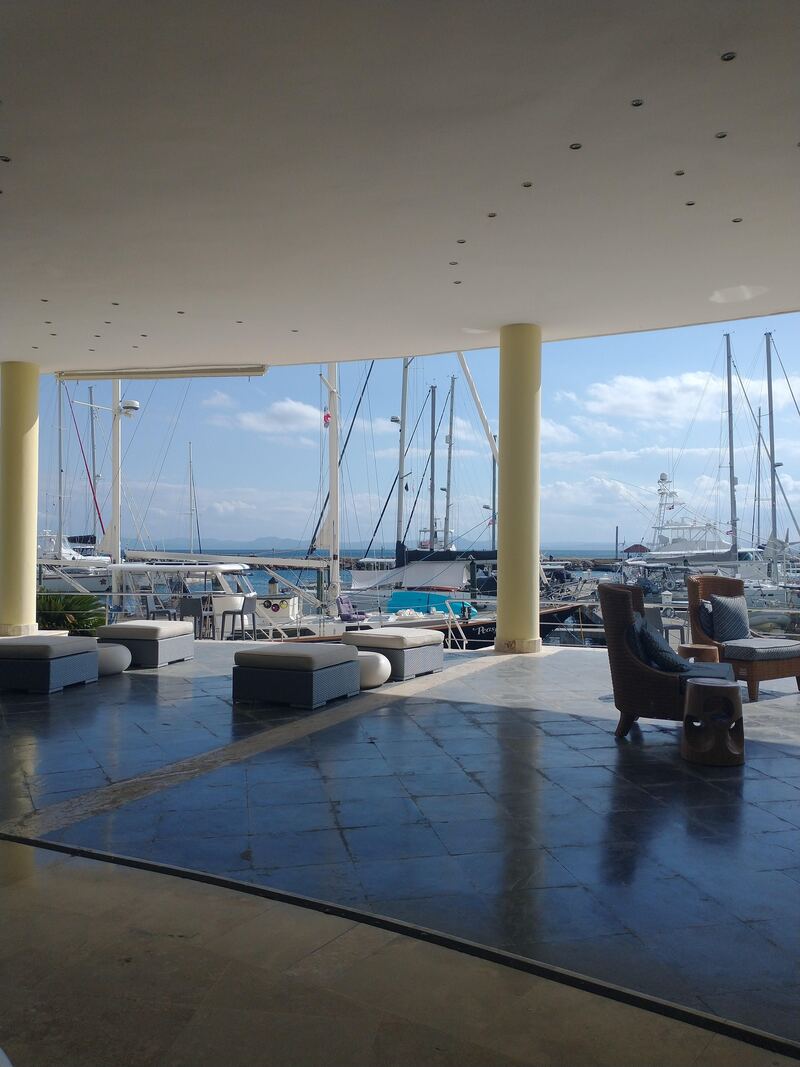
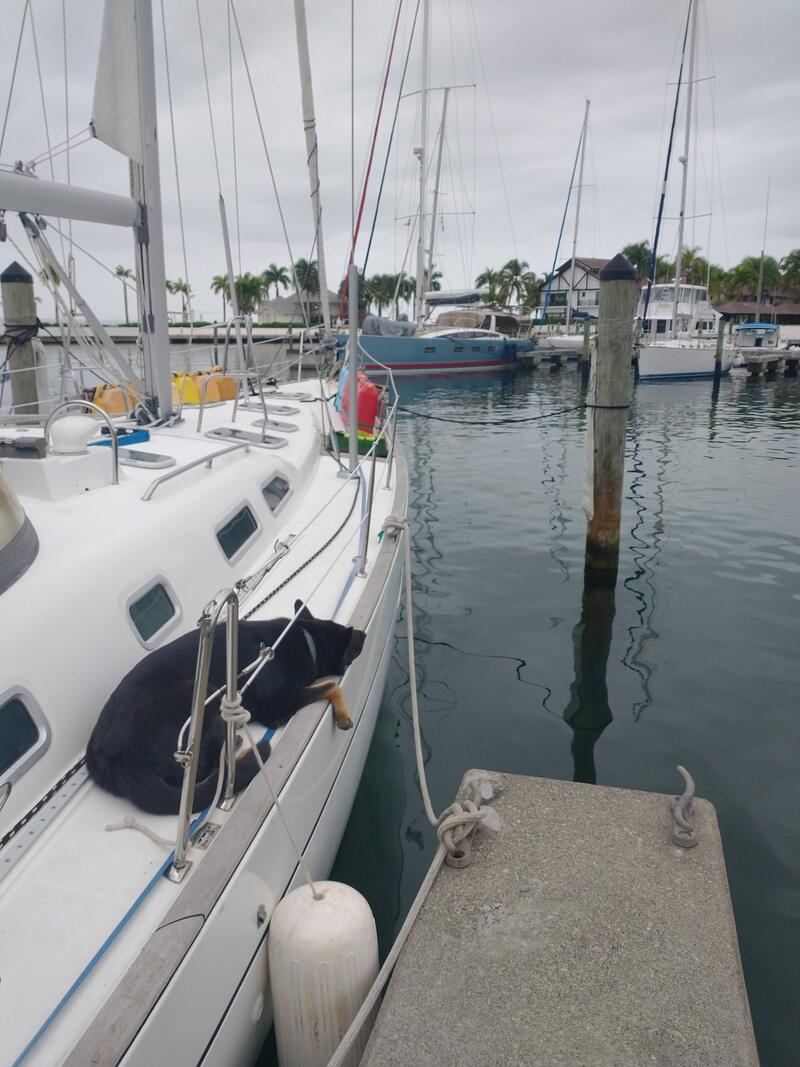
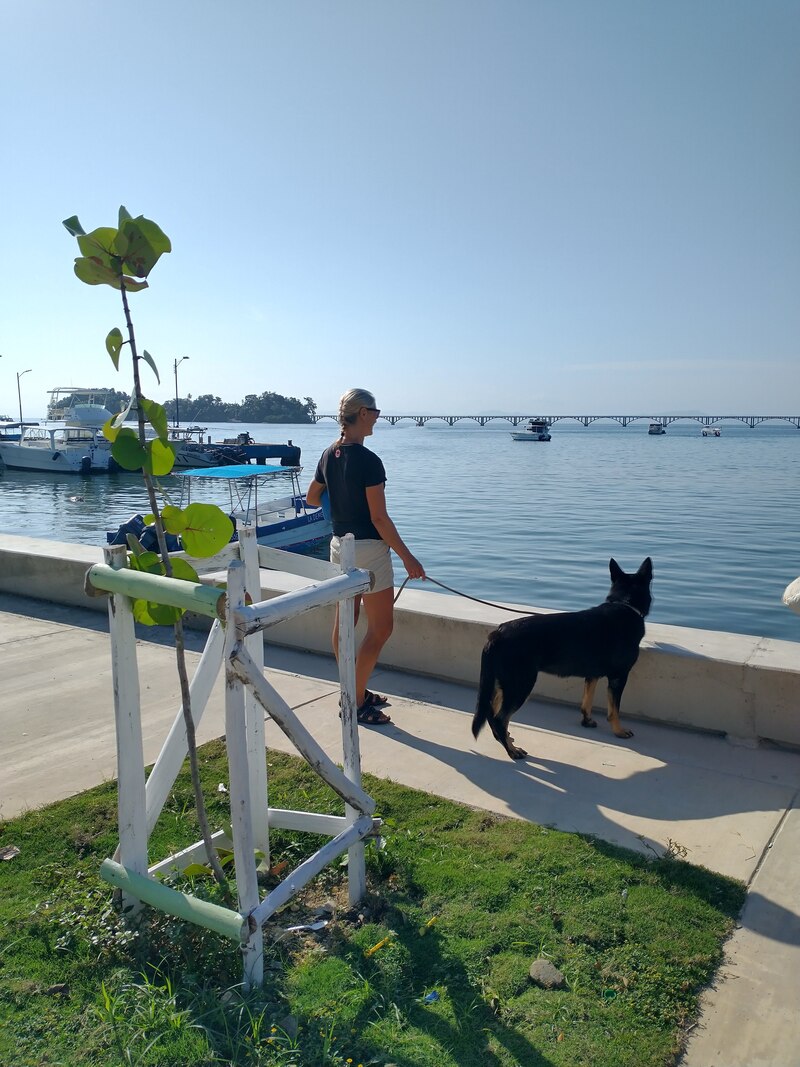
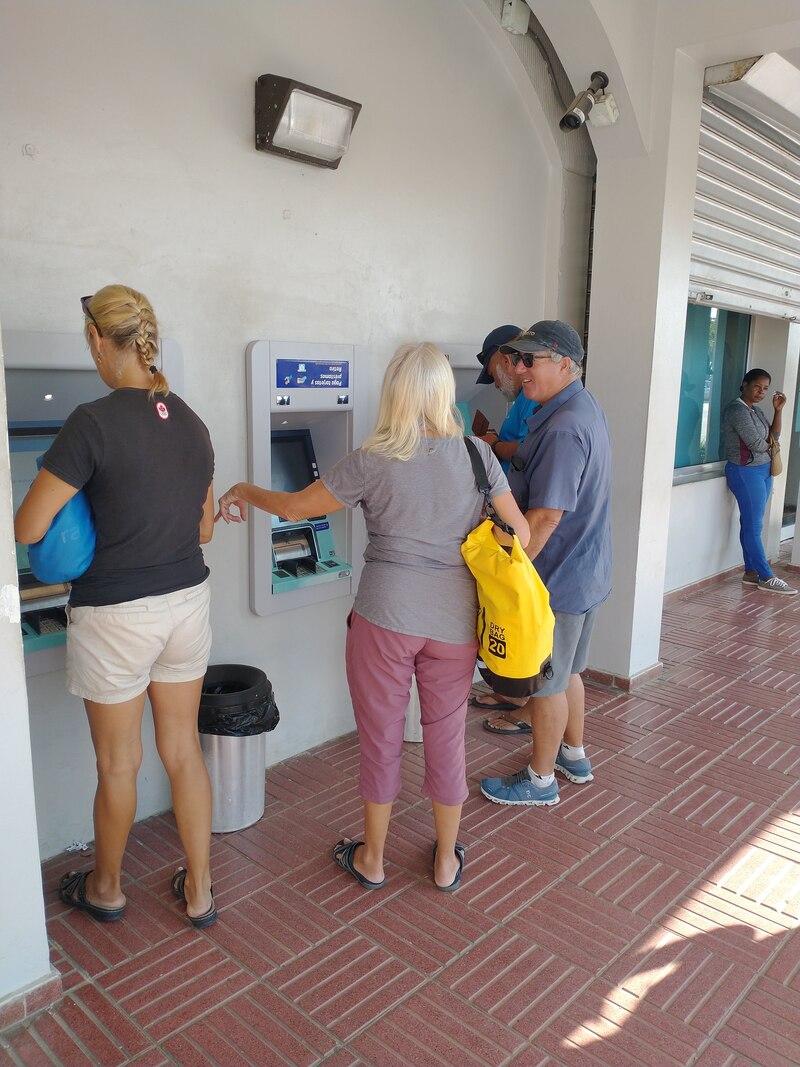
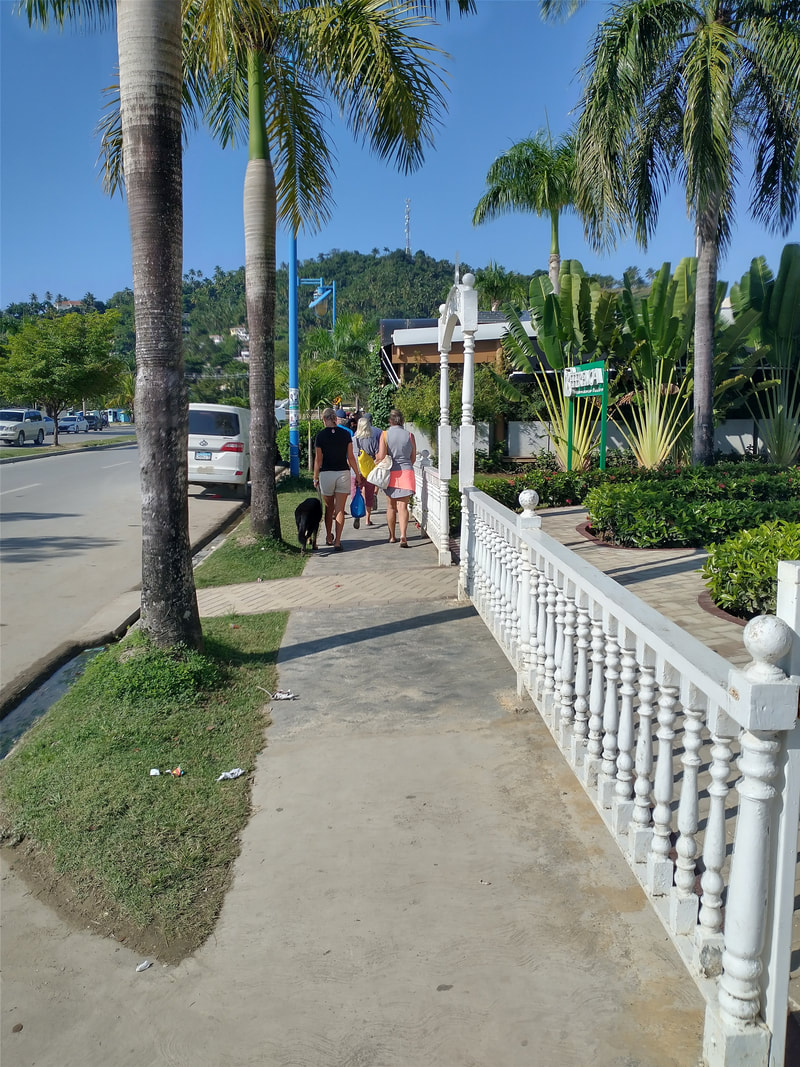
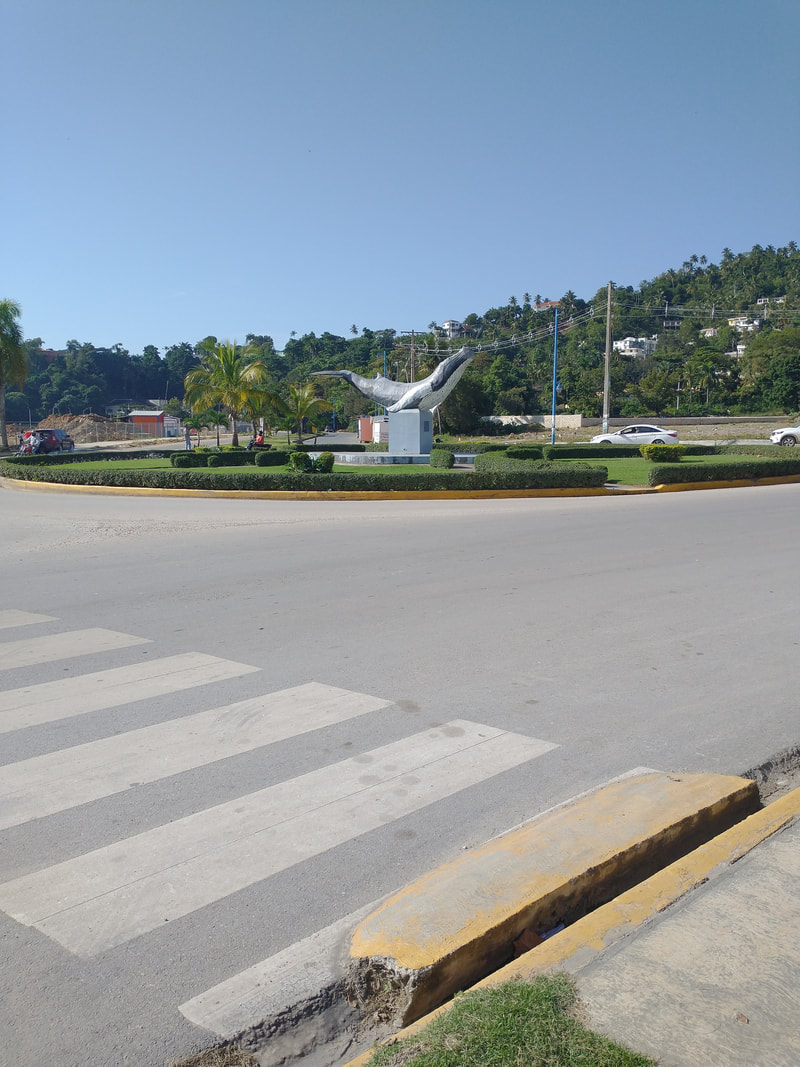

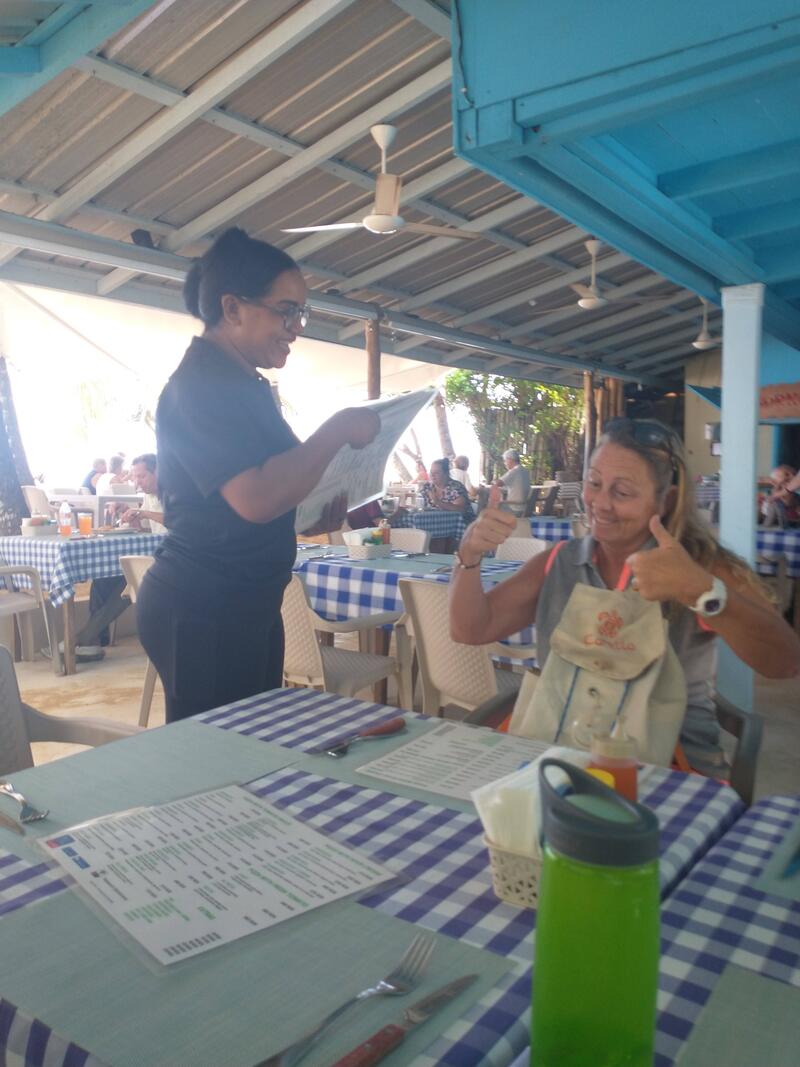
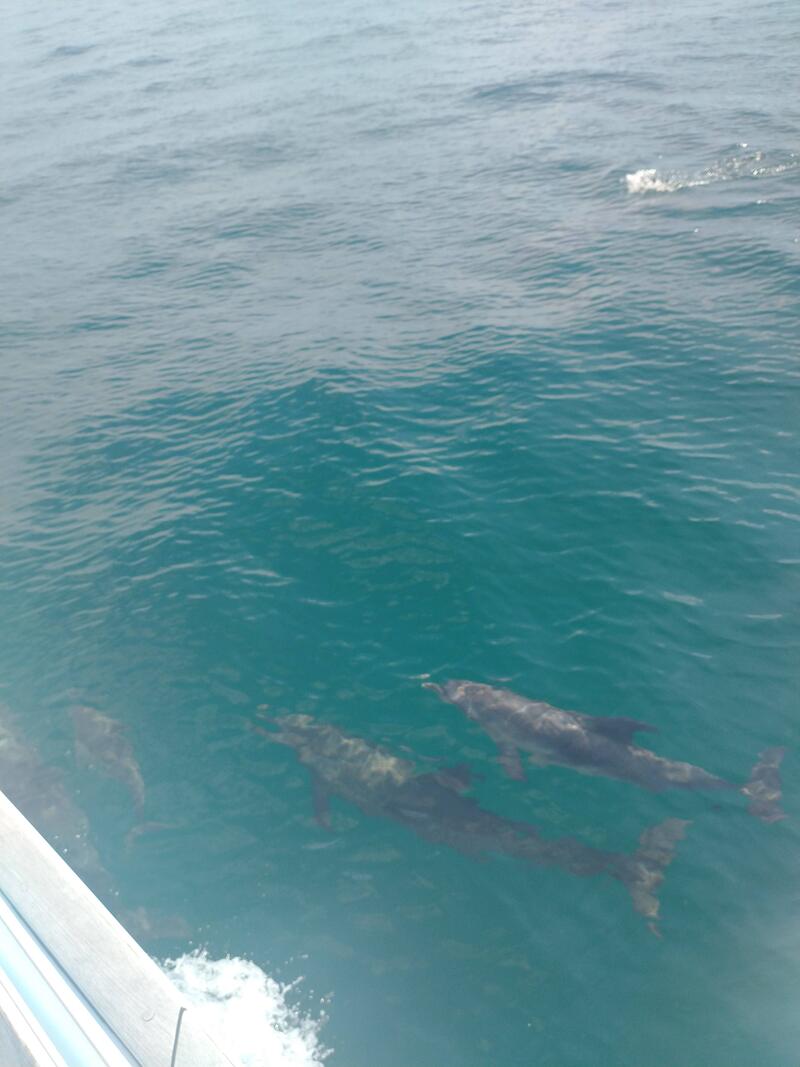
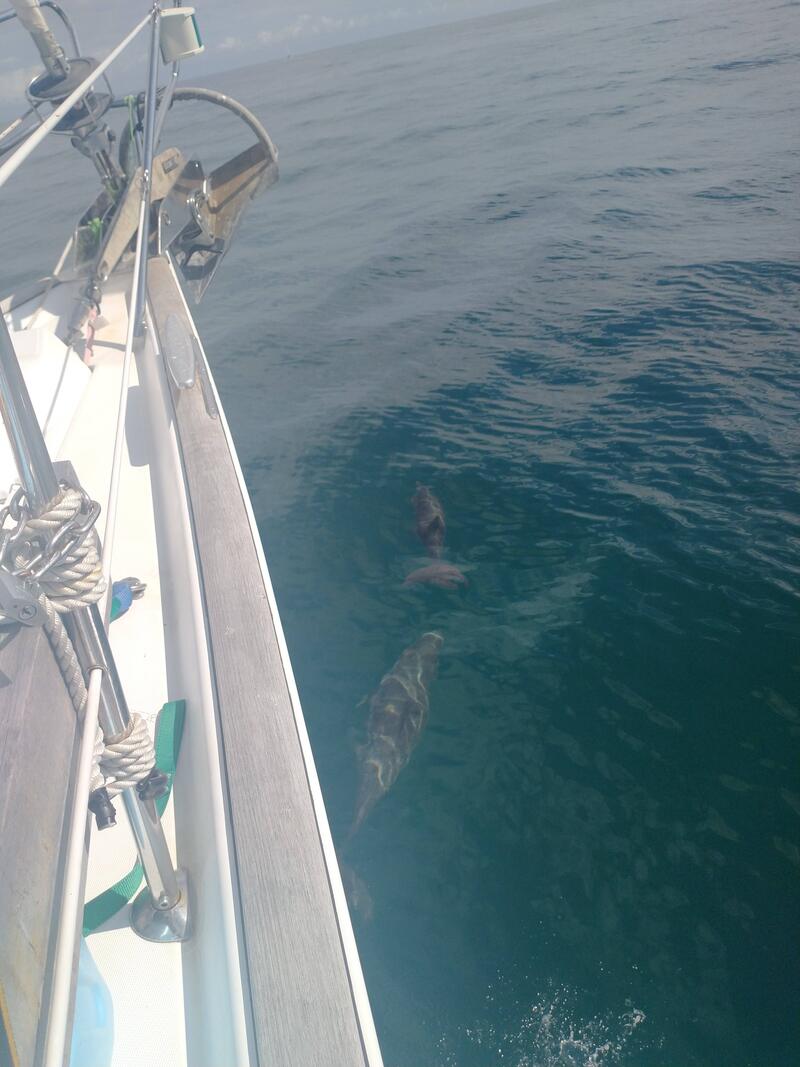
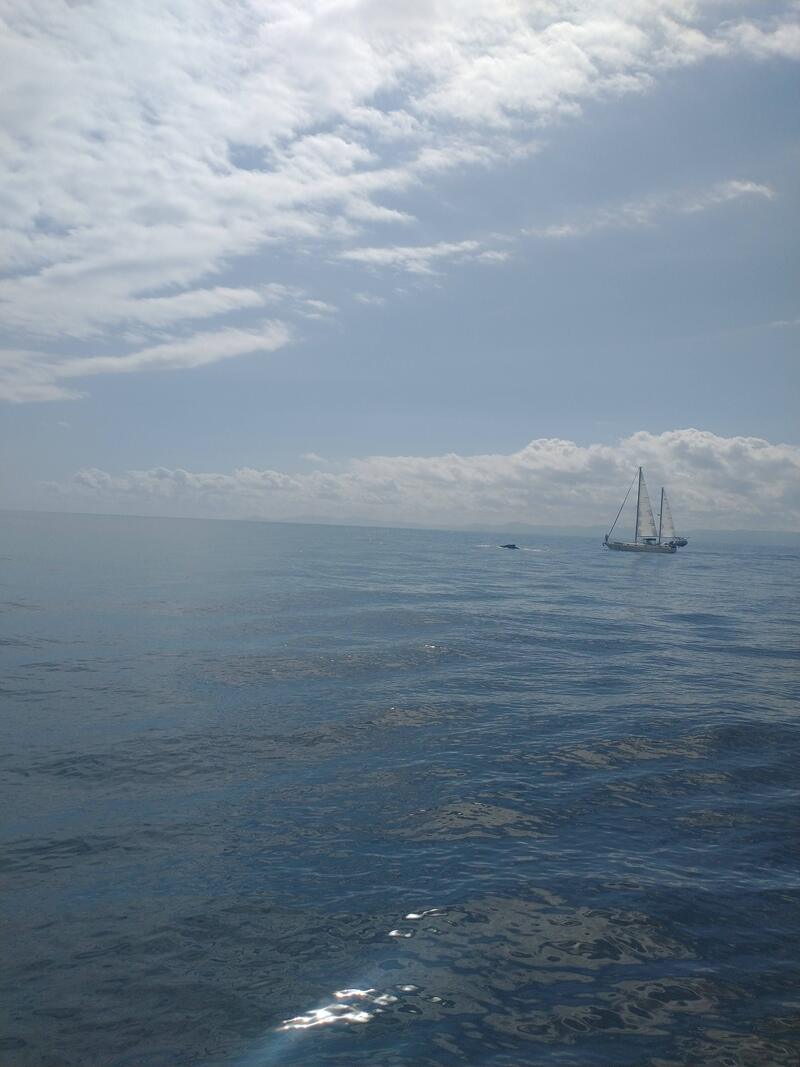
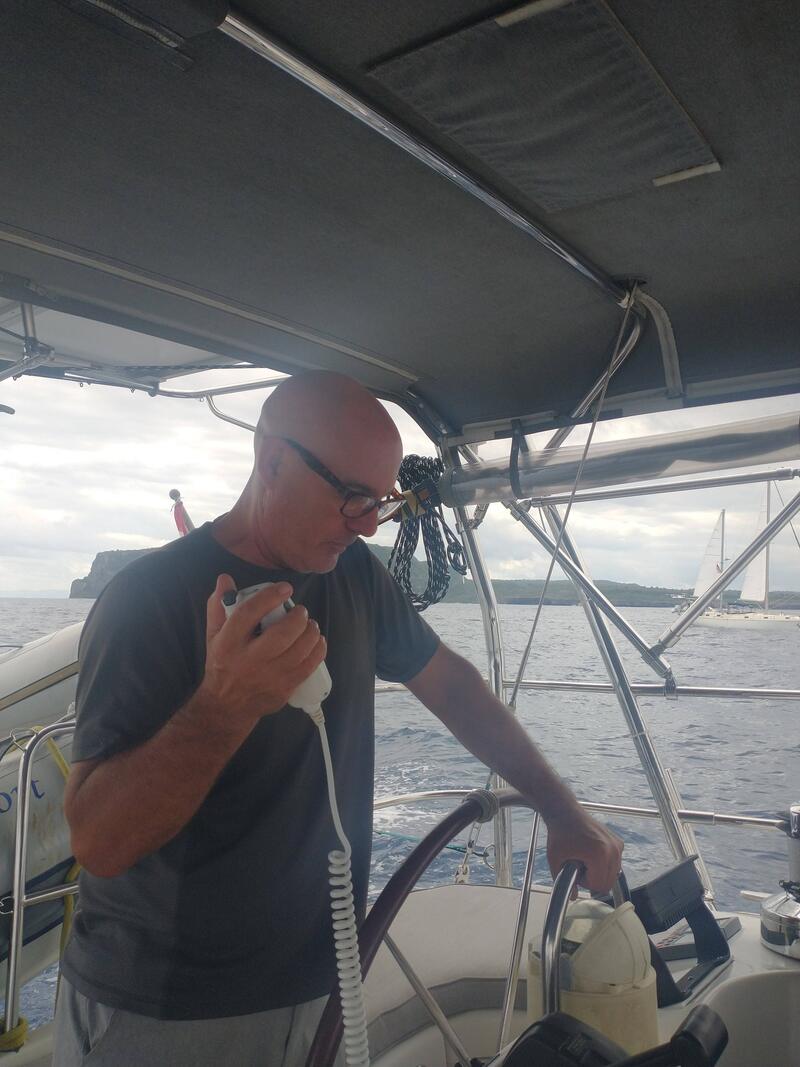
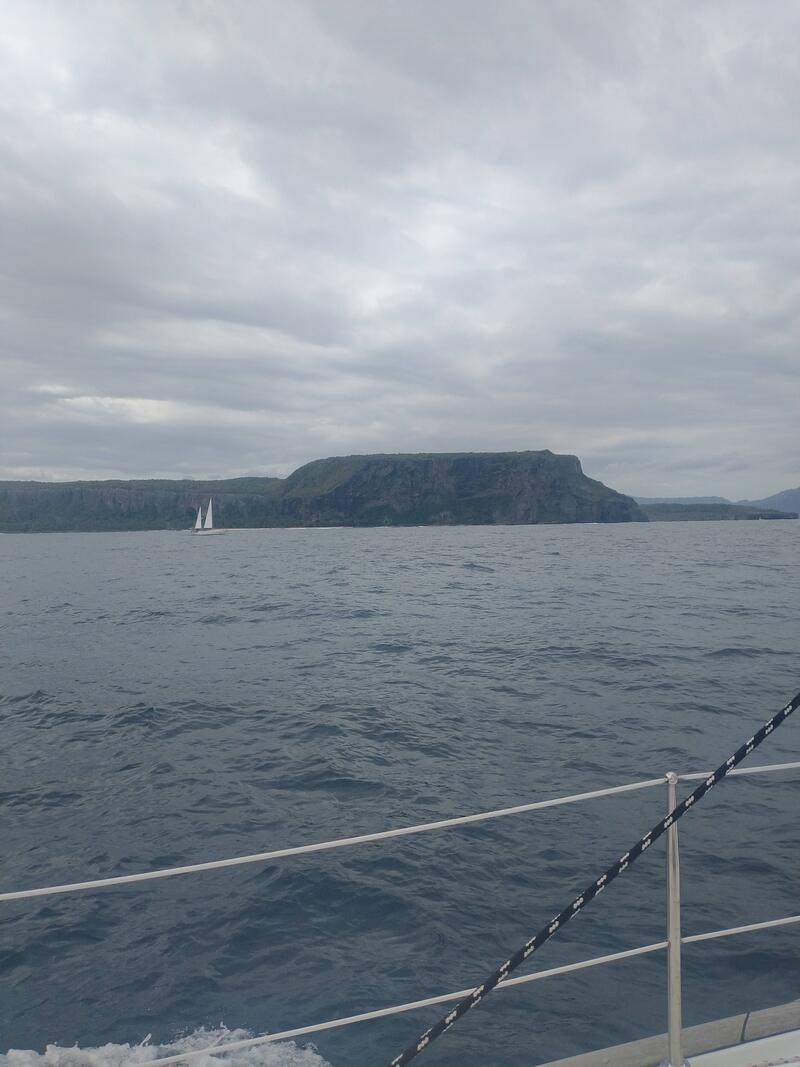
 RSS Feed
RSS Feed
